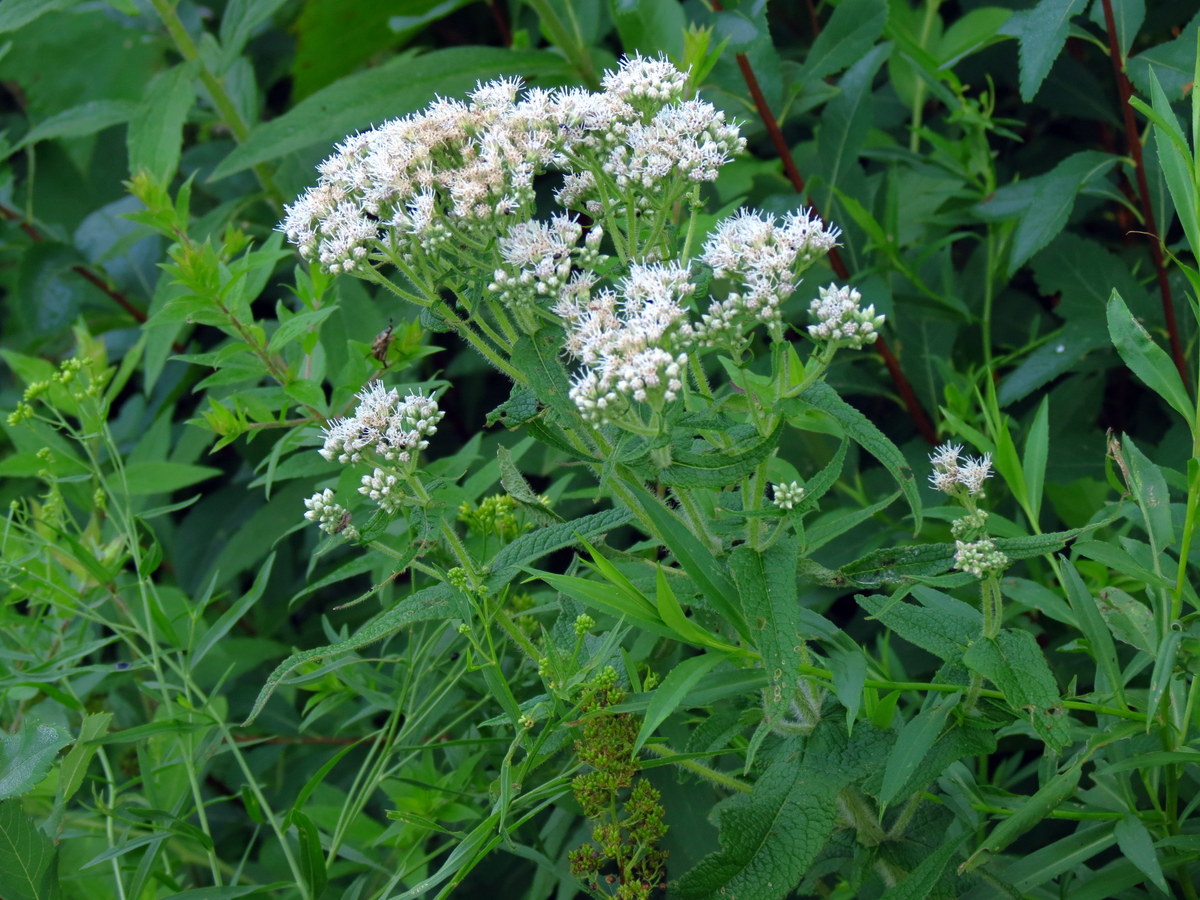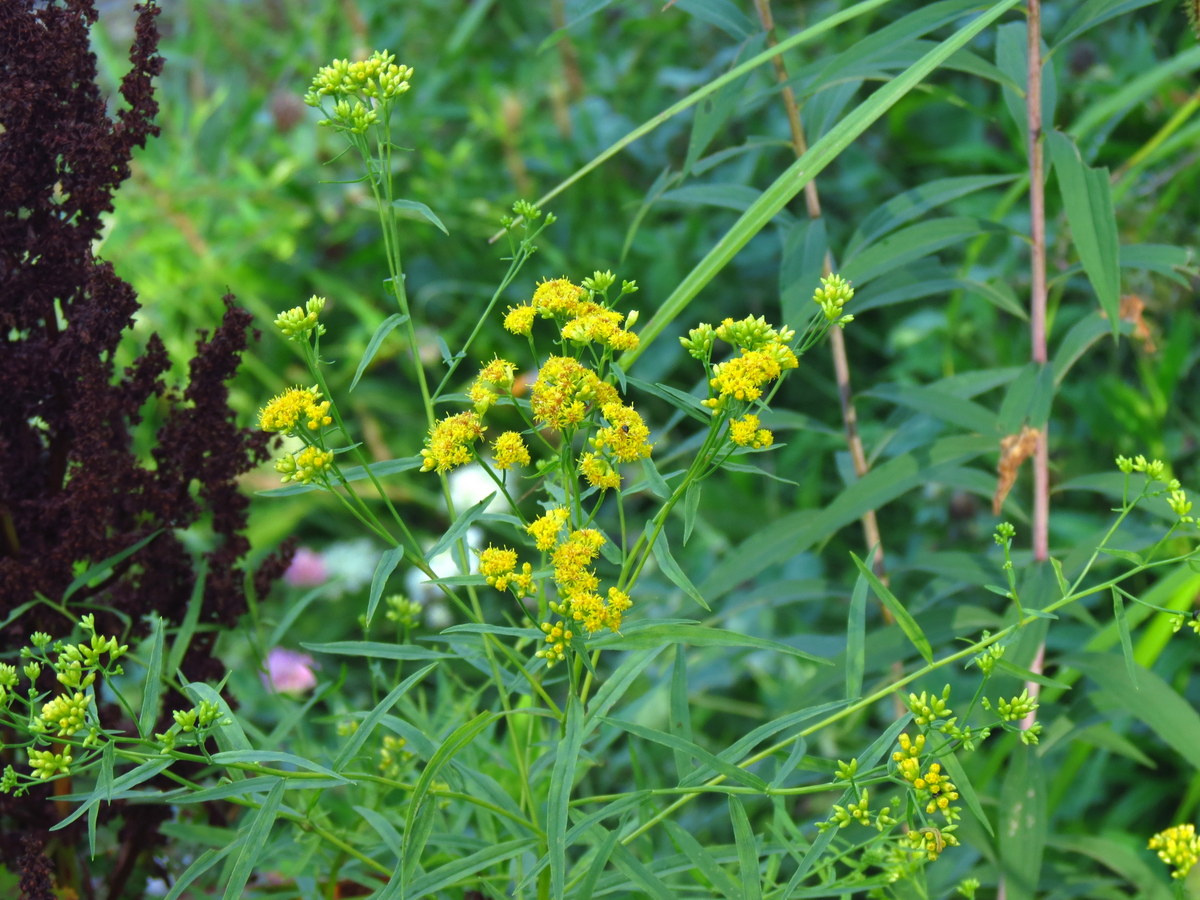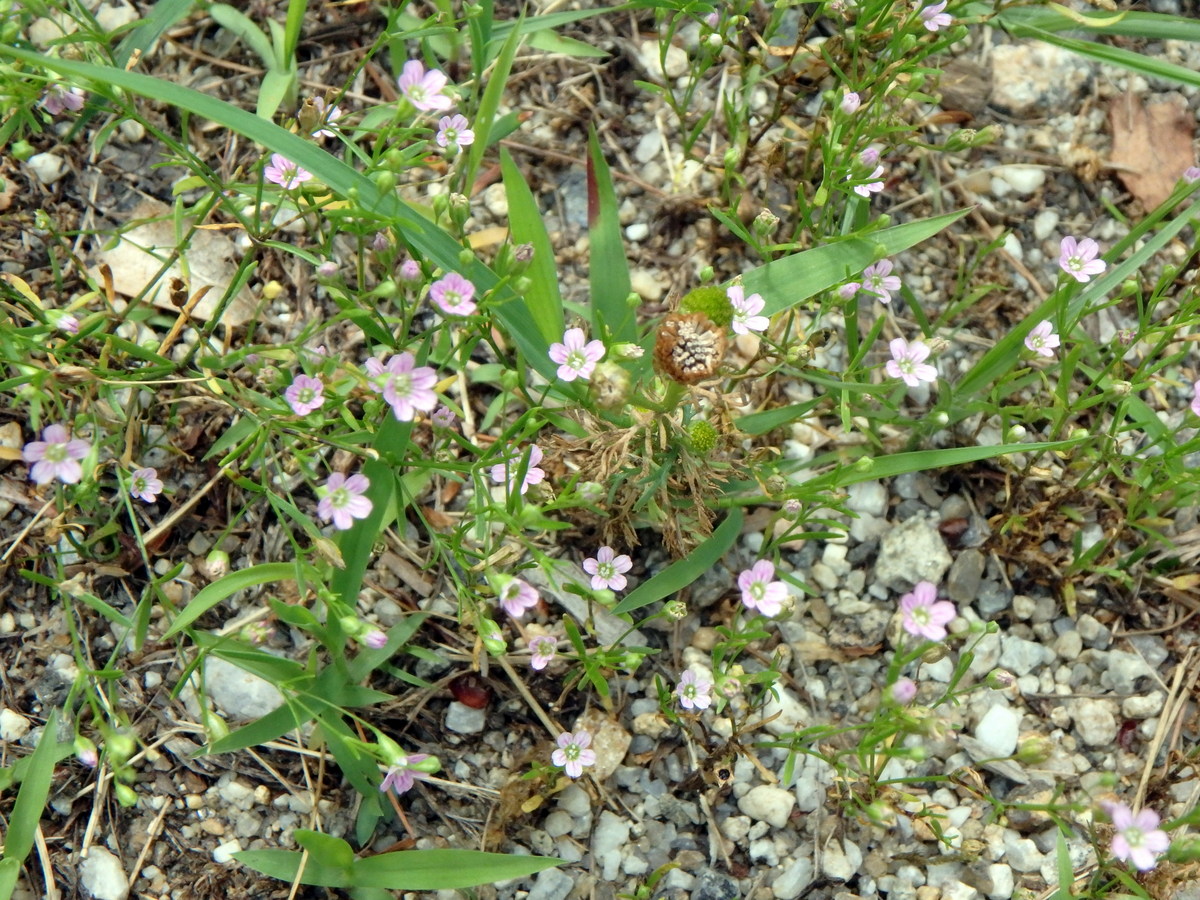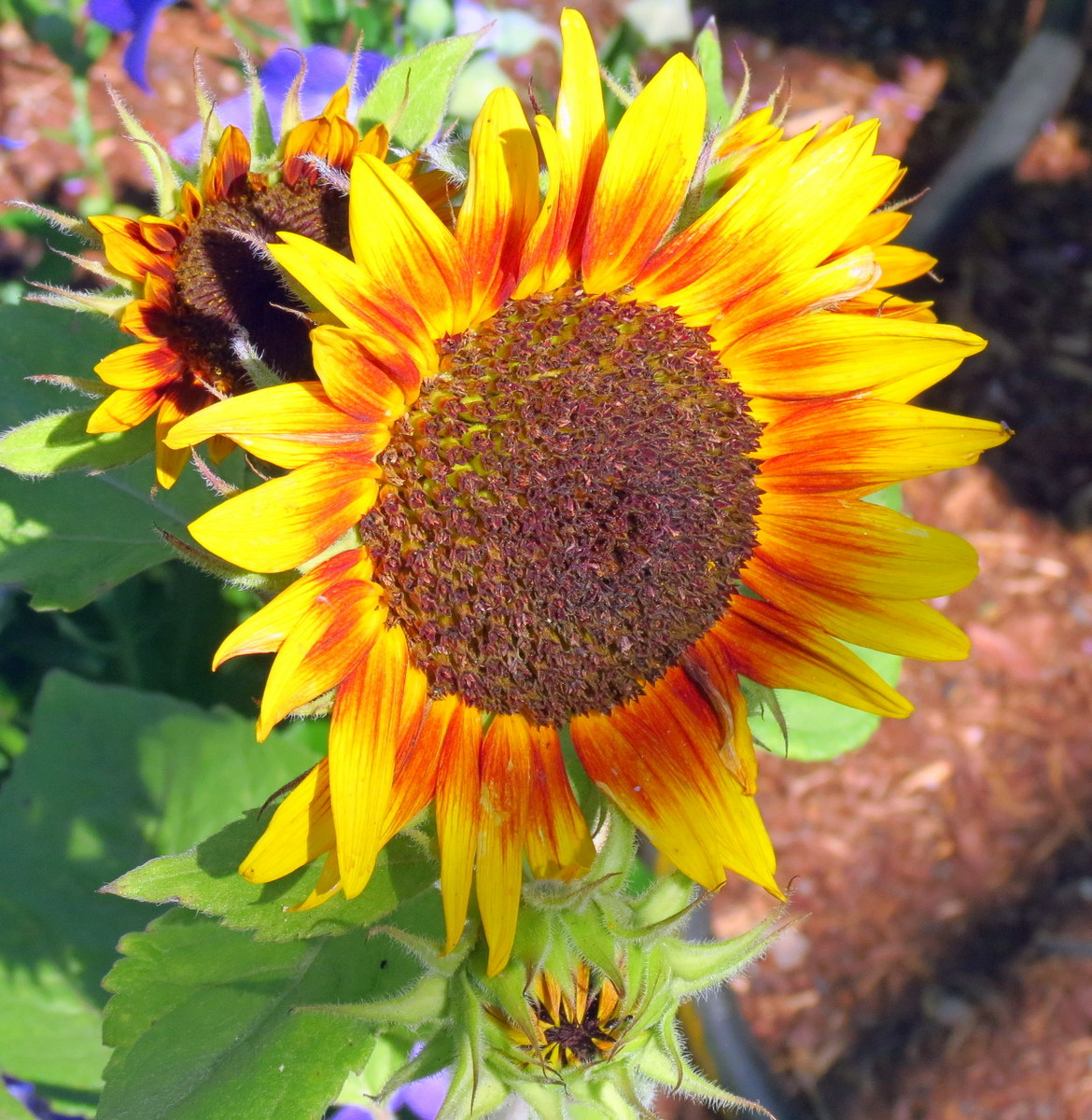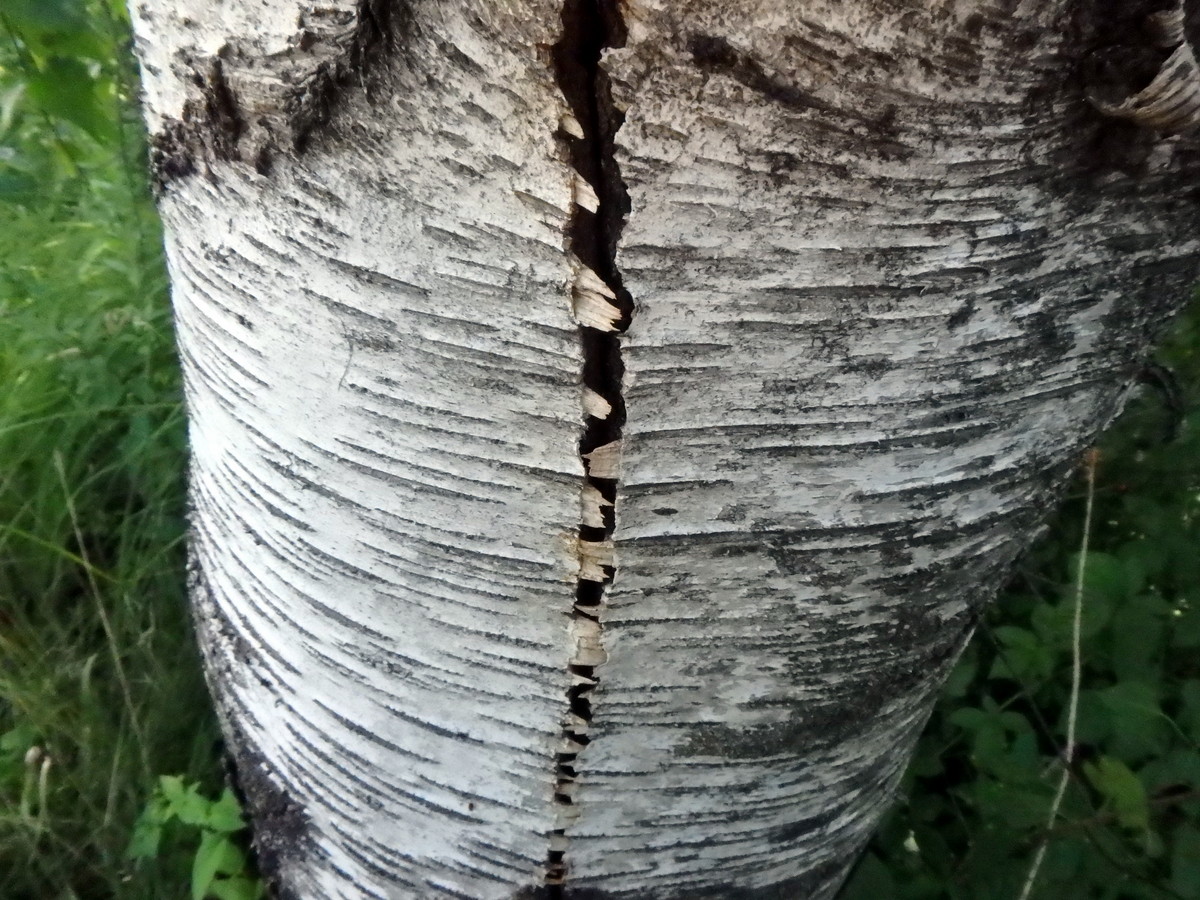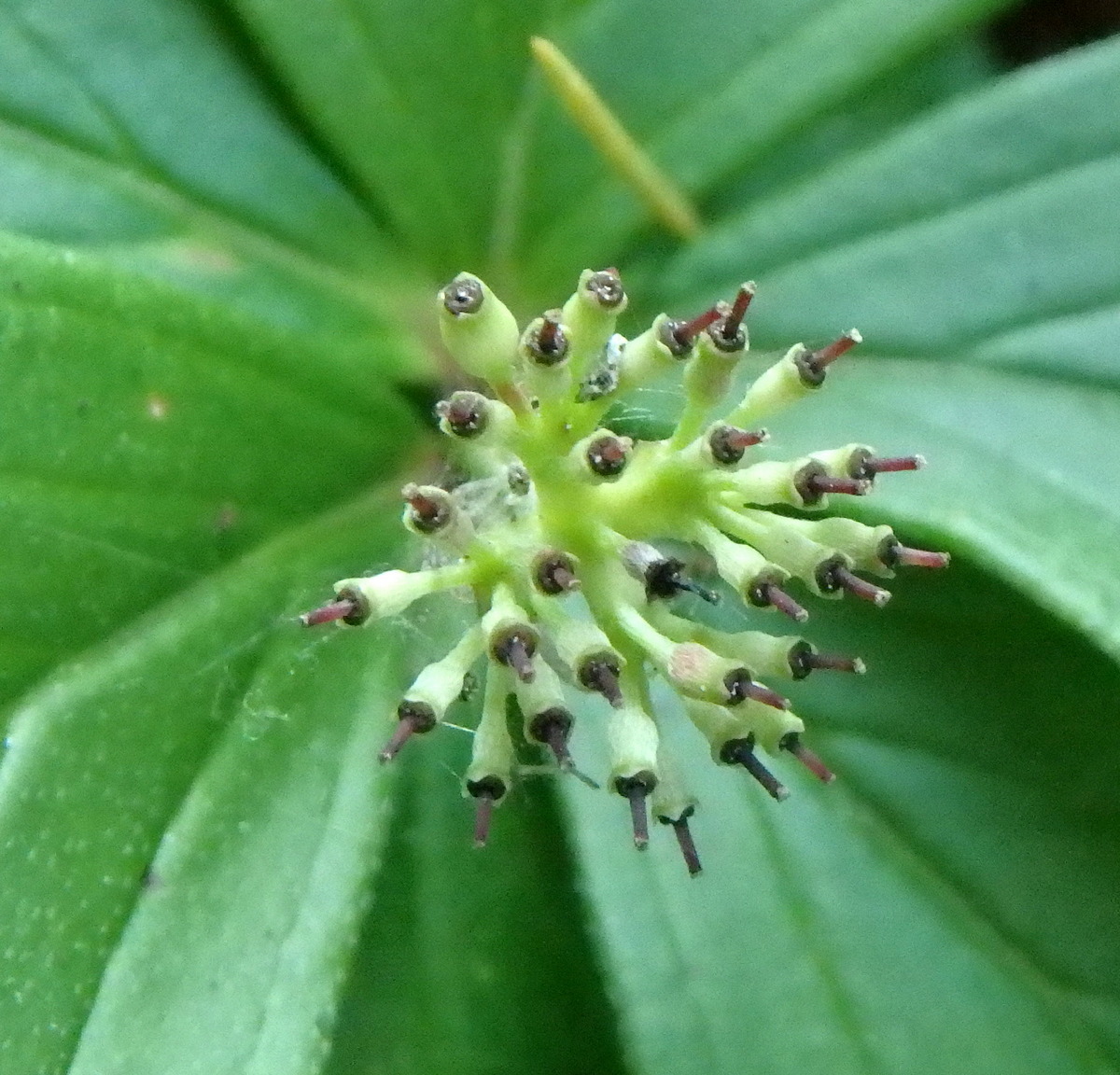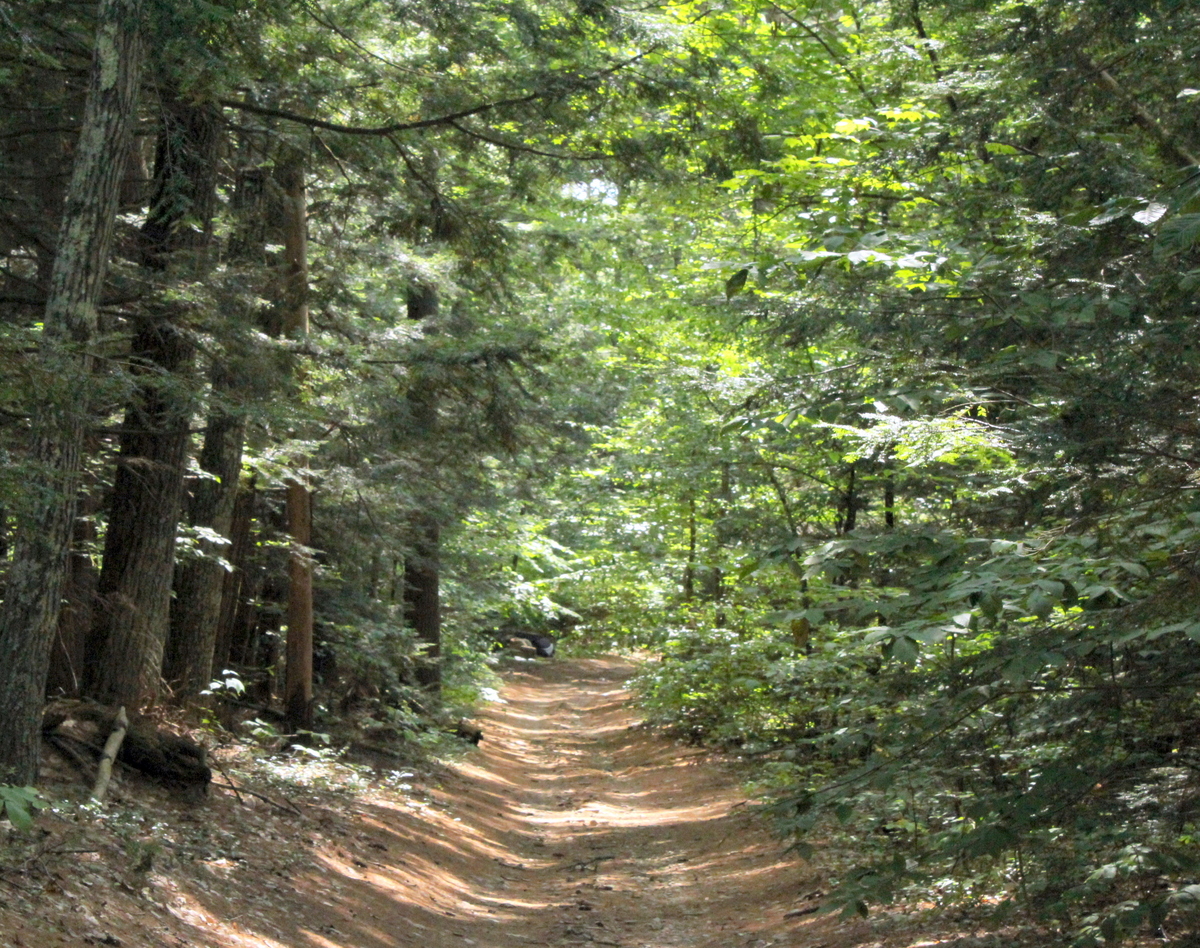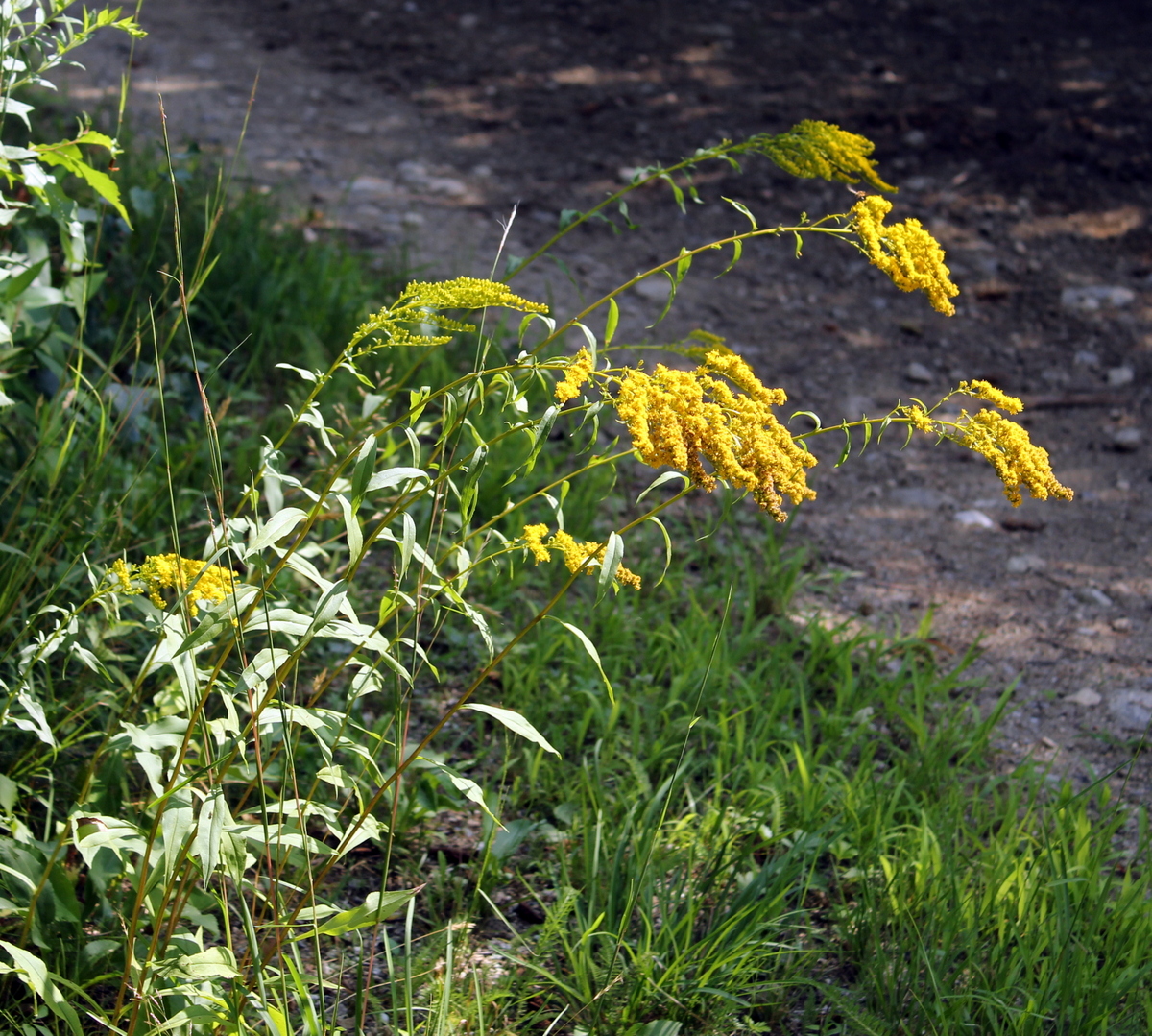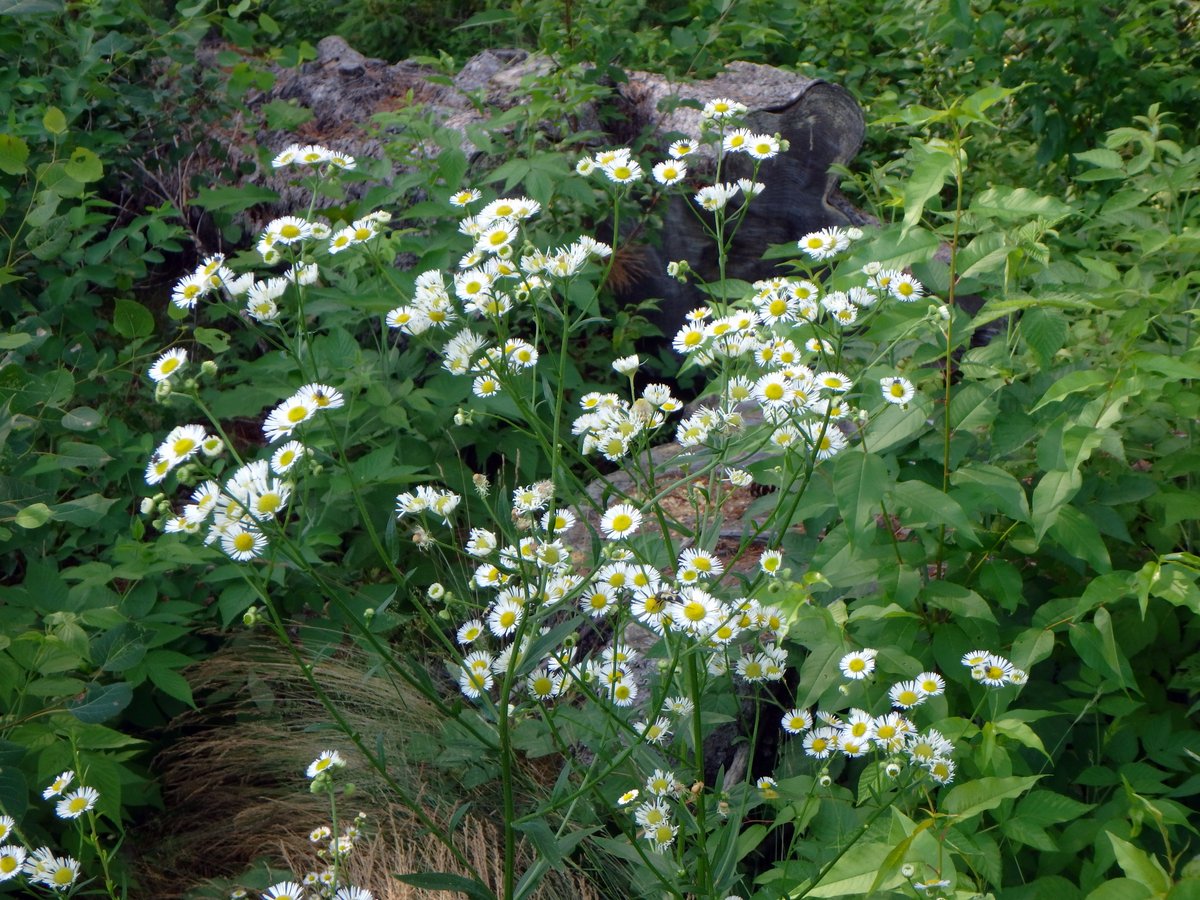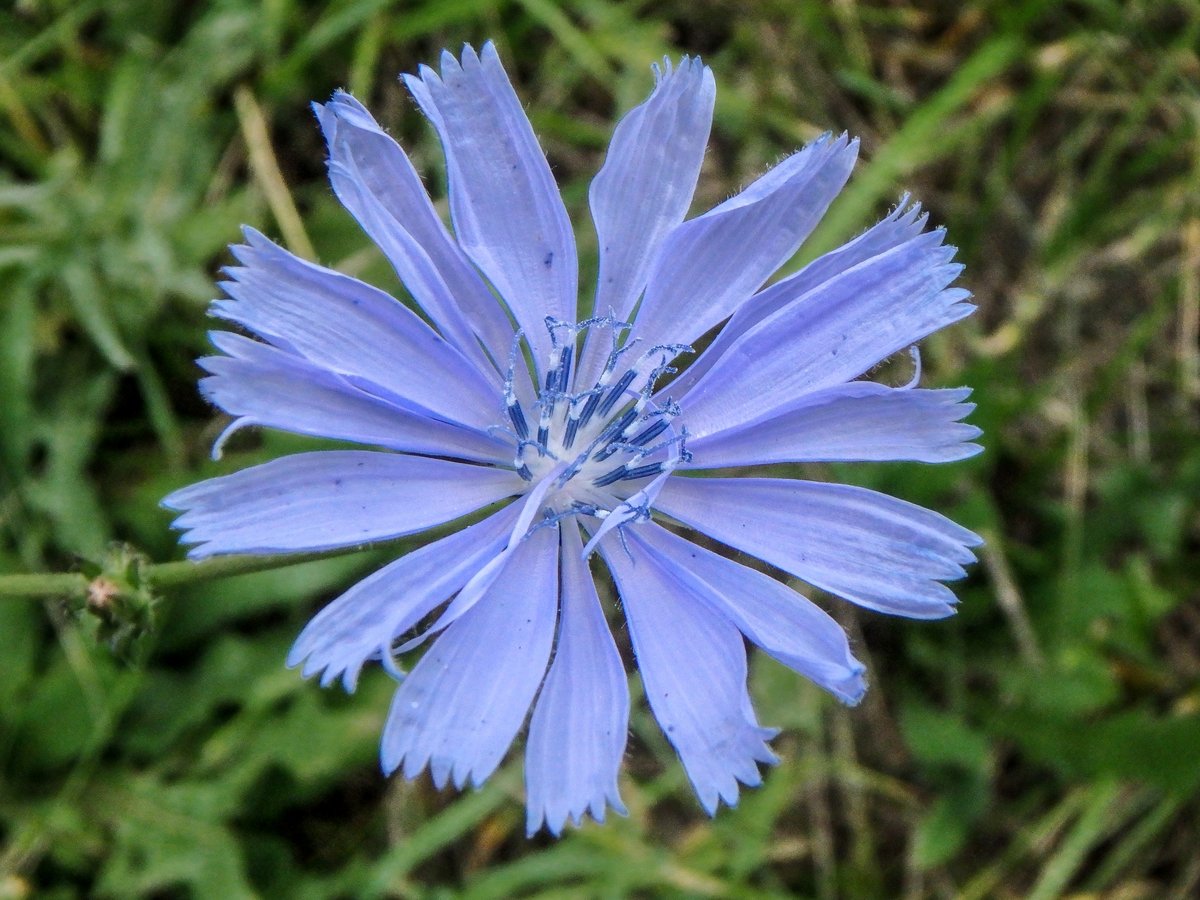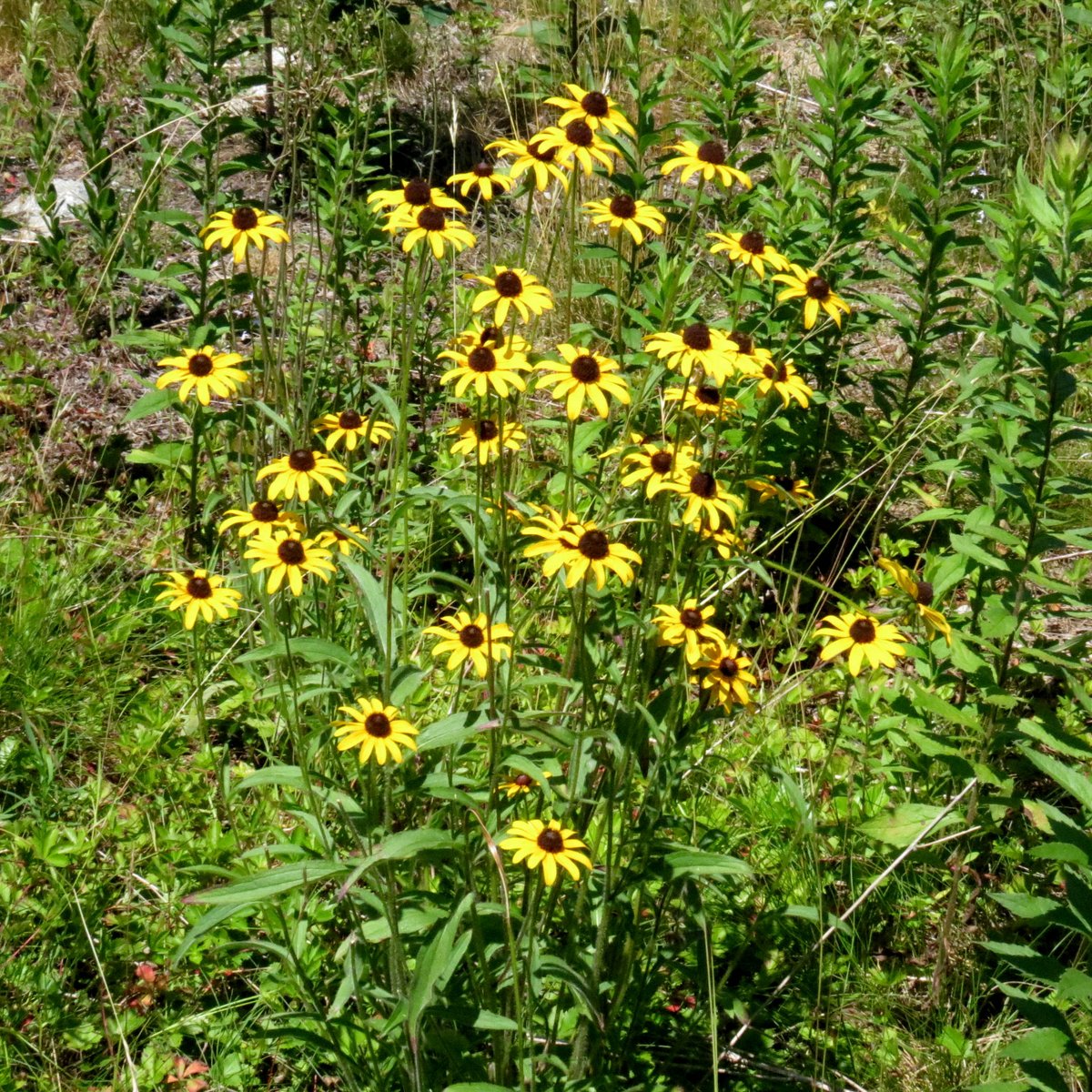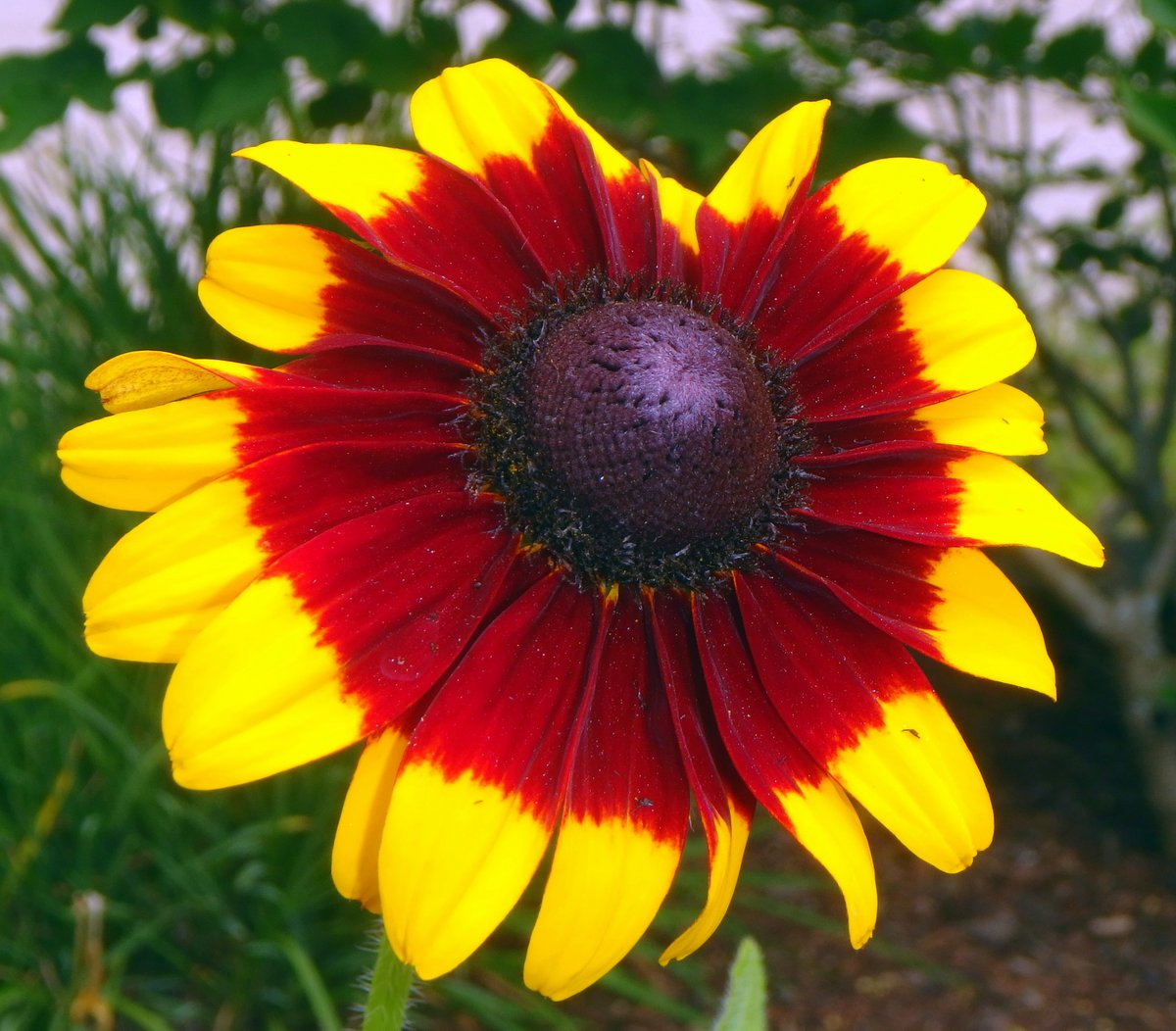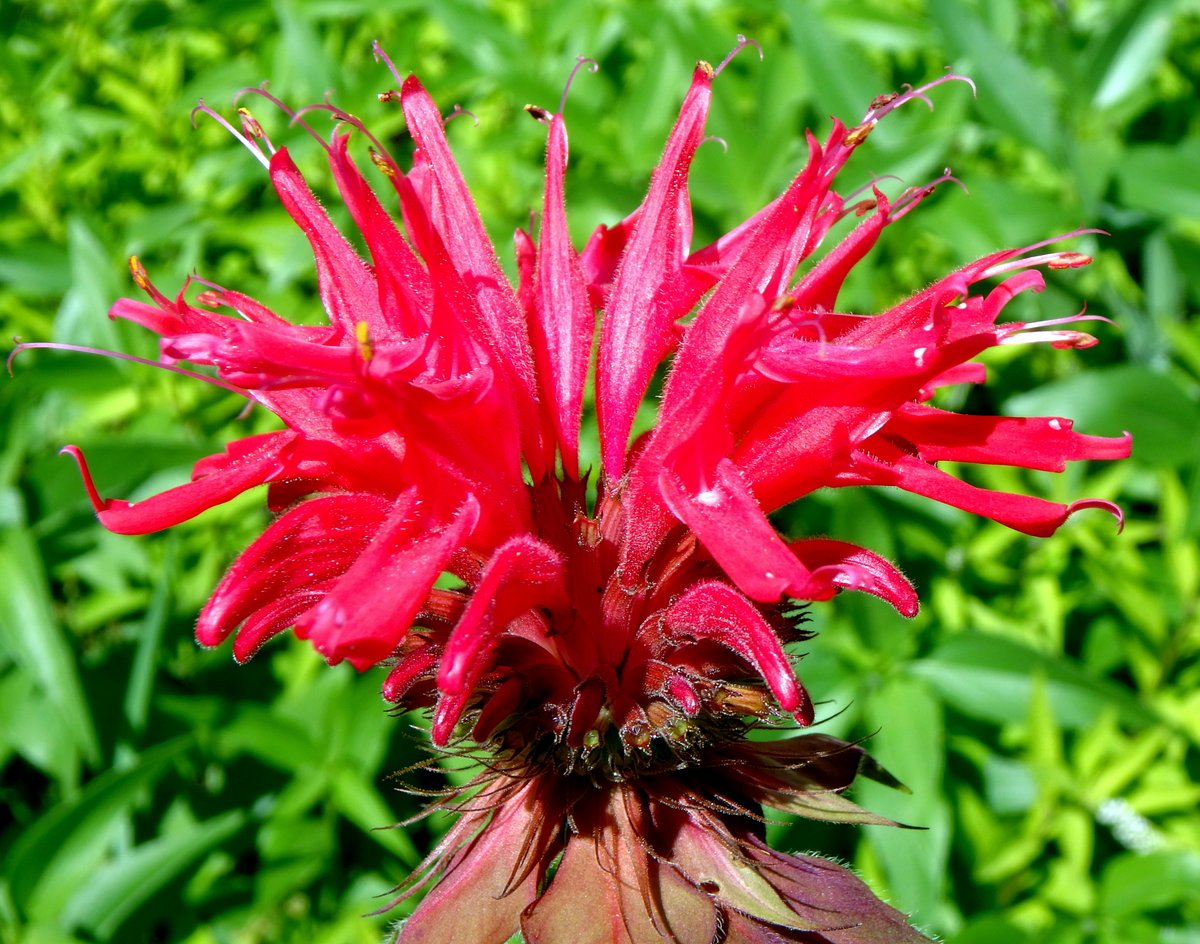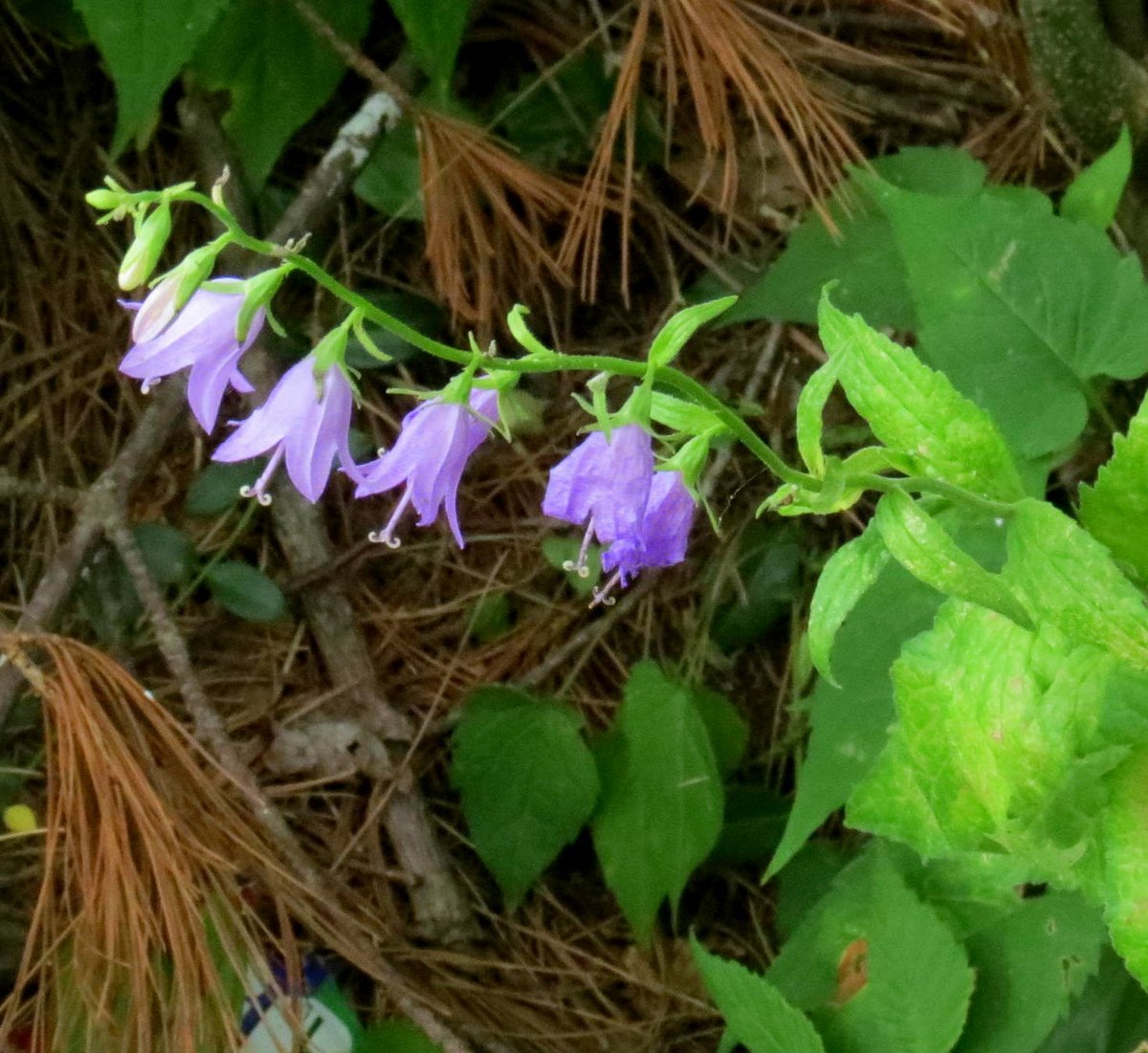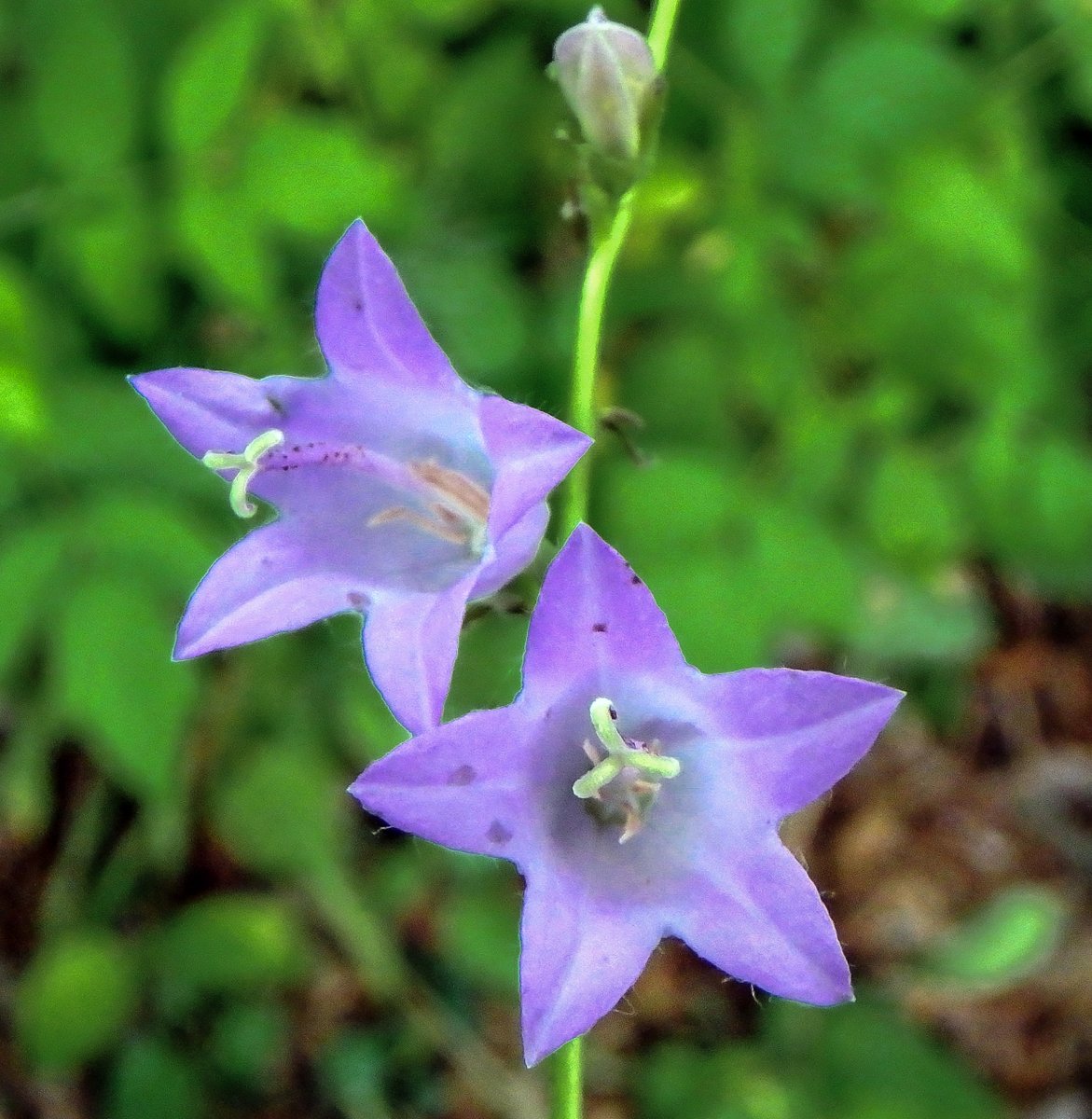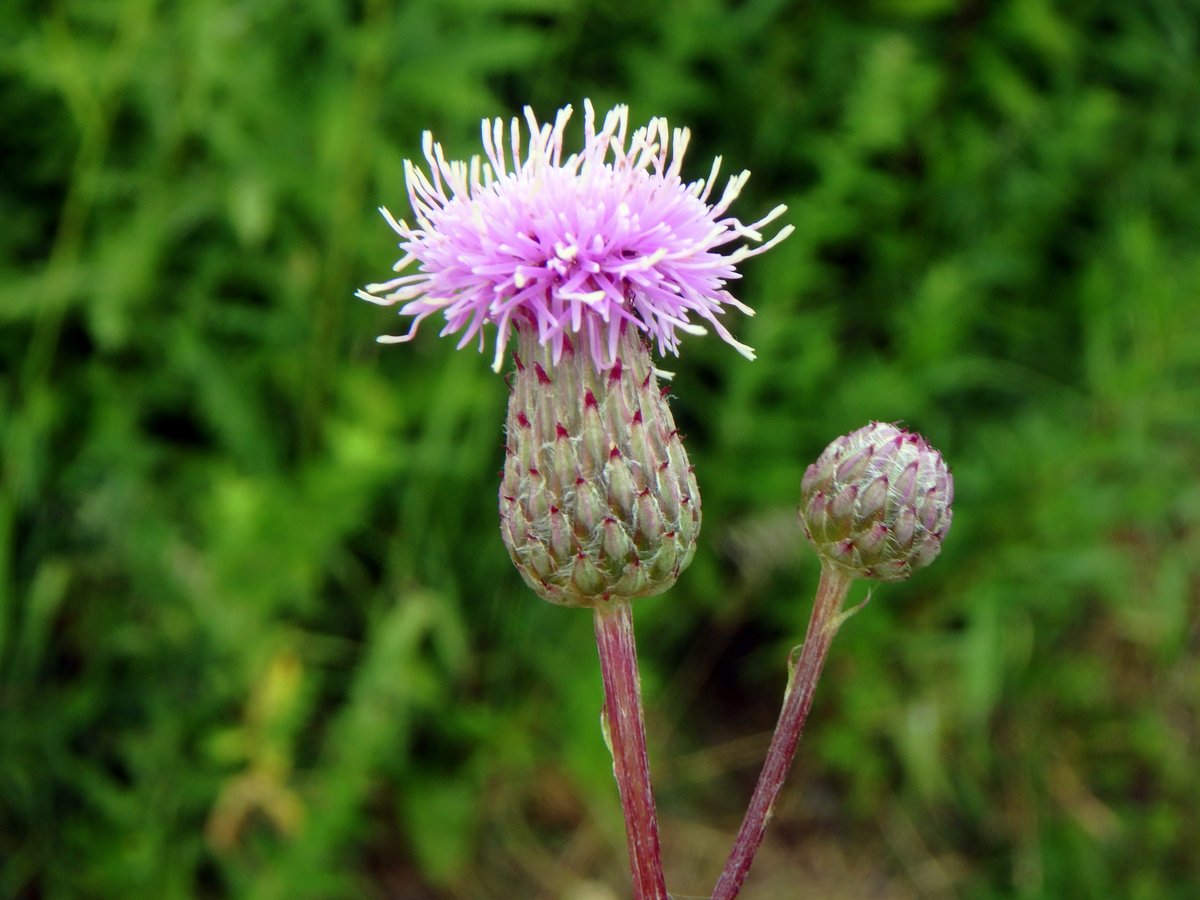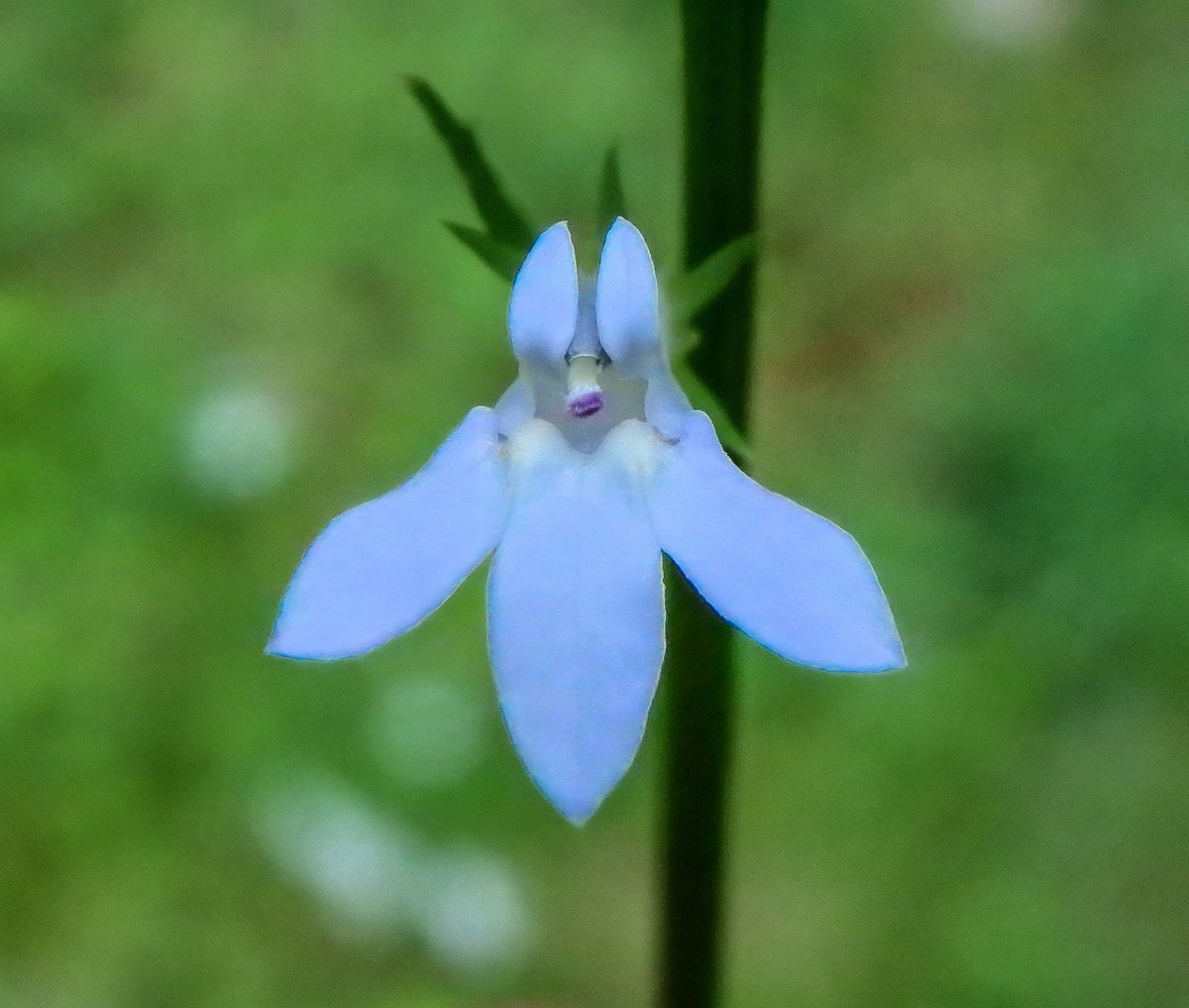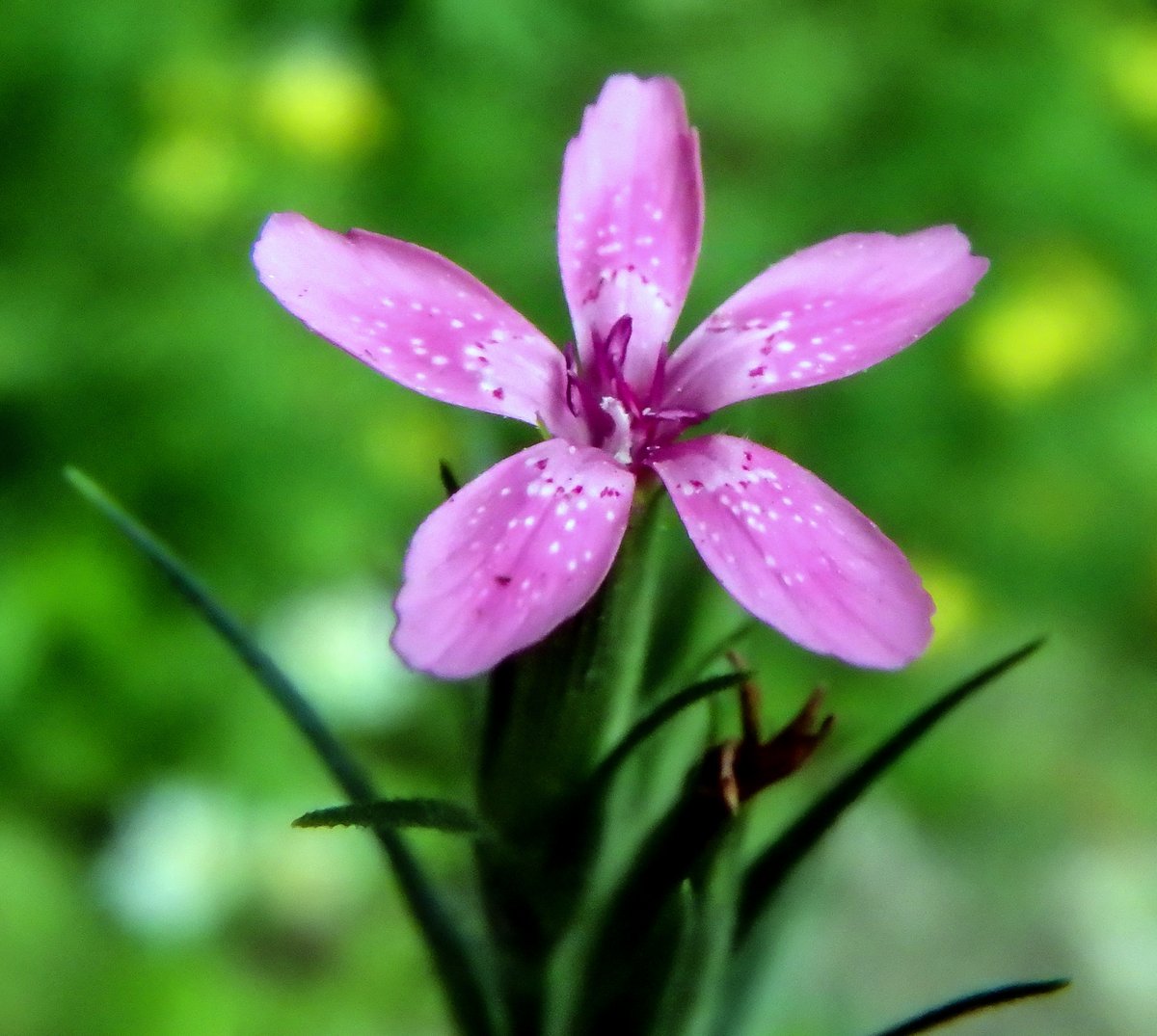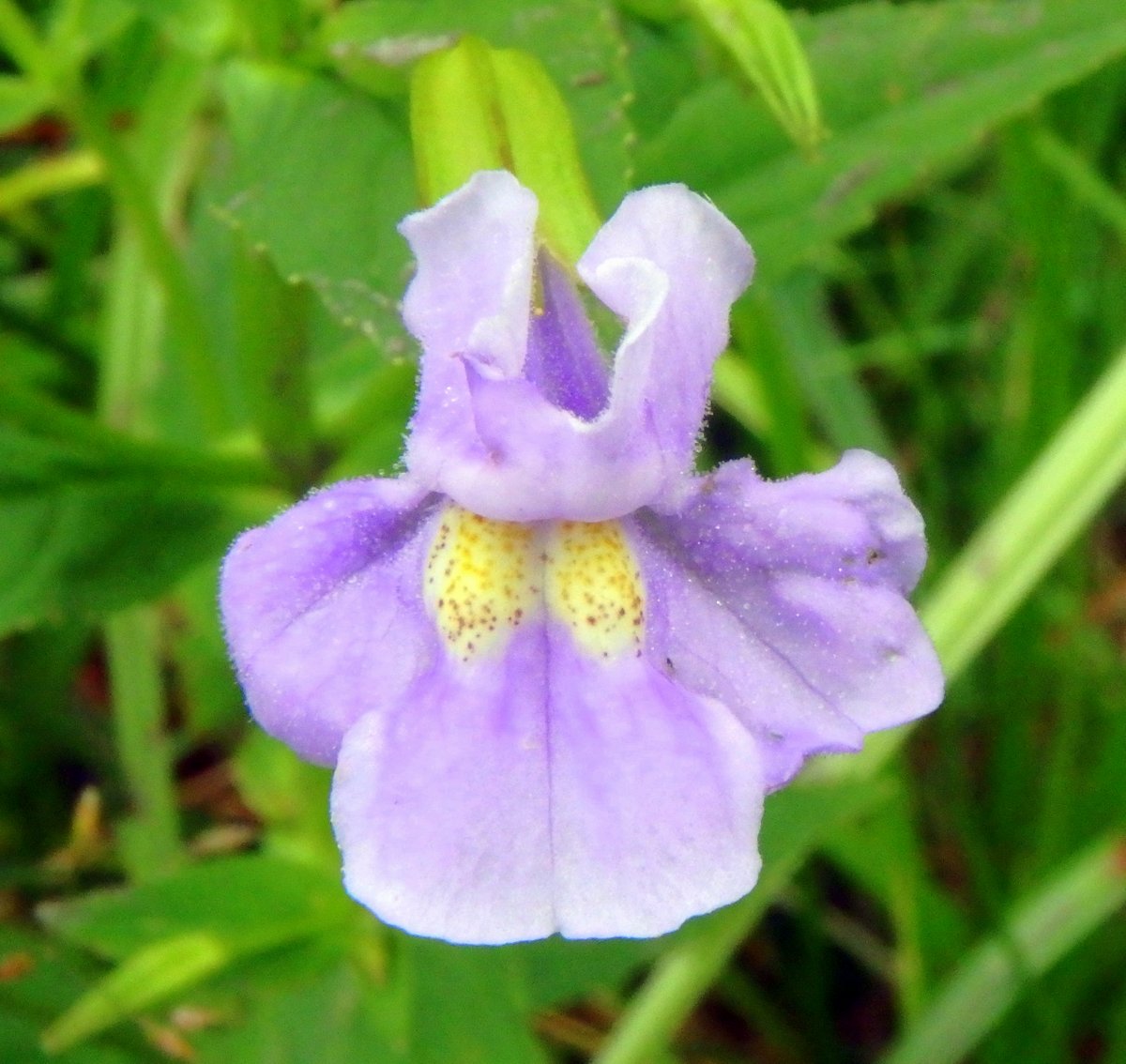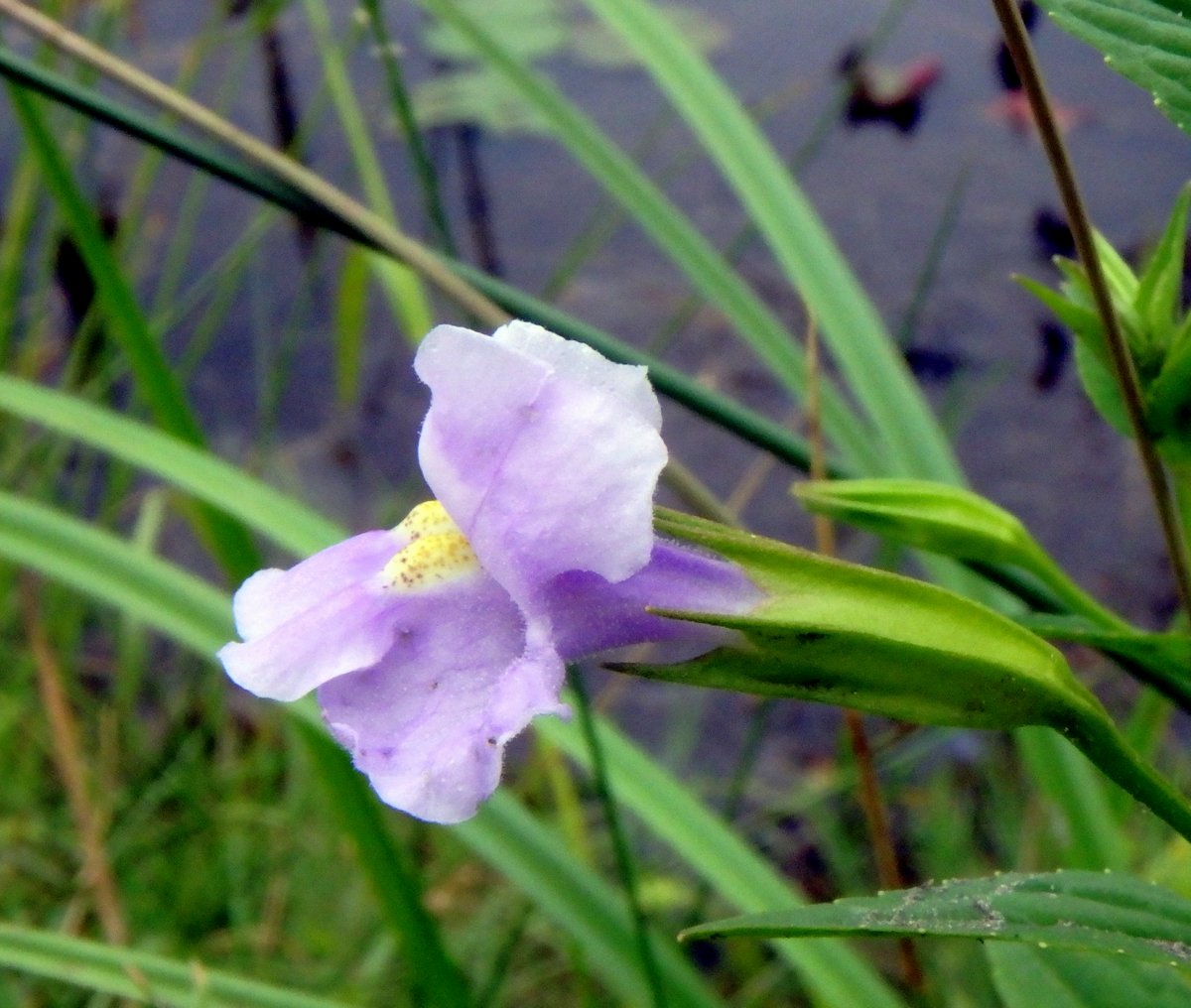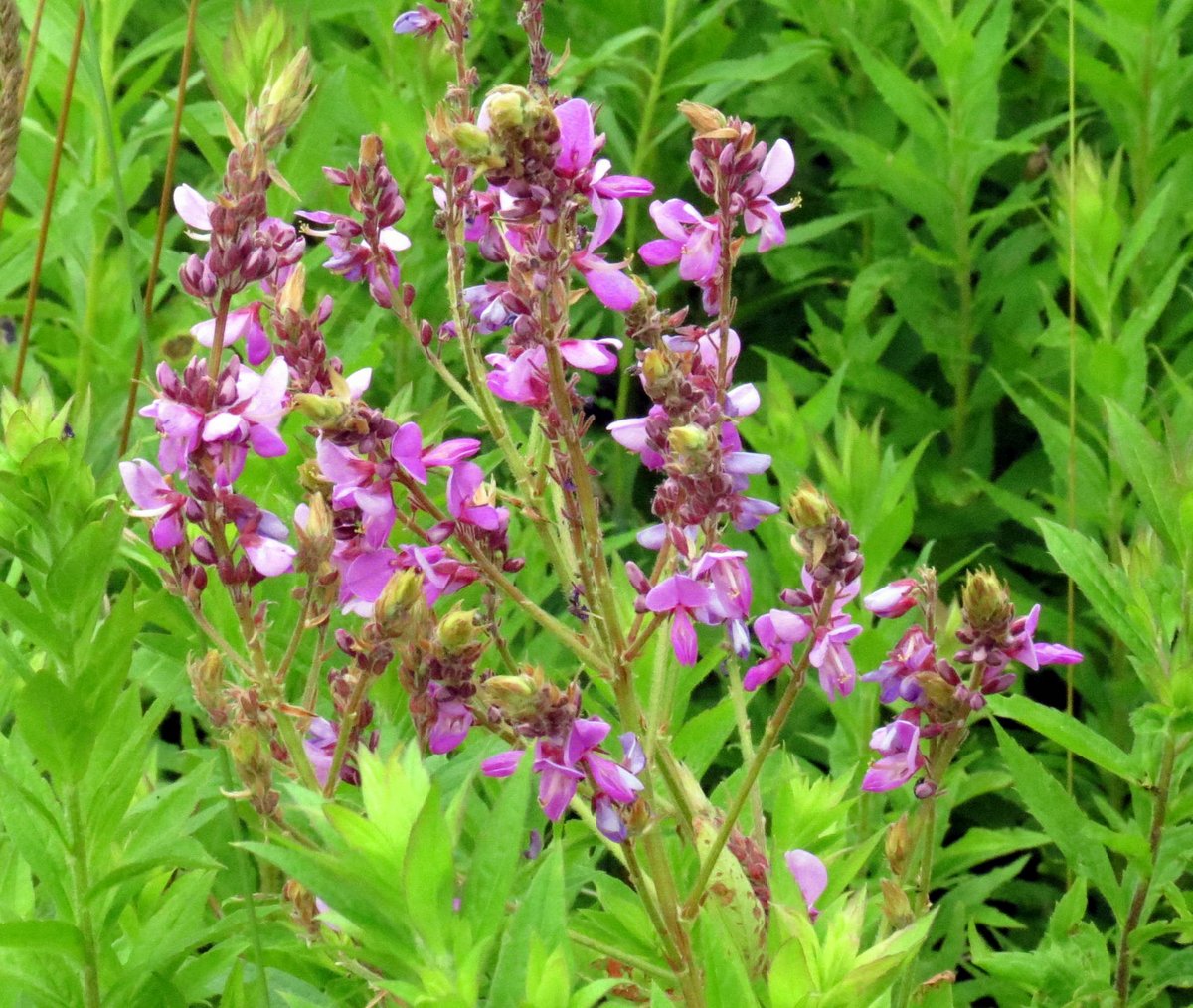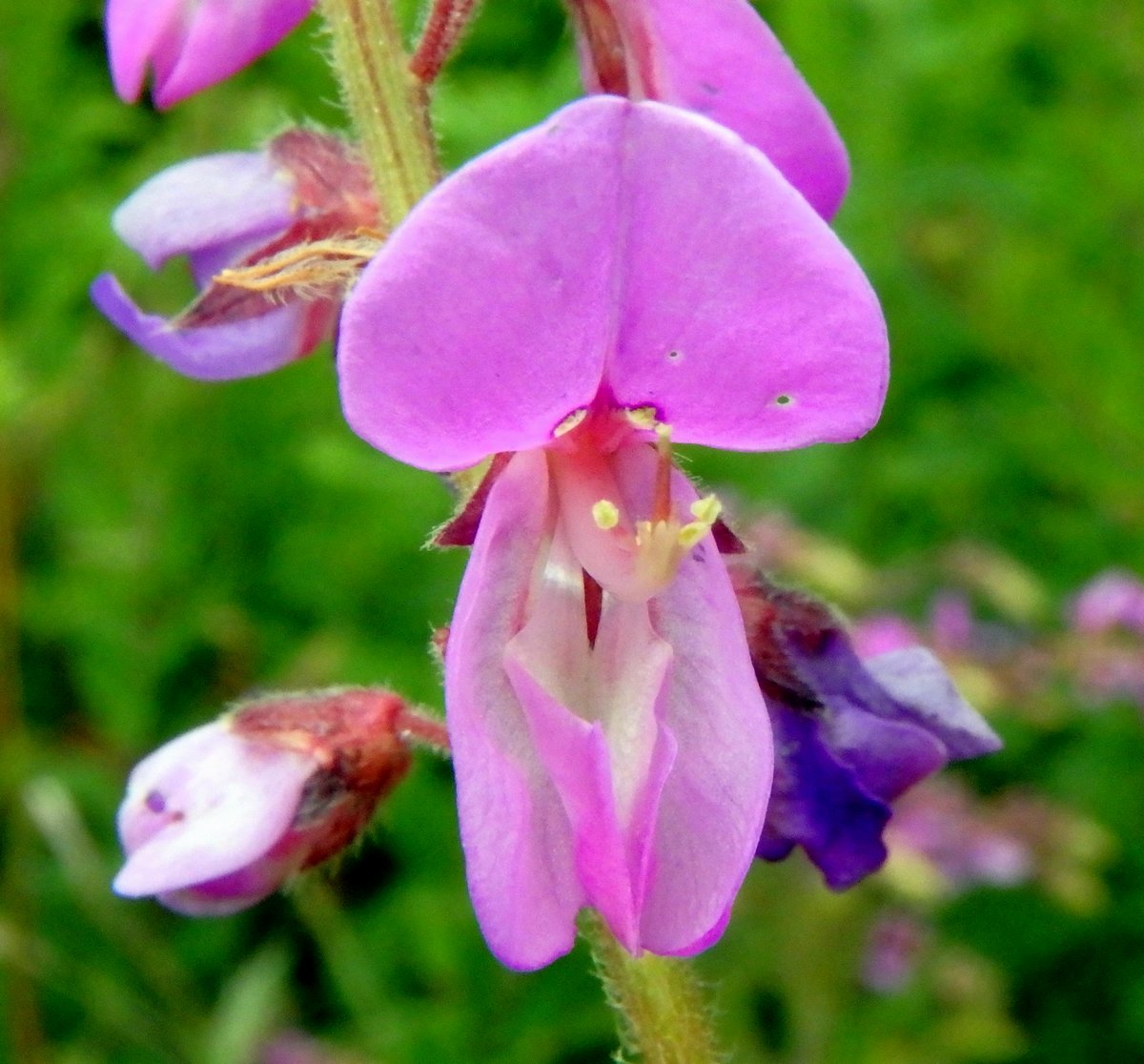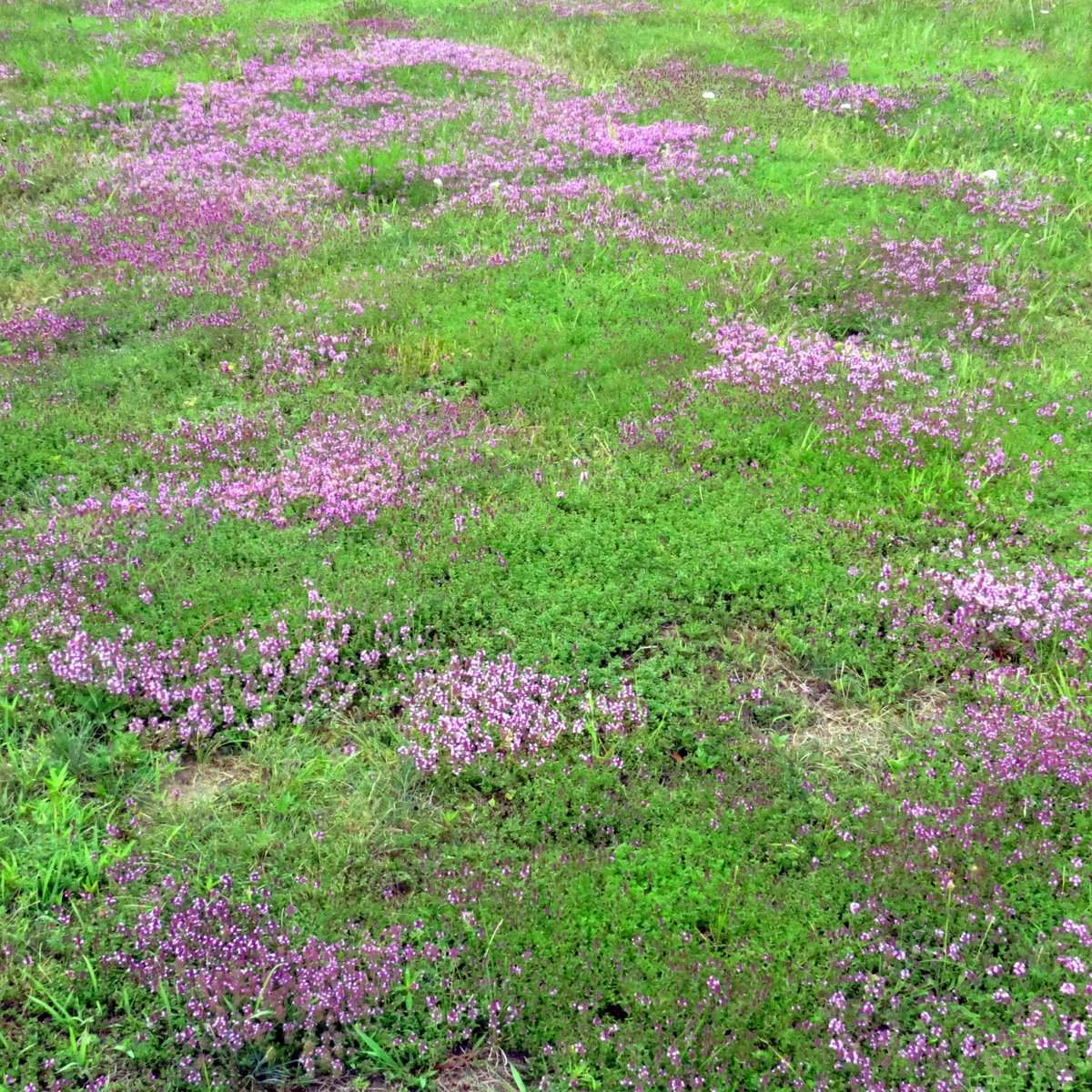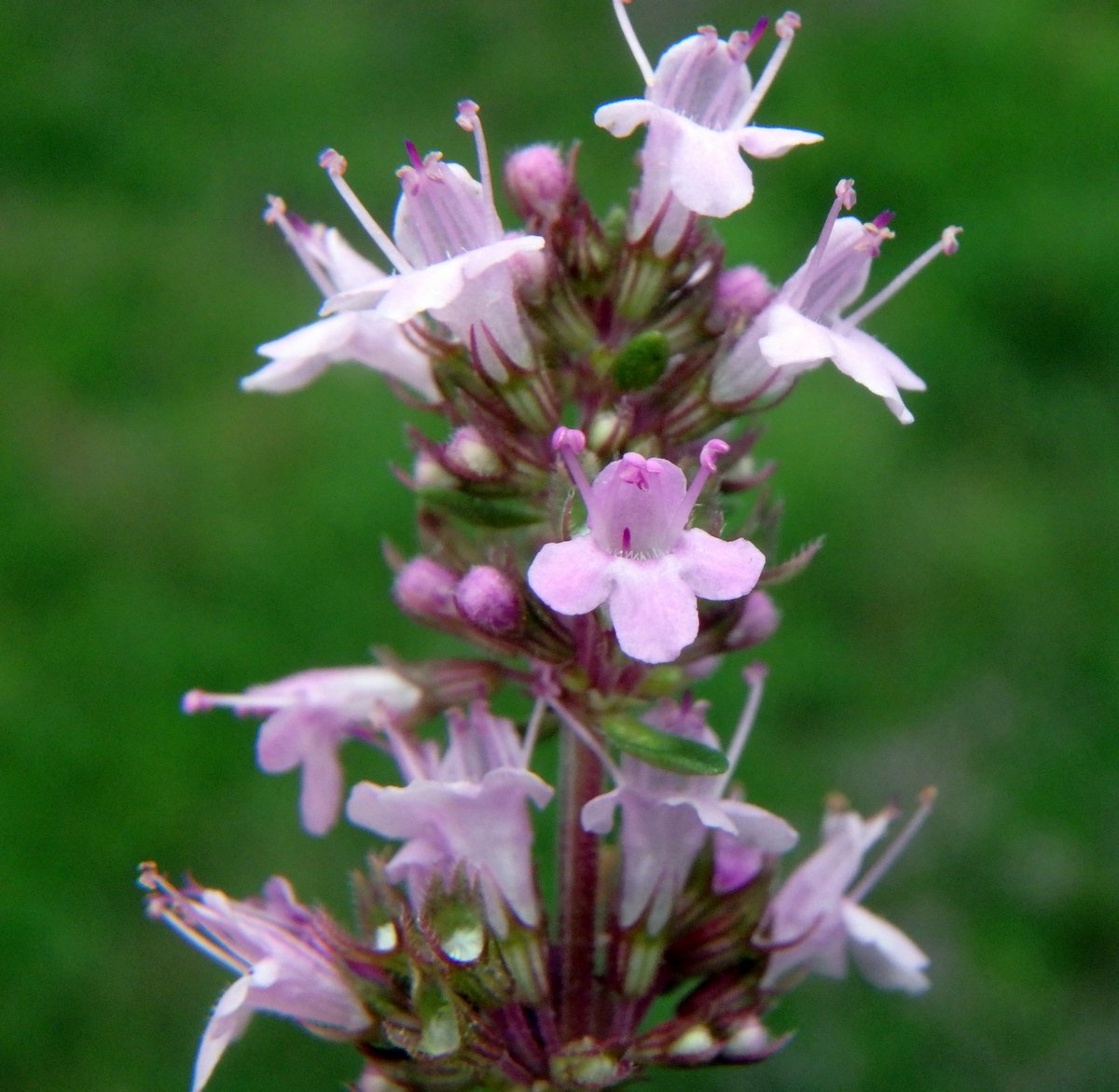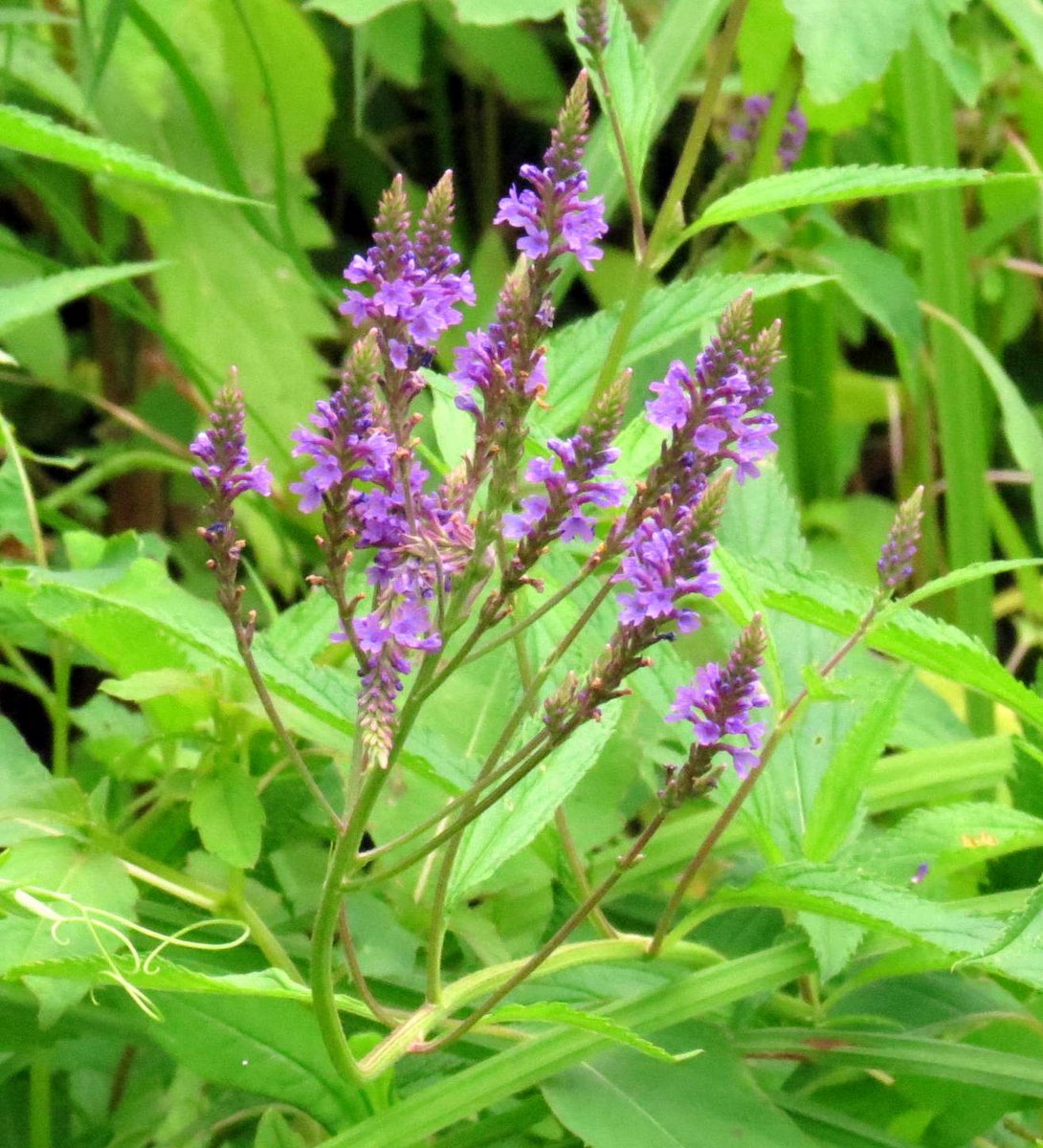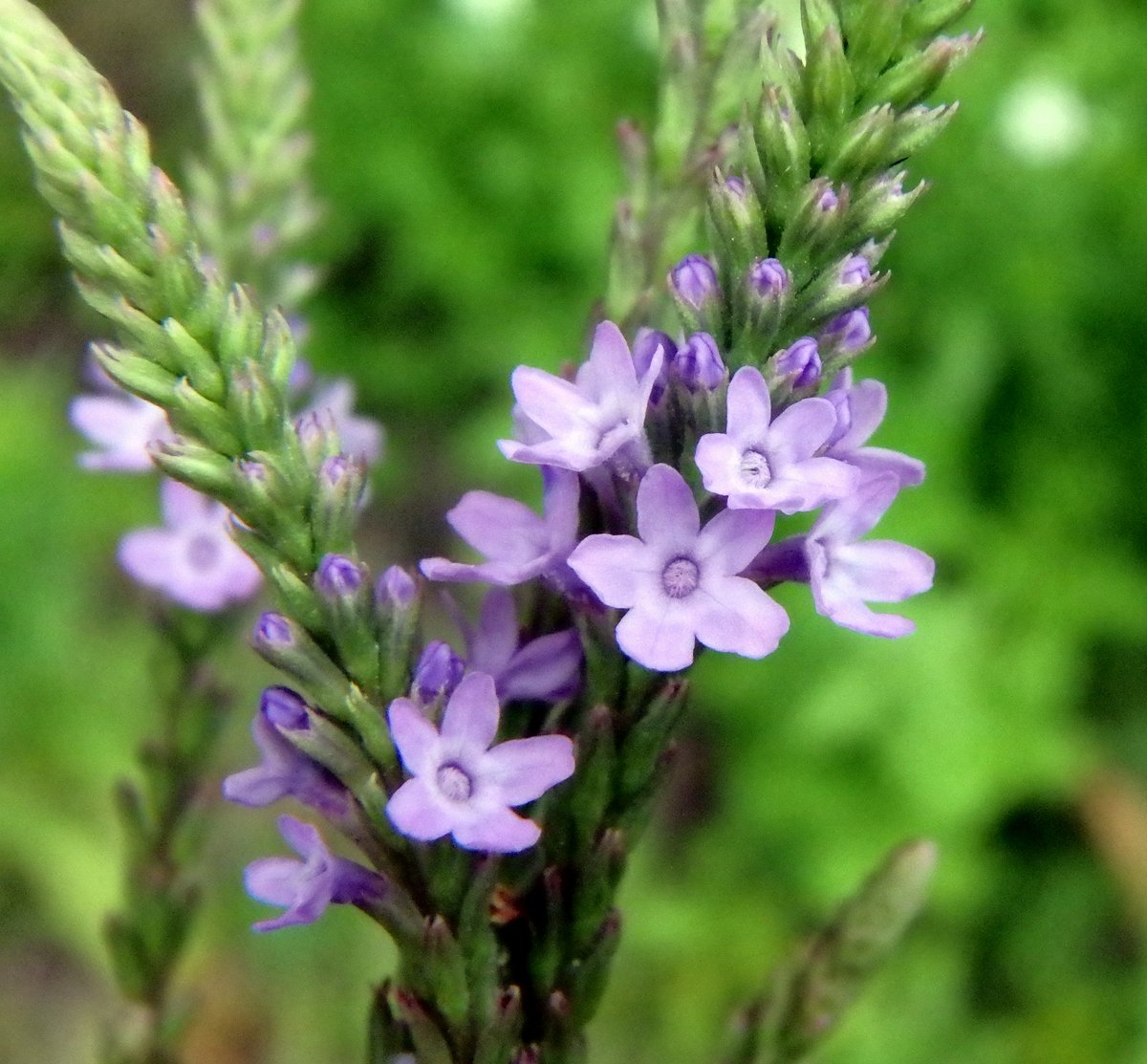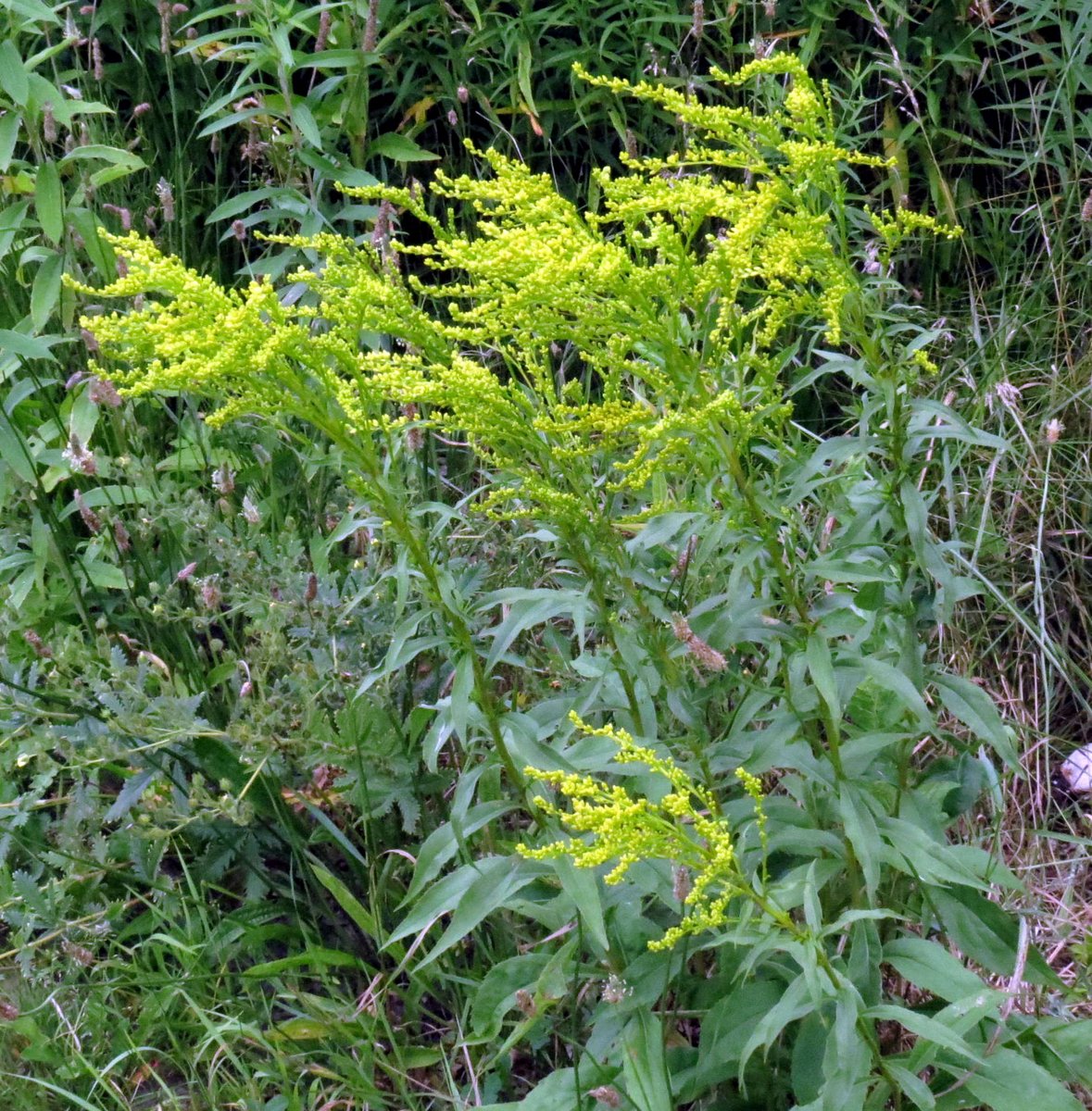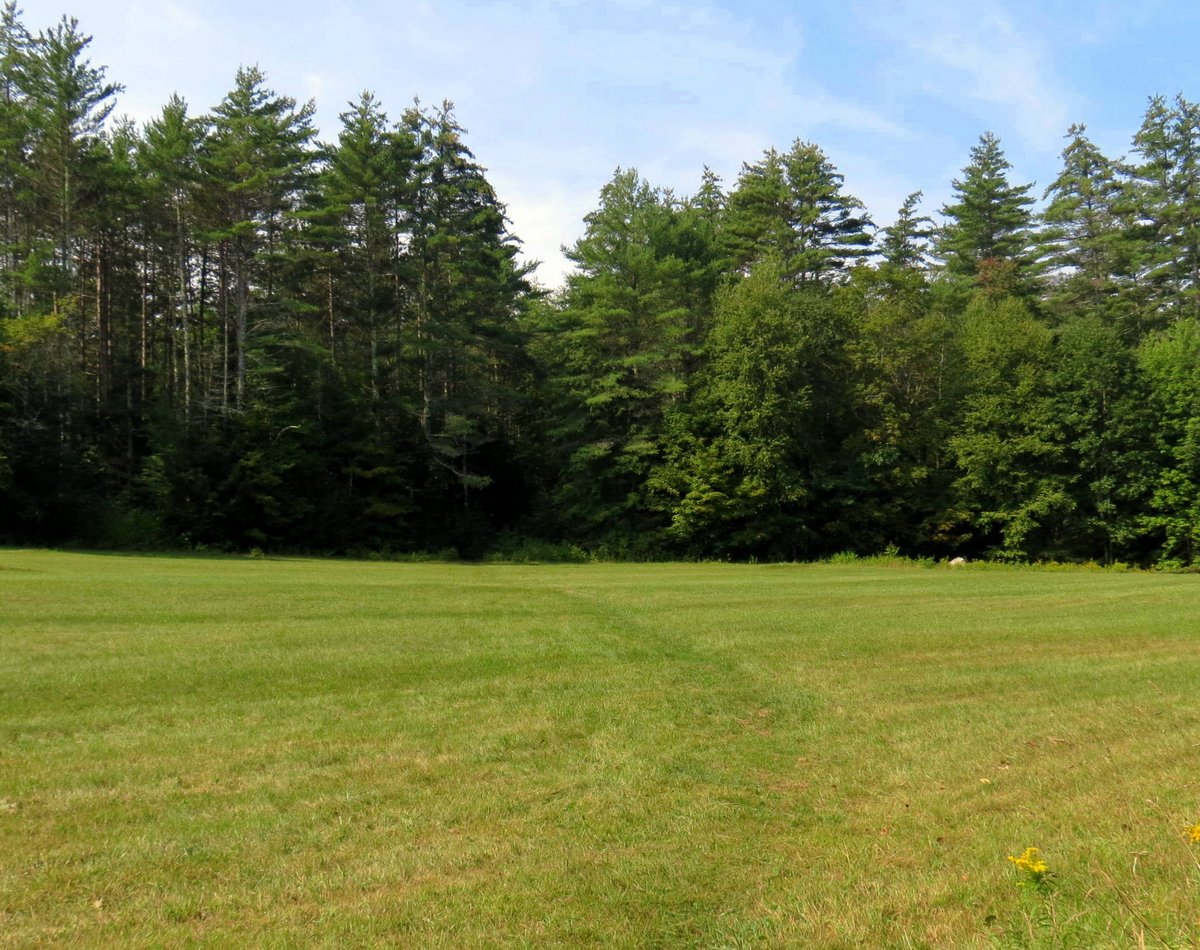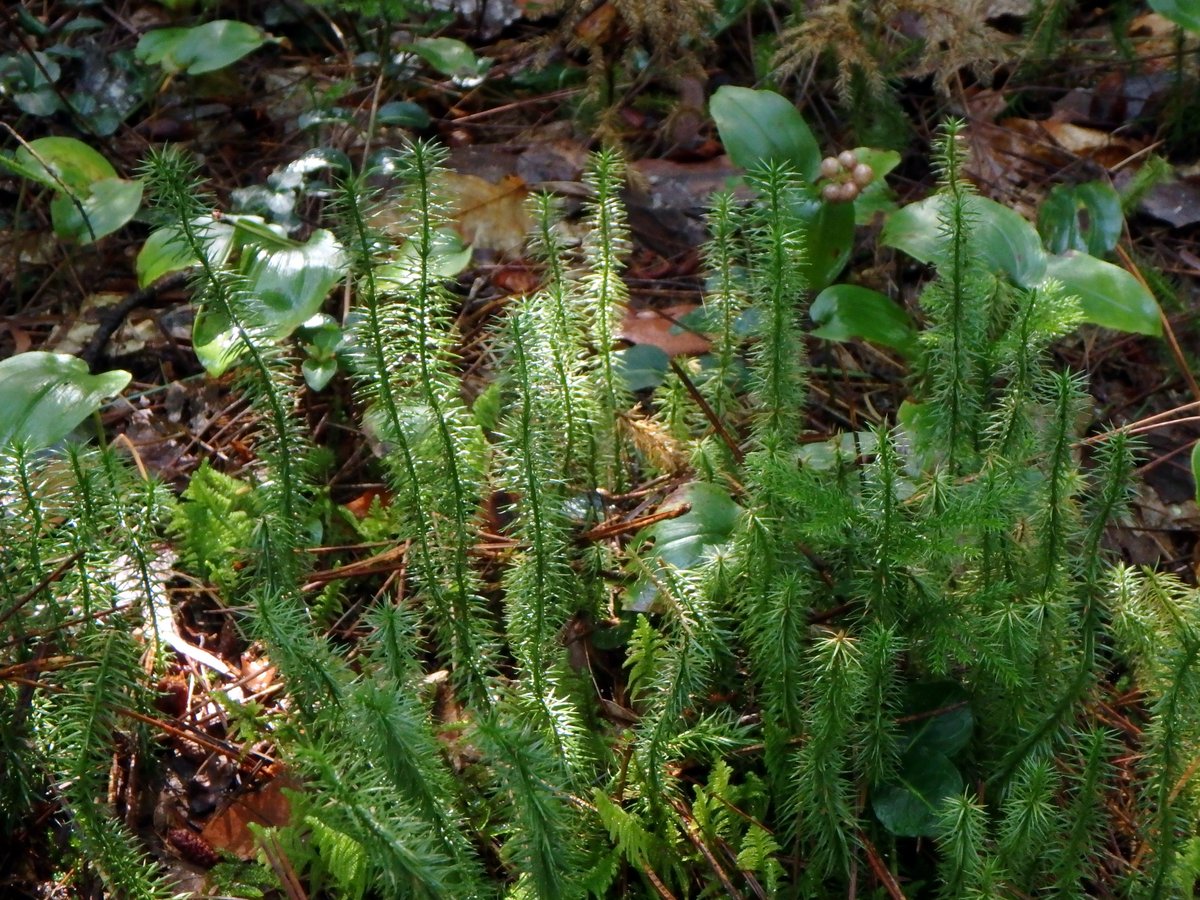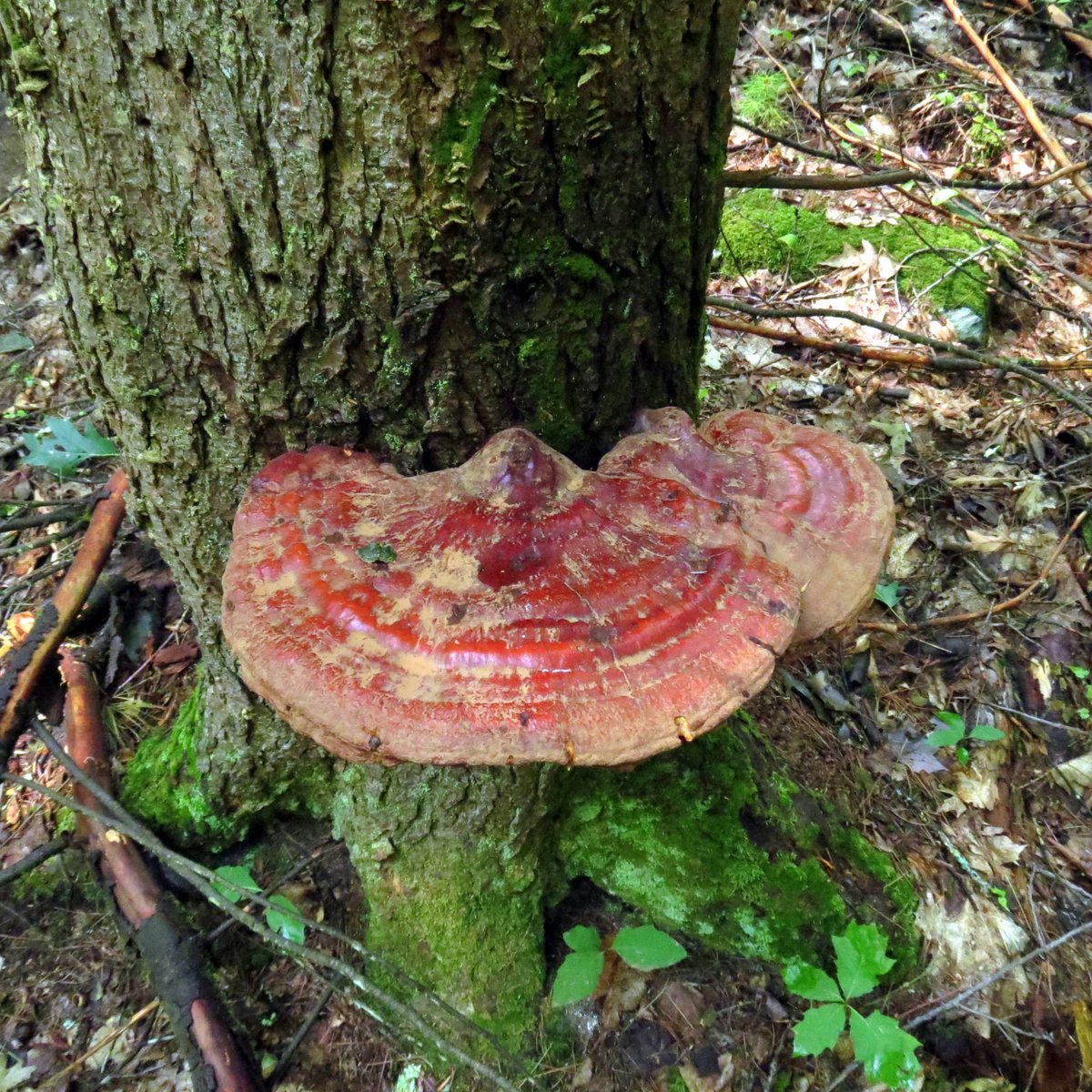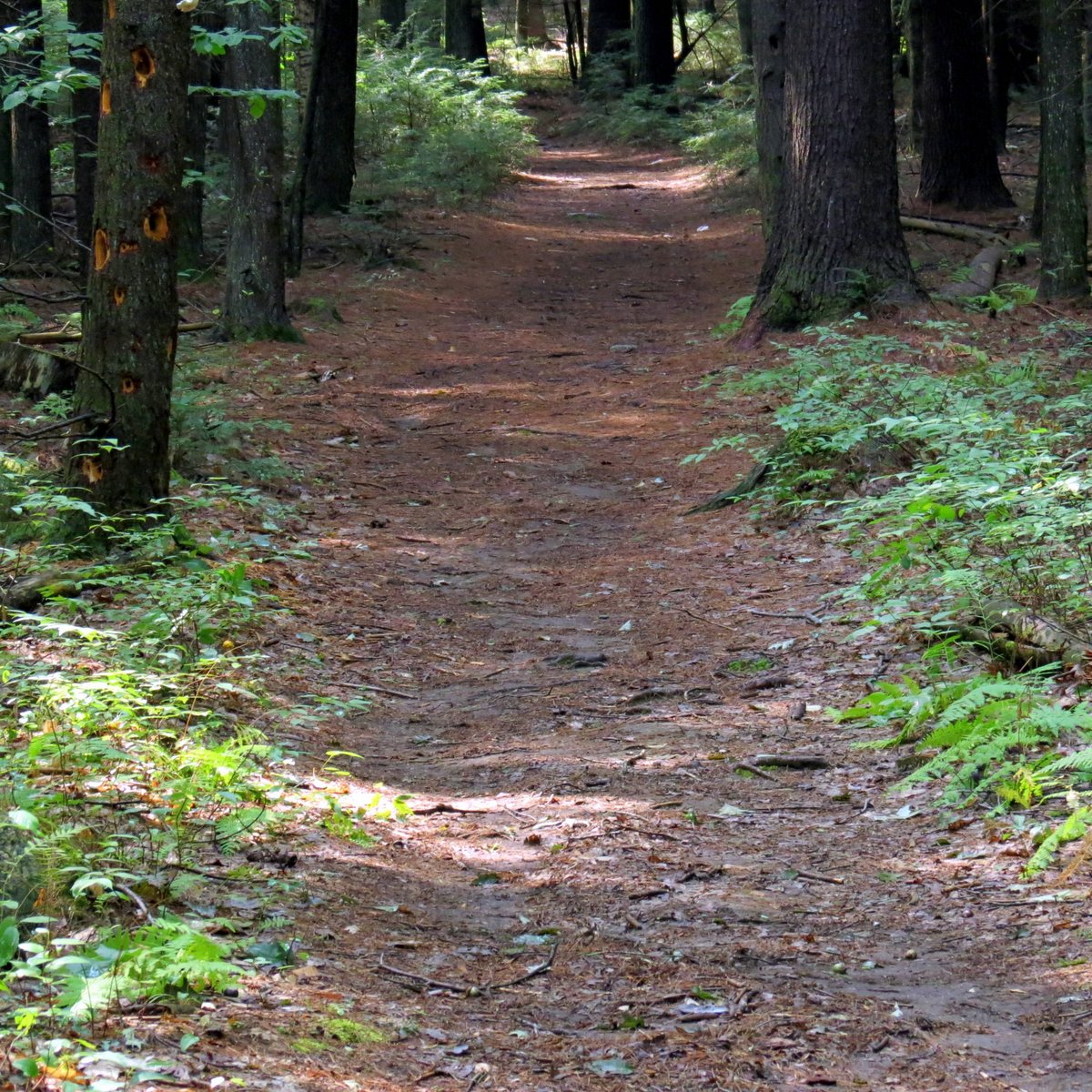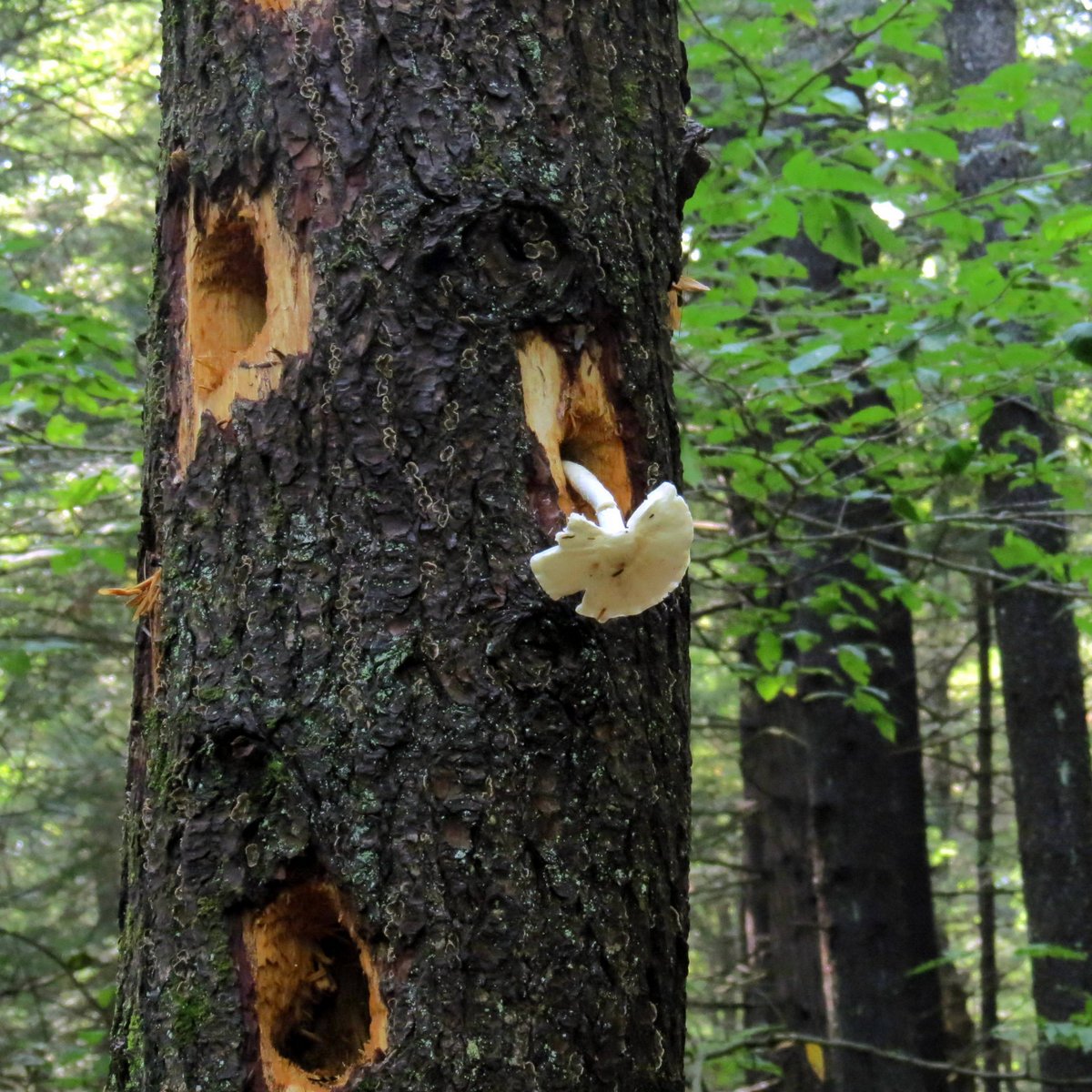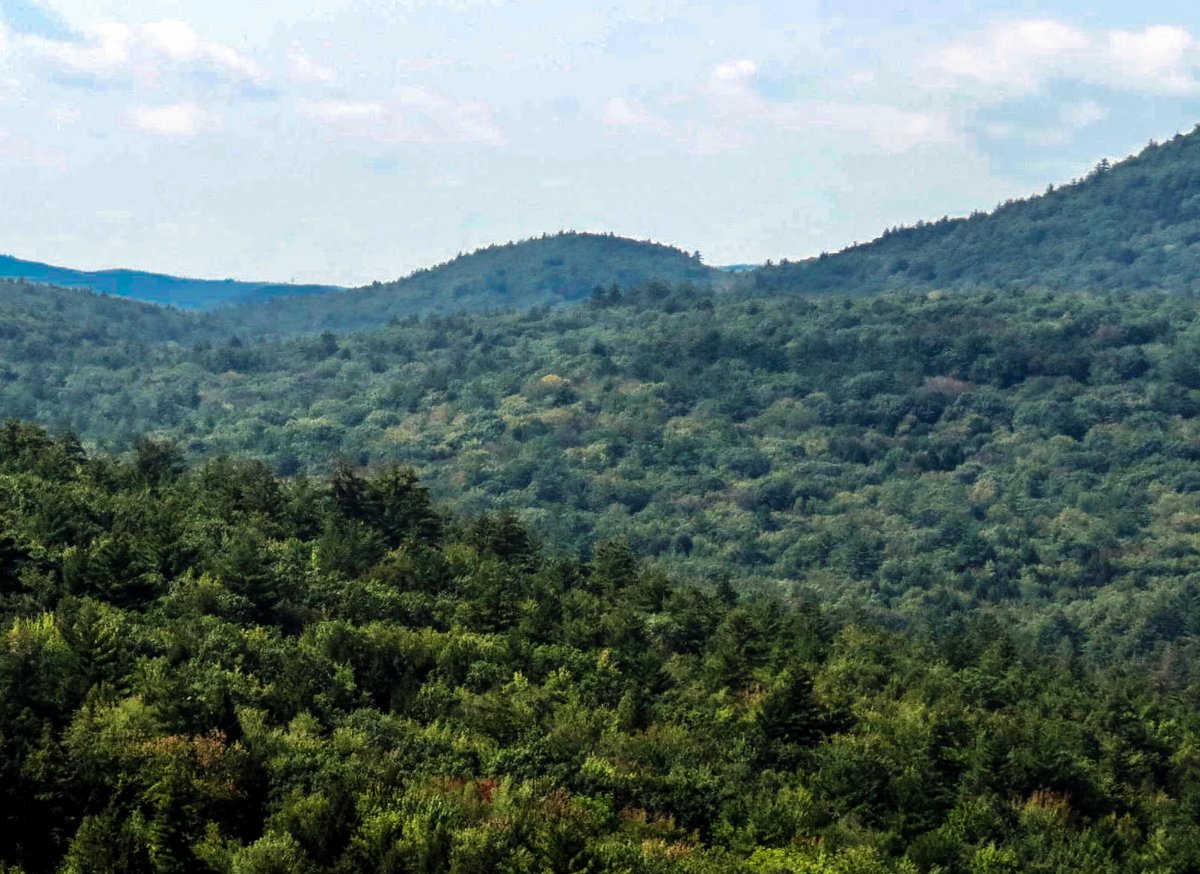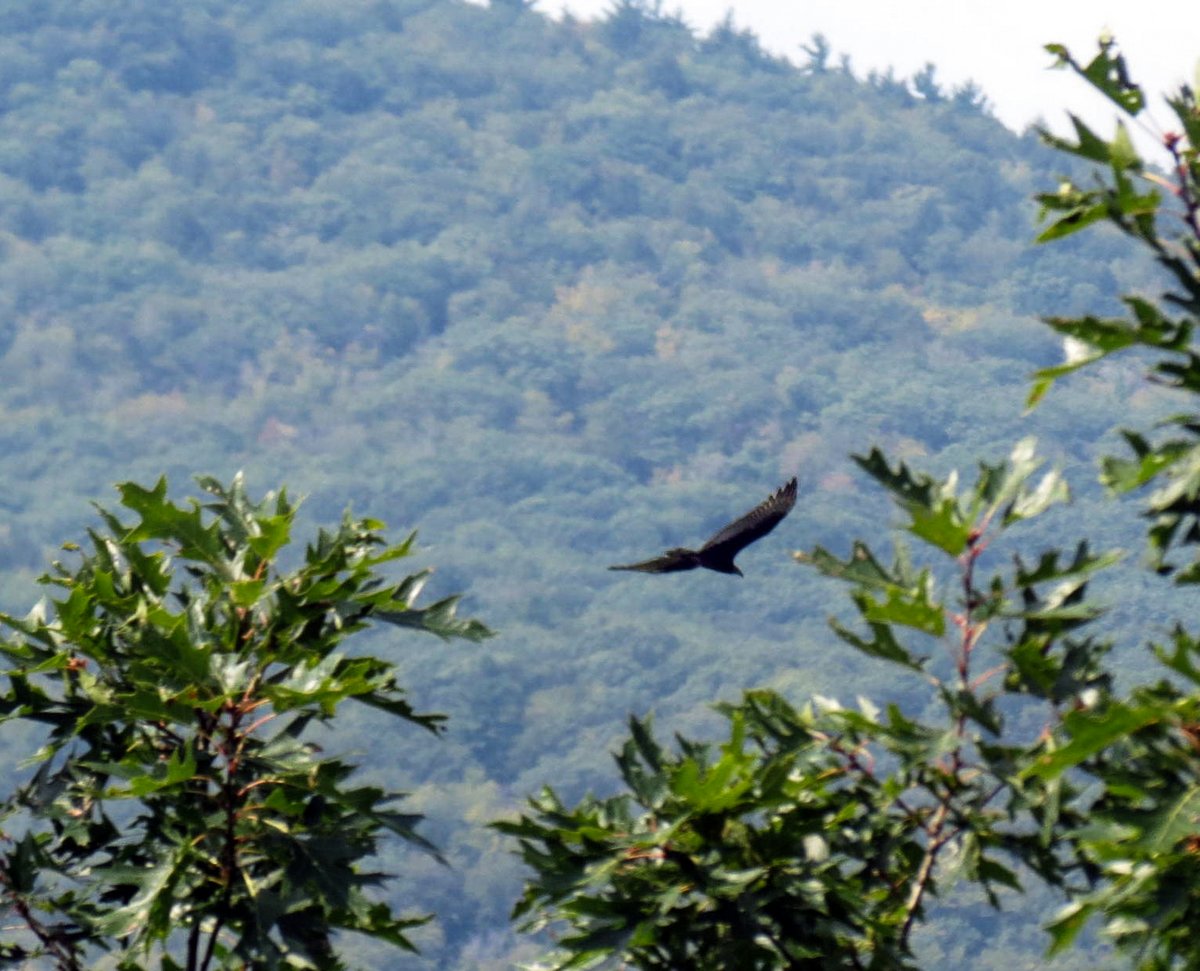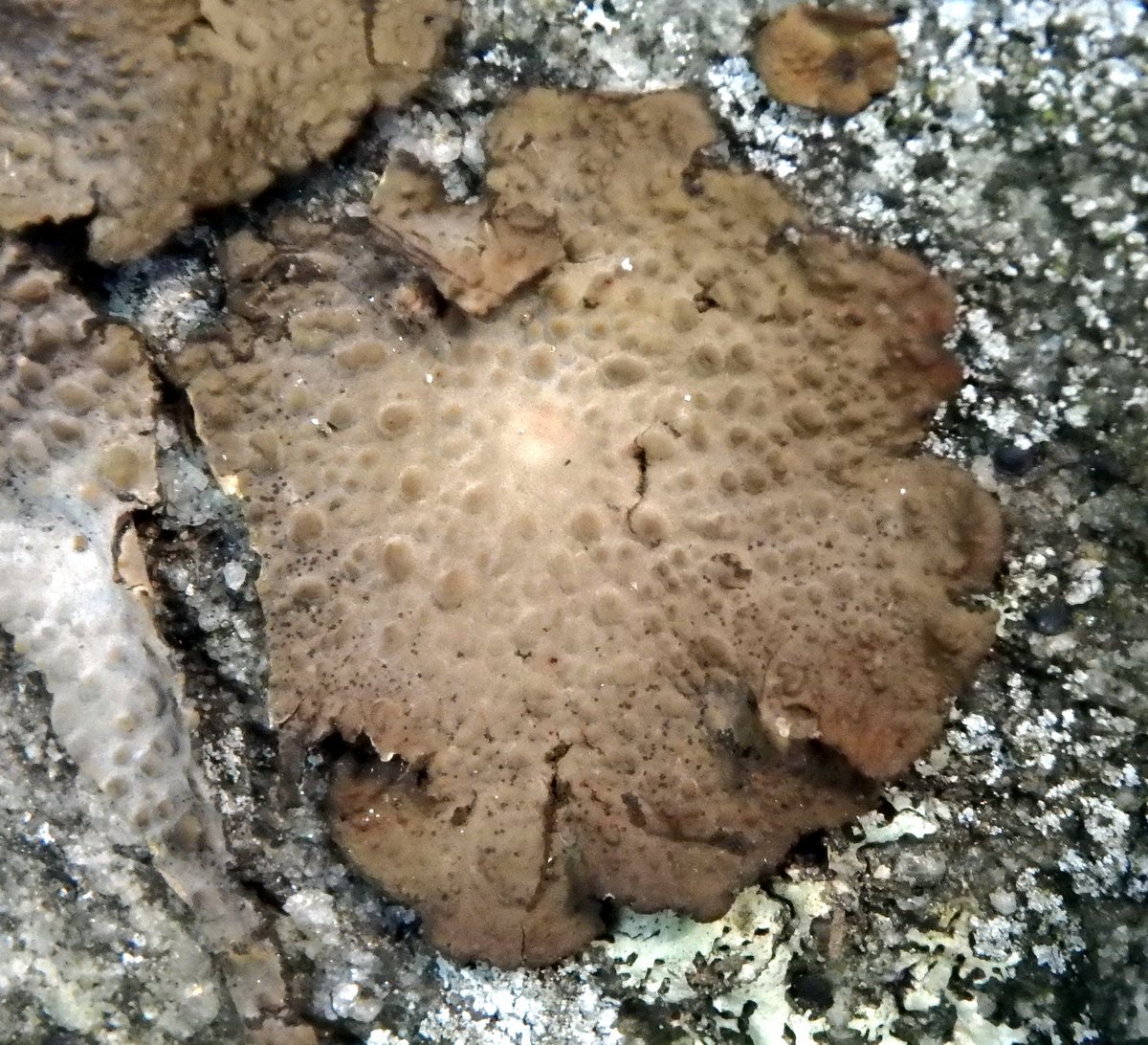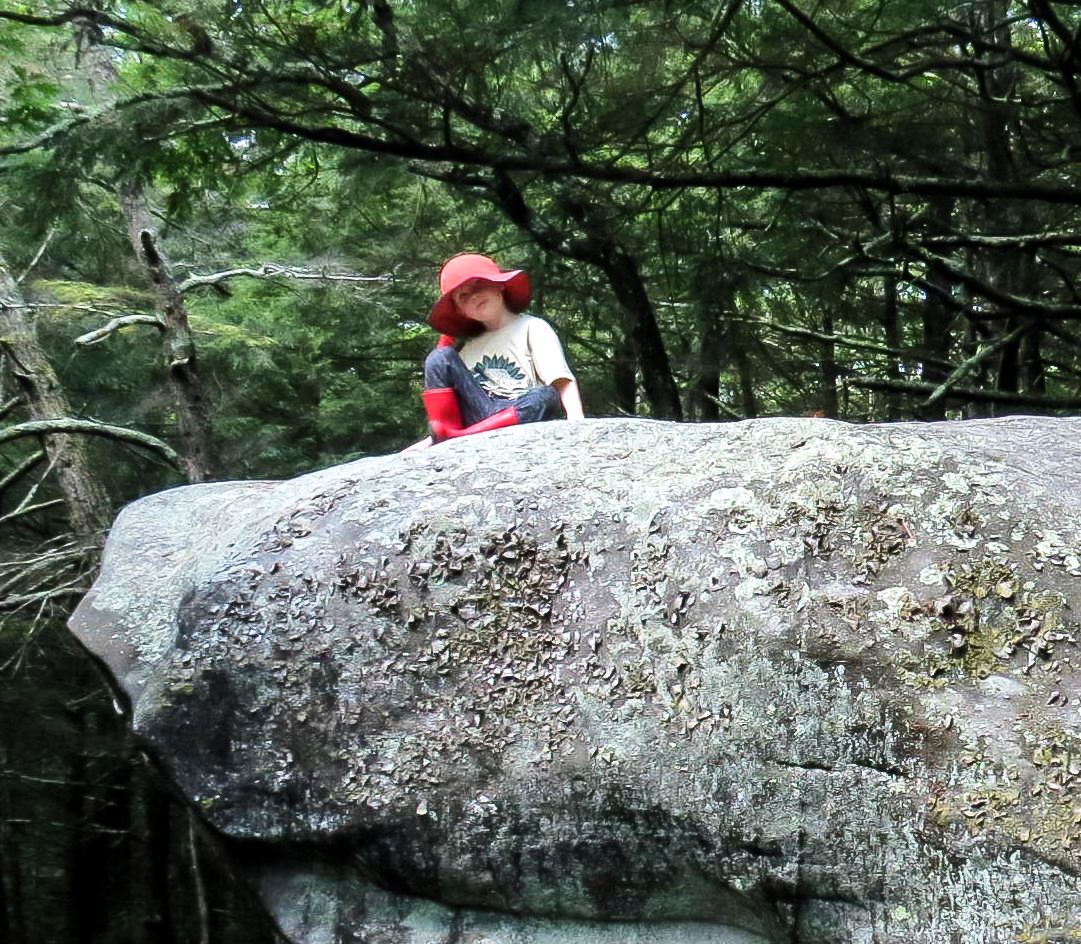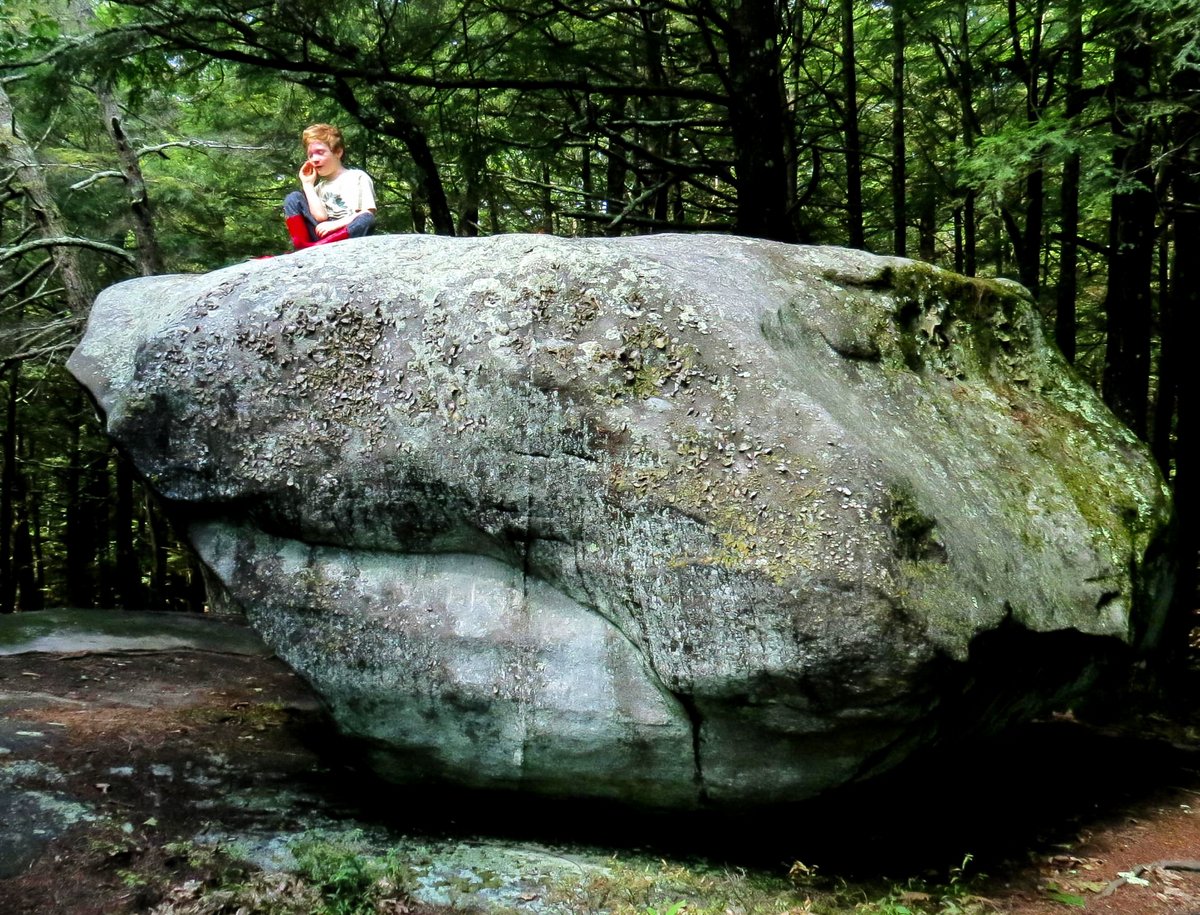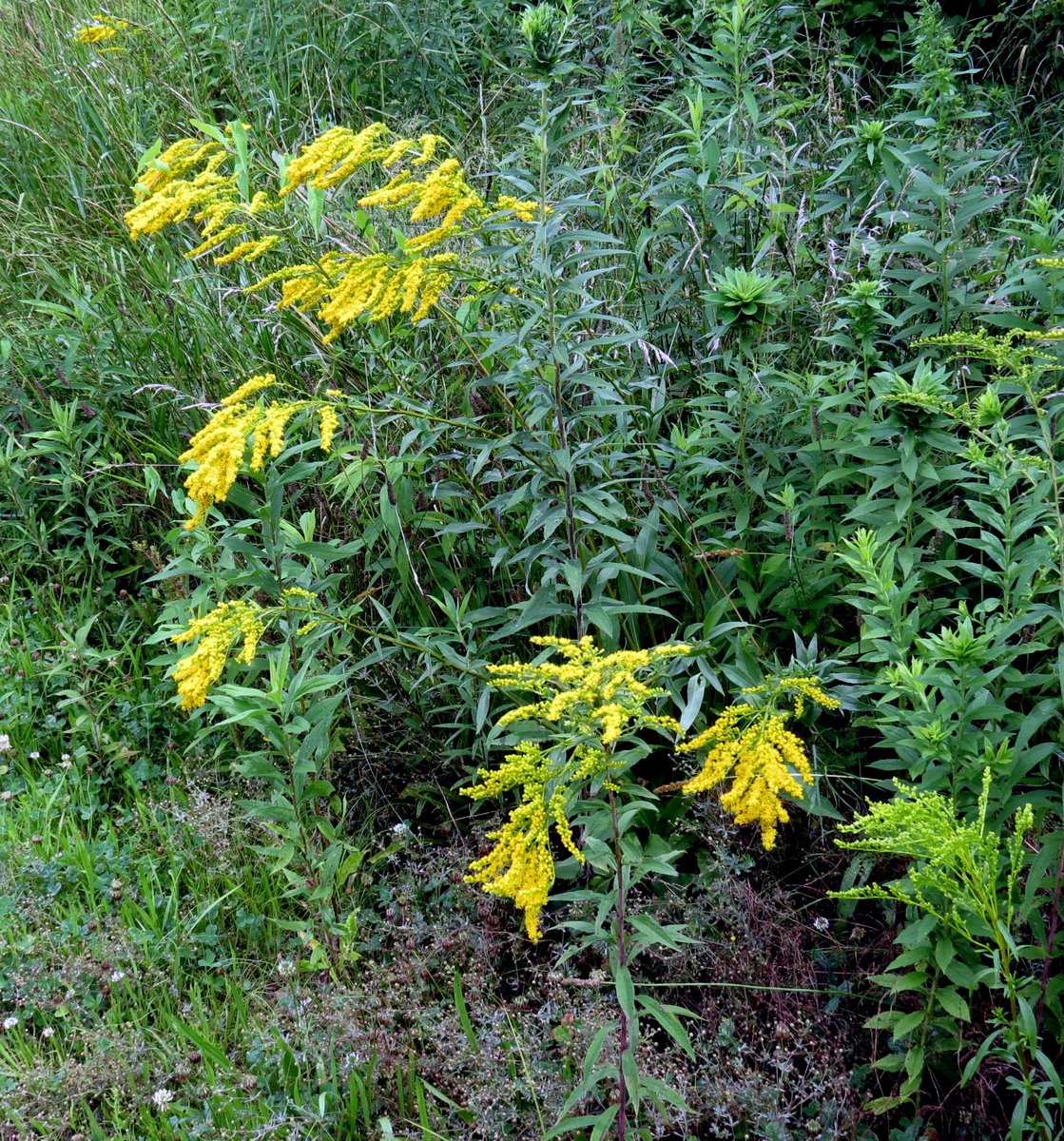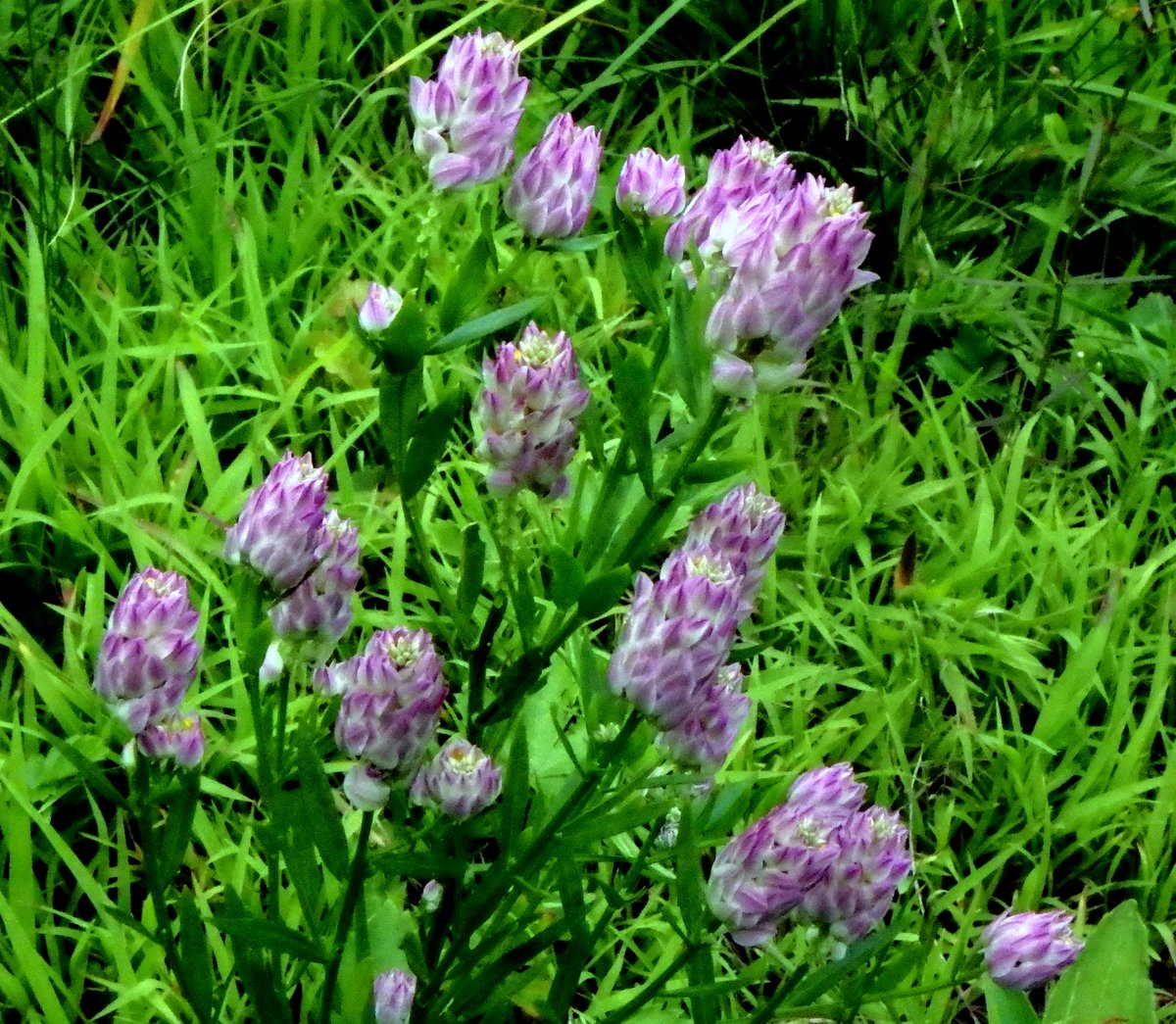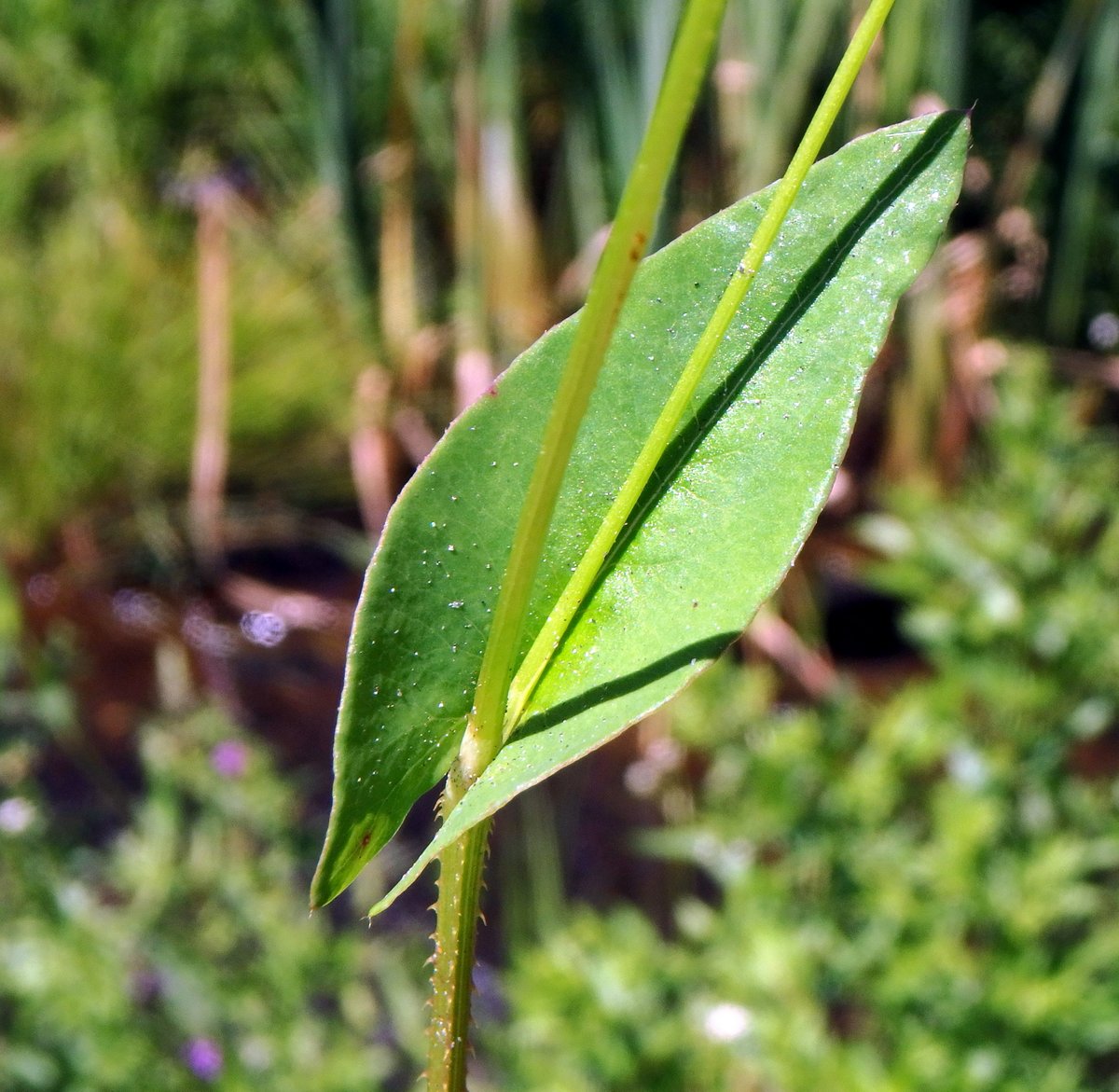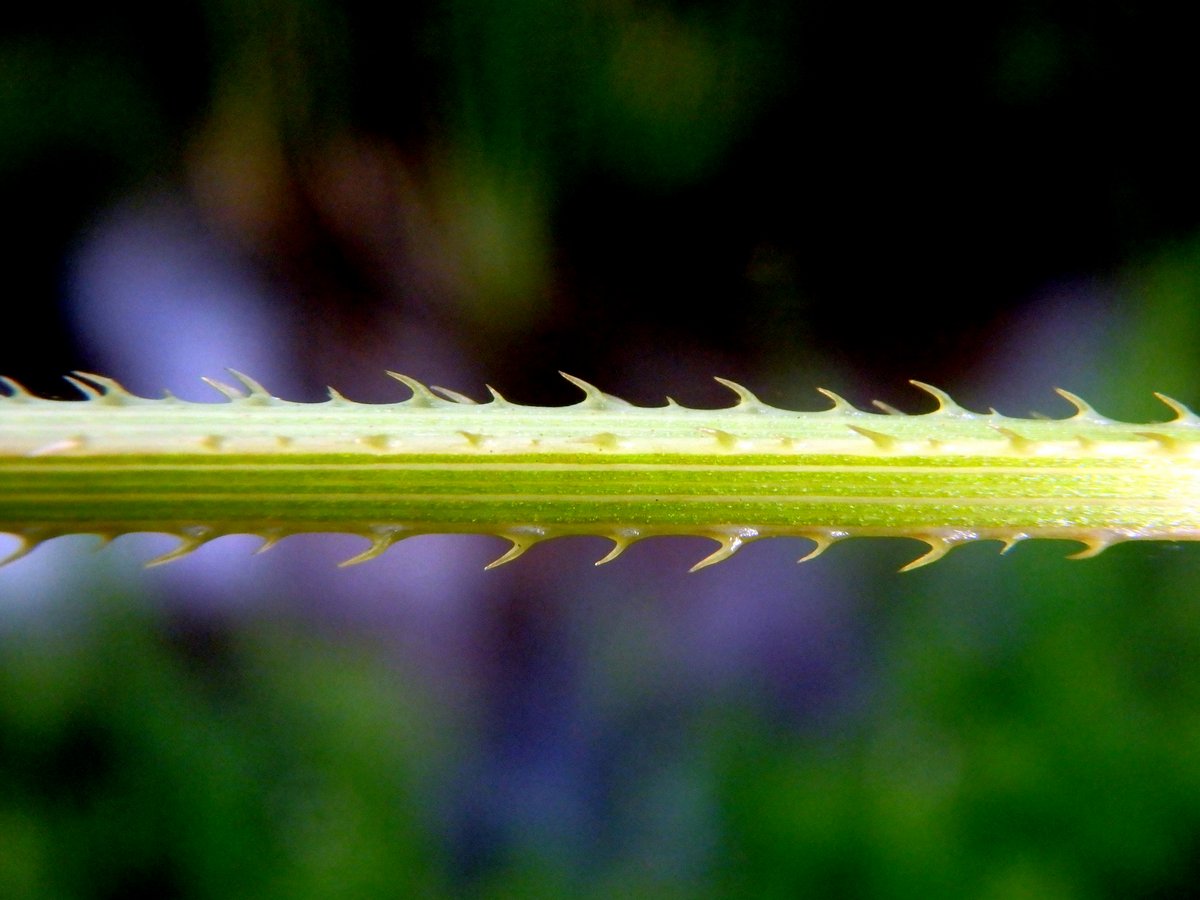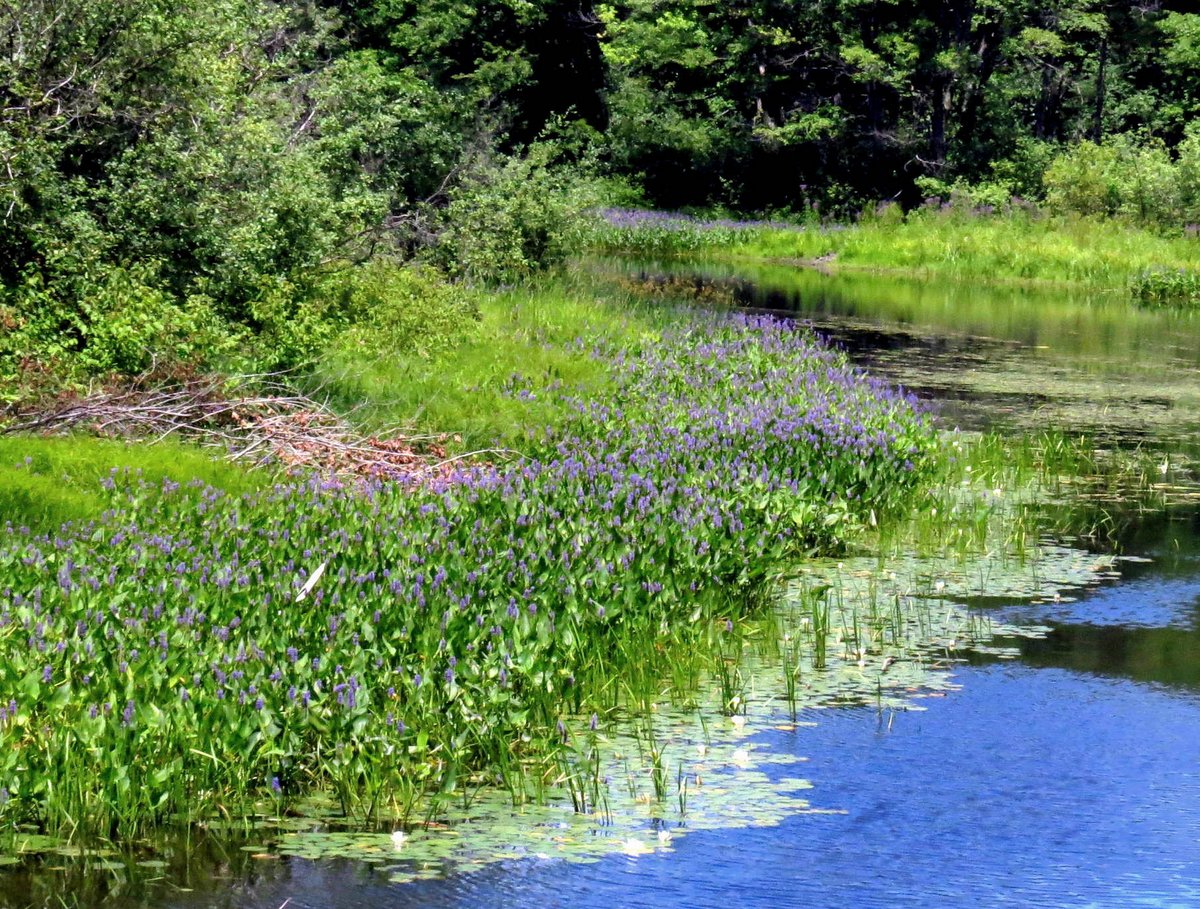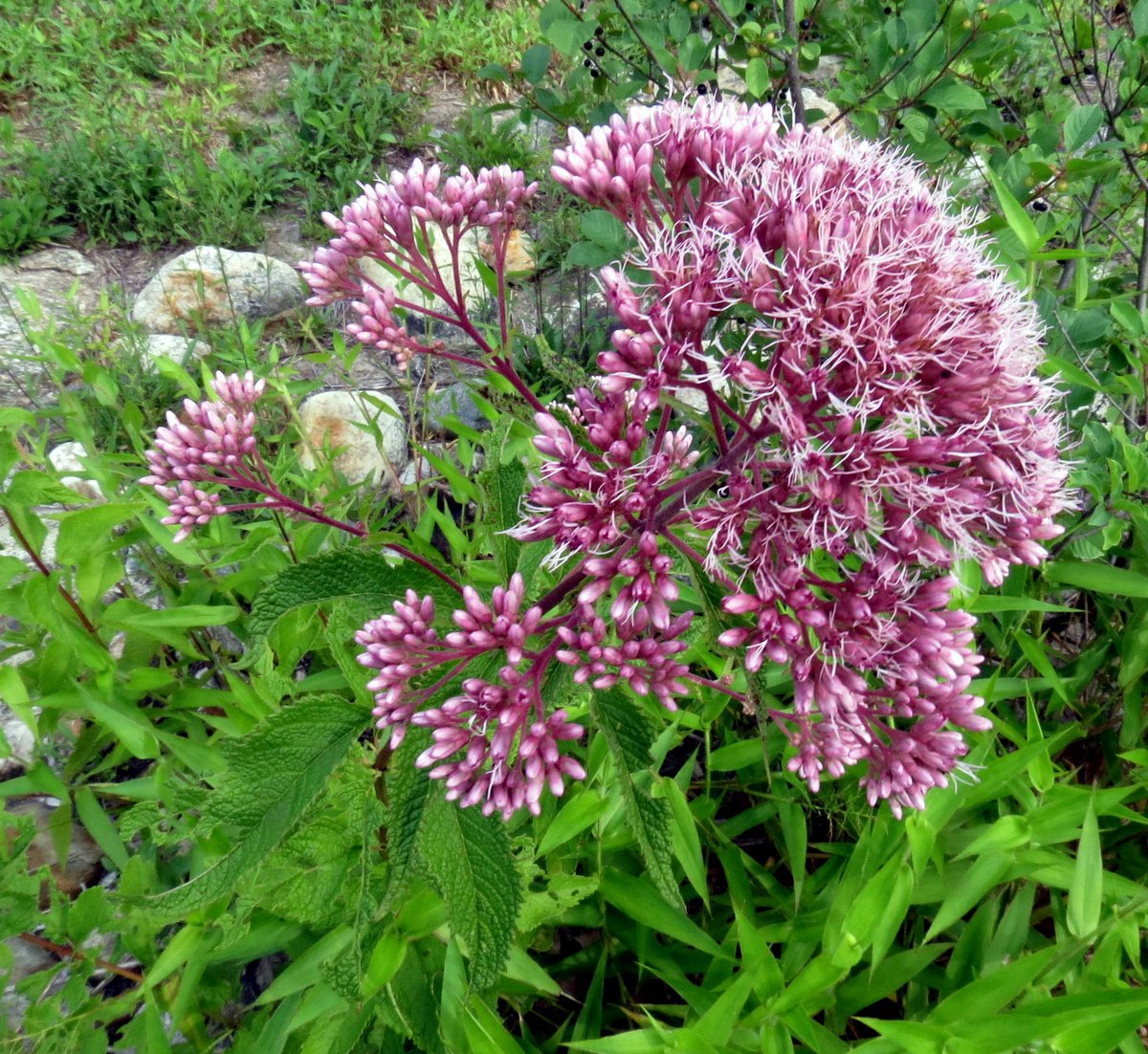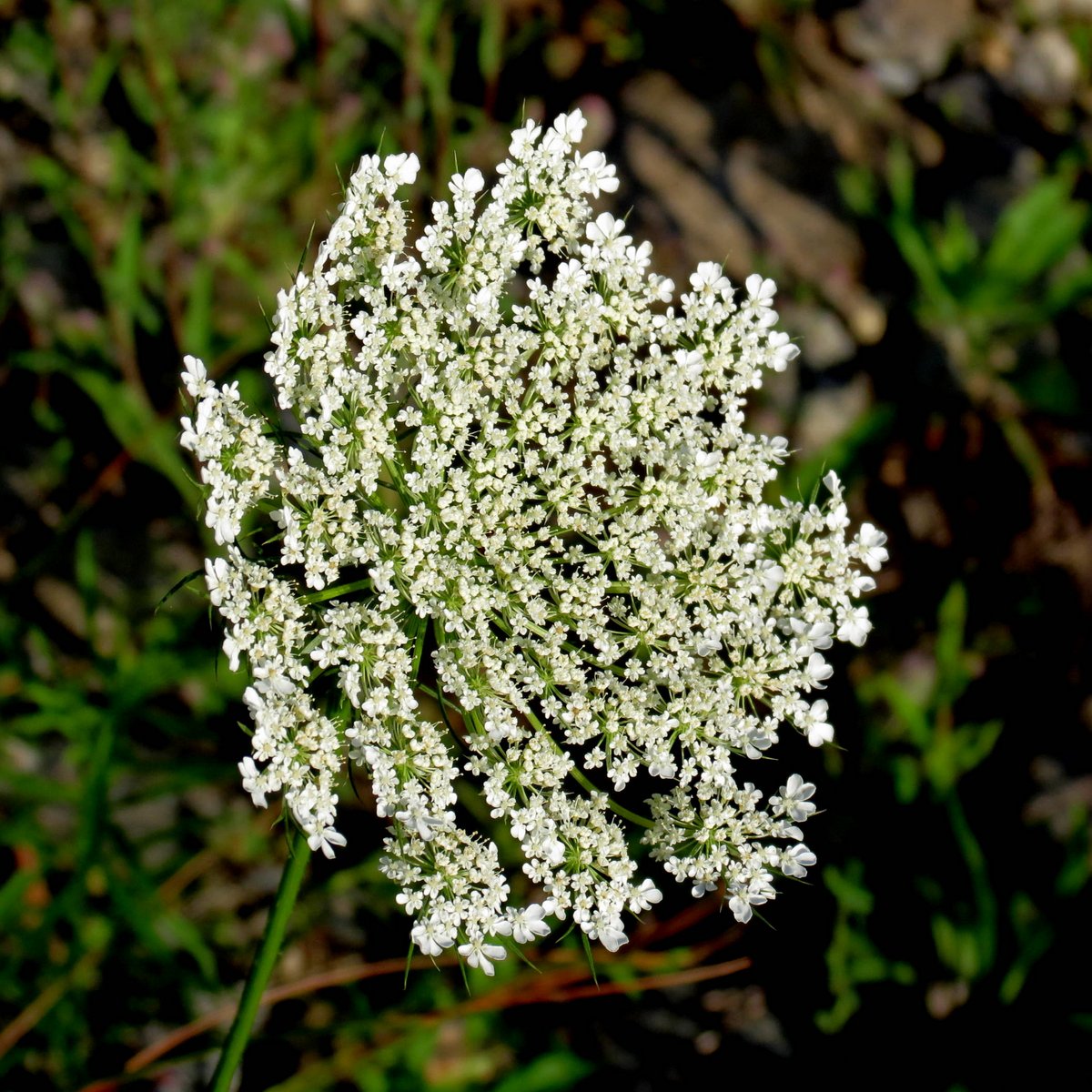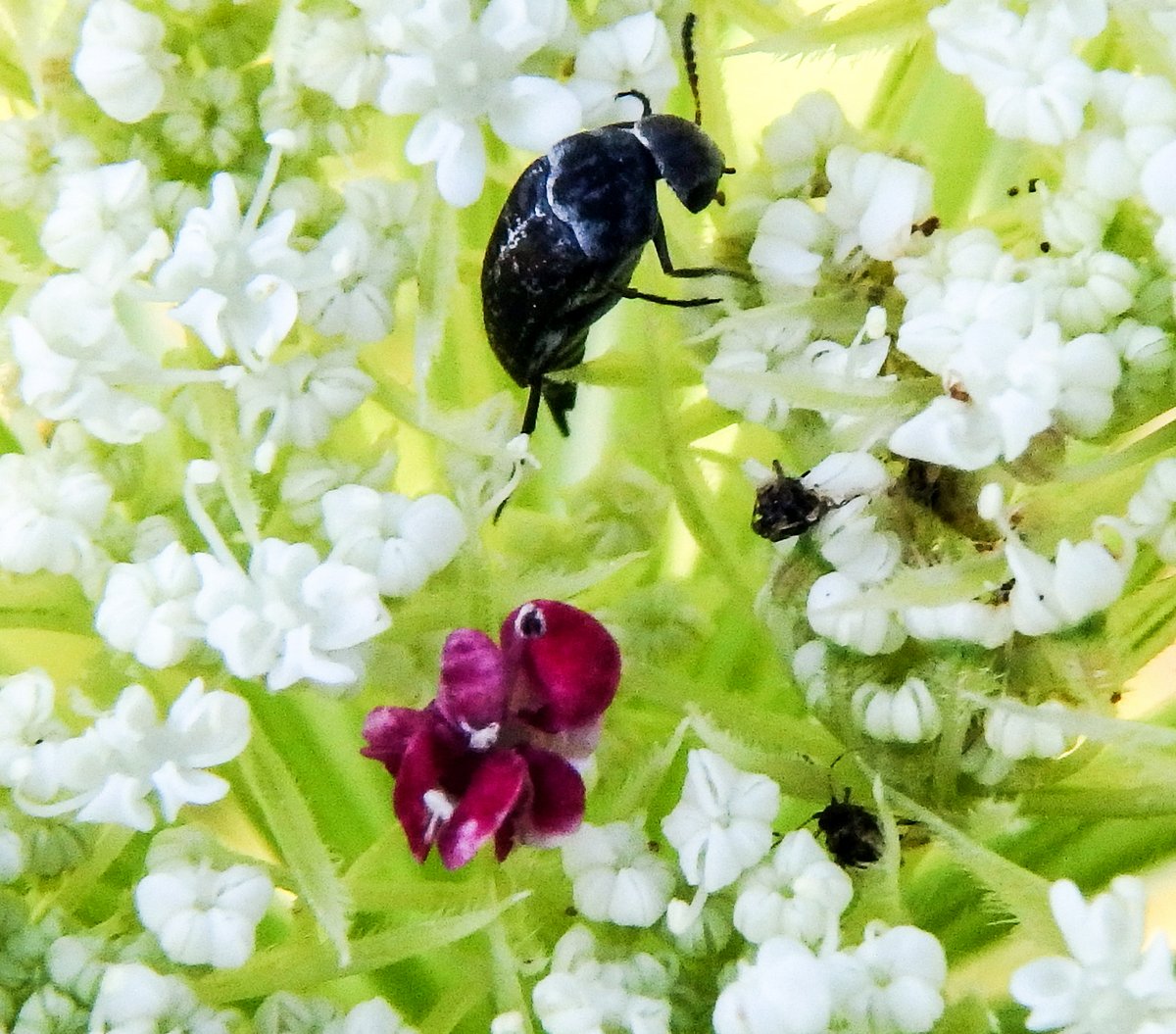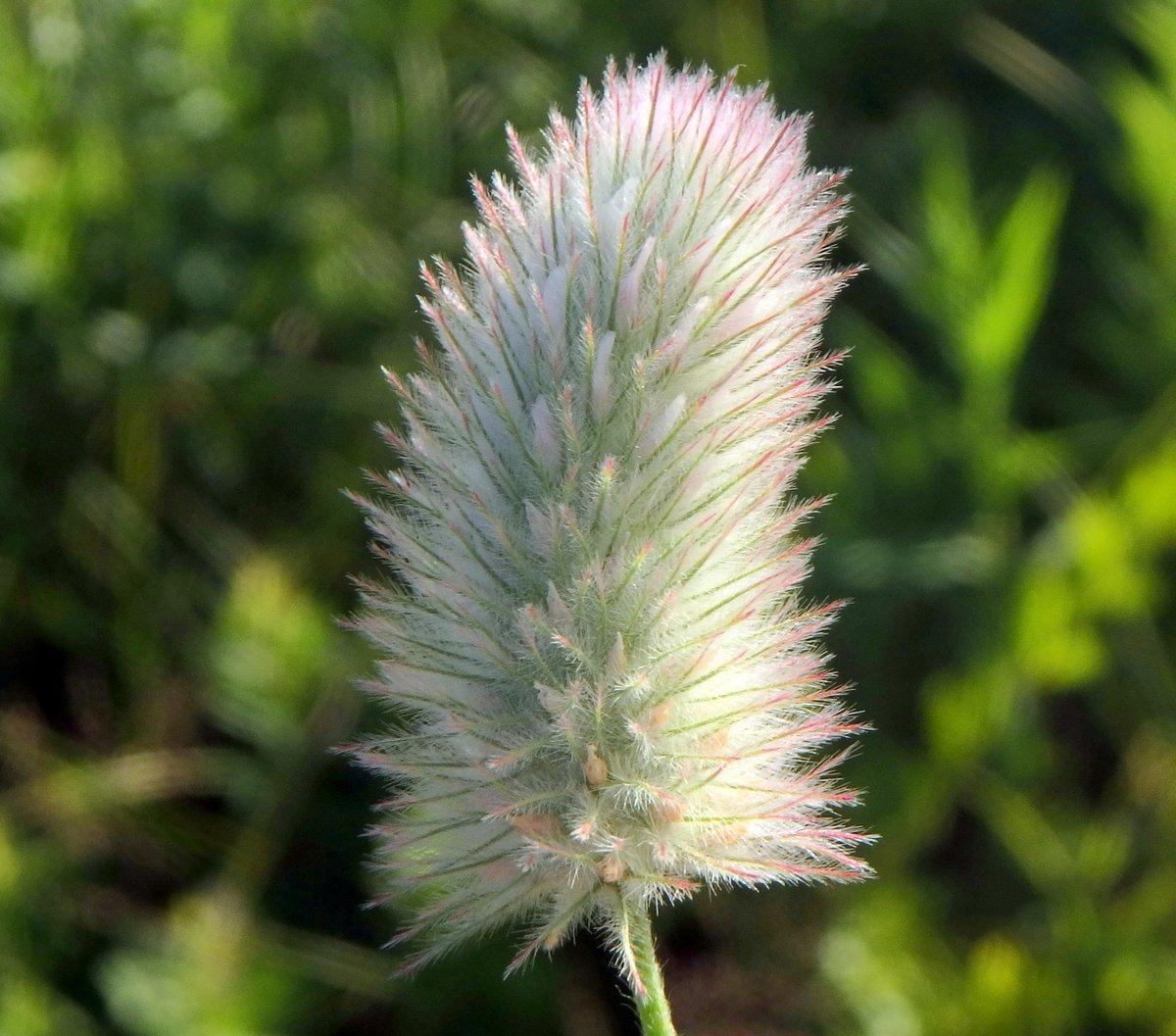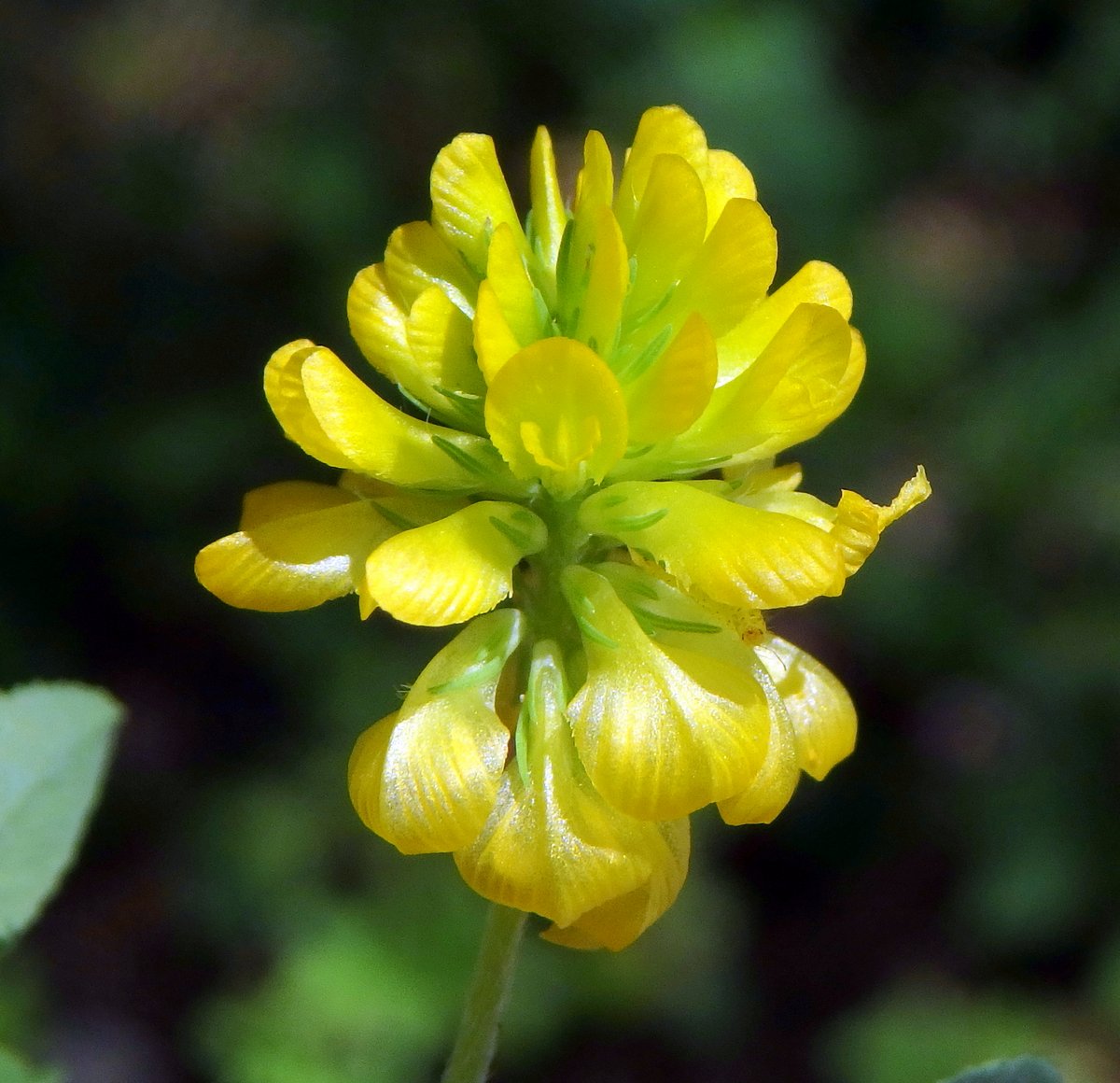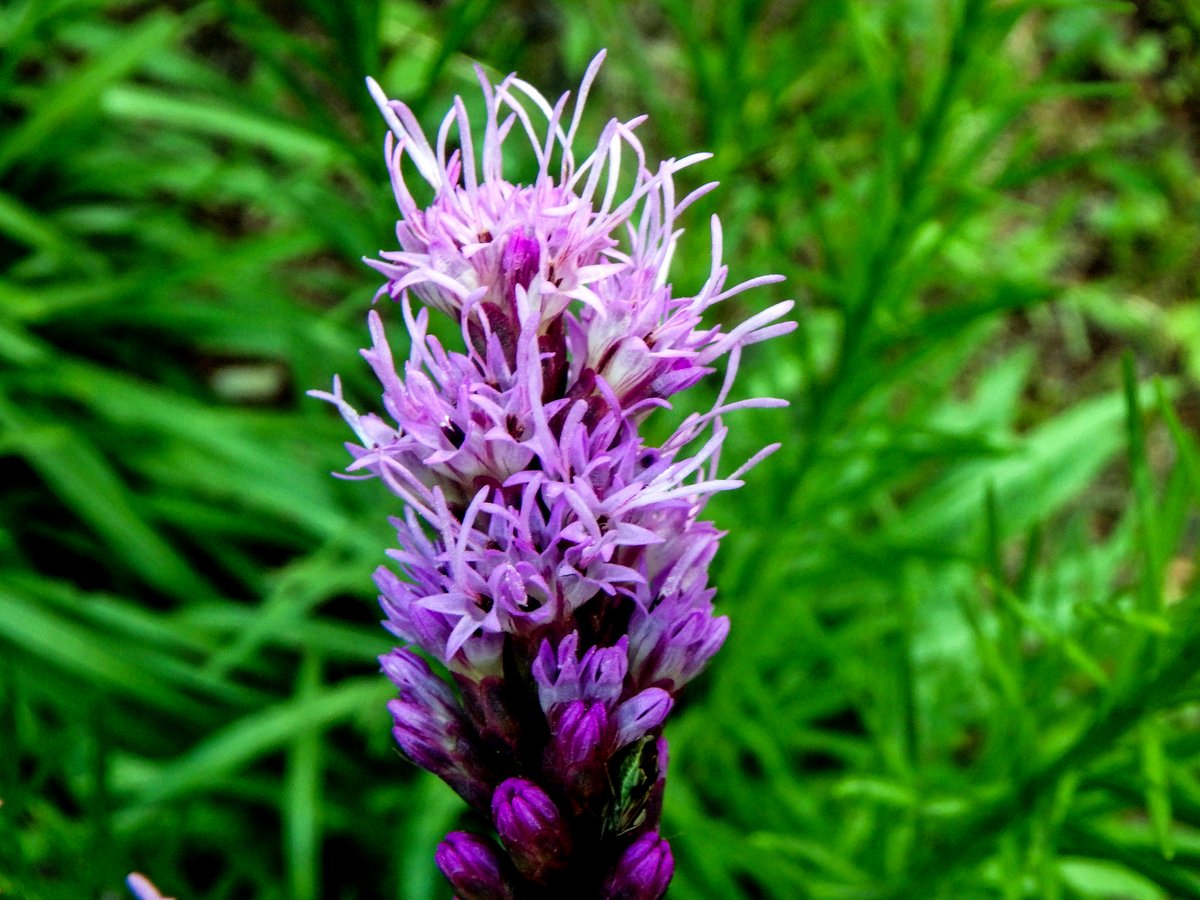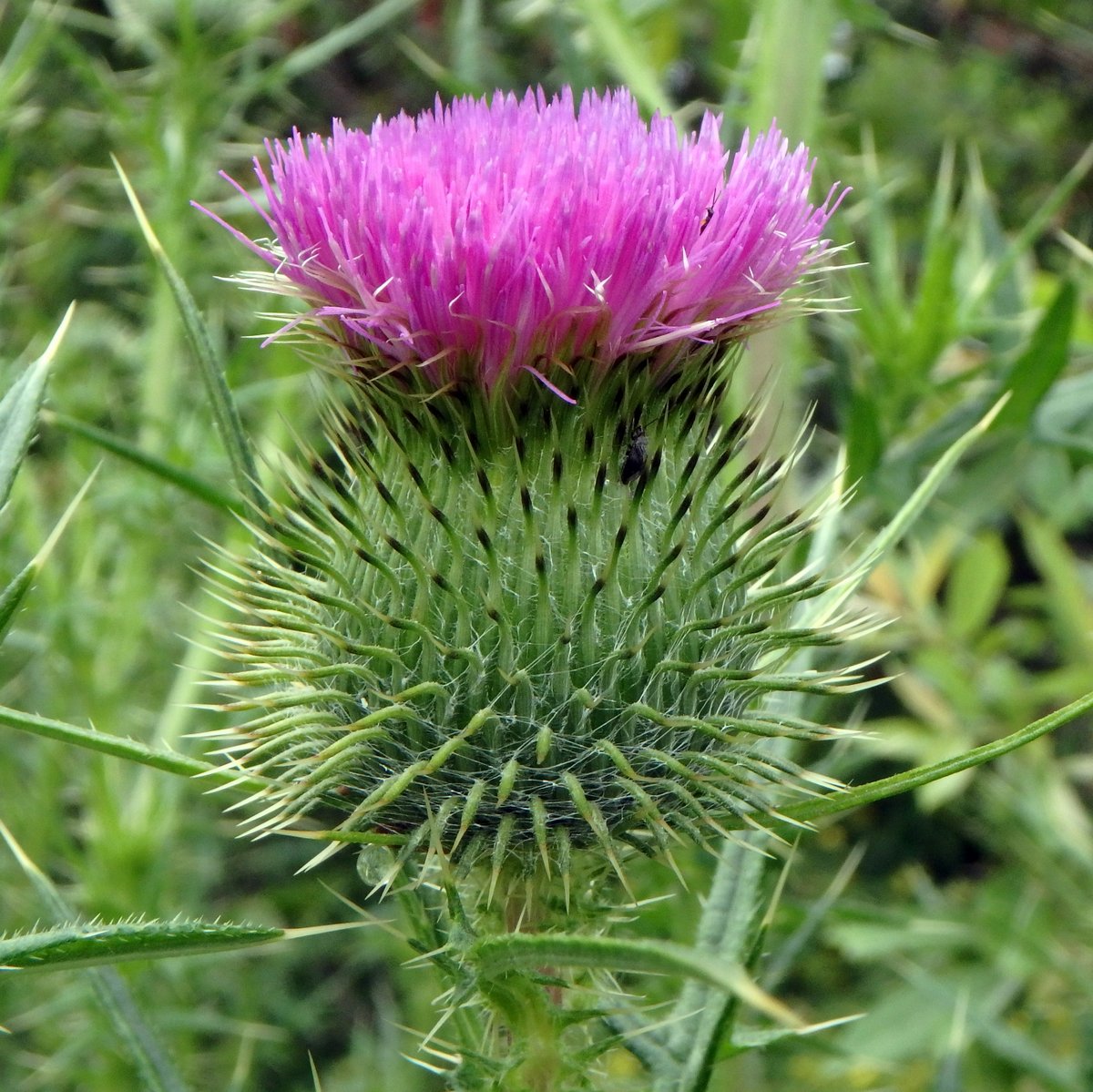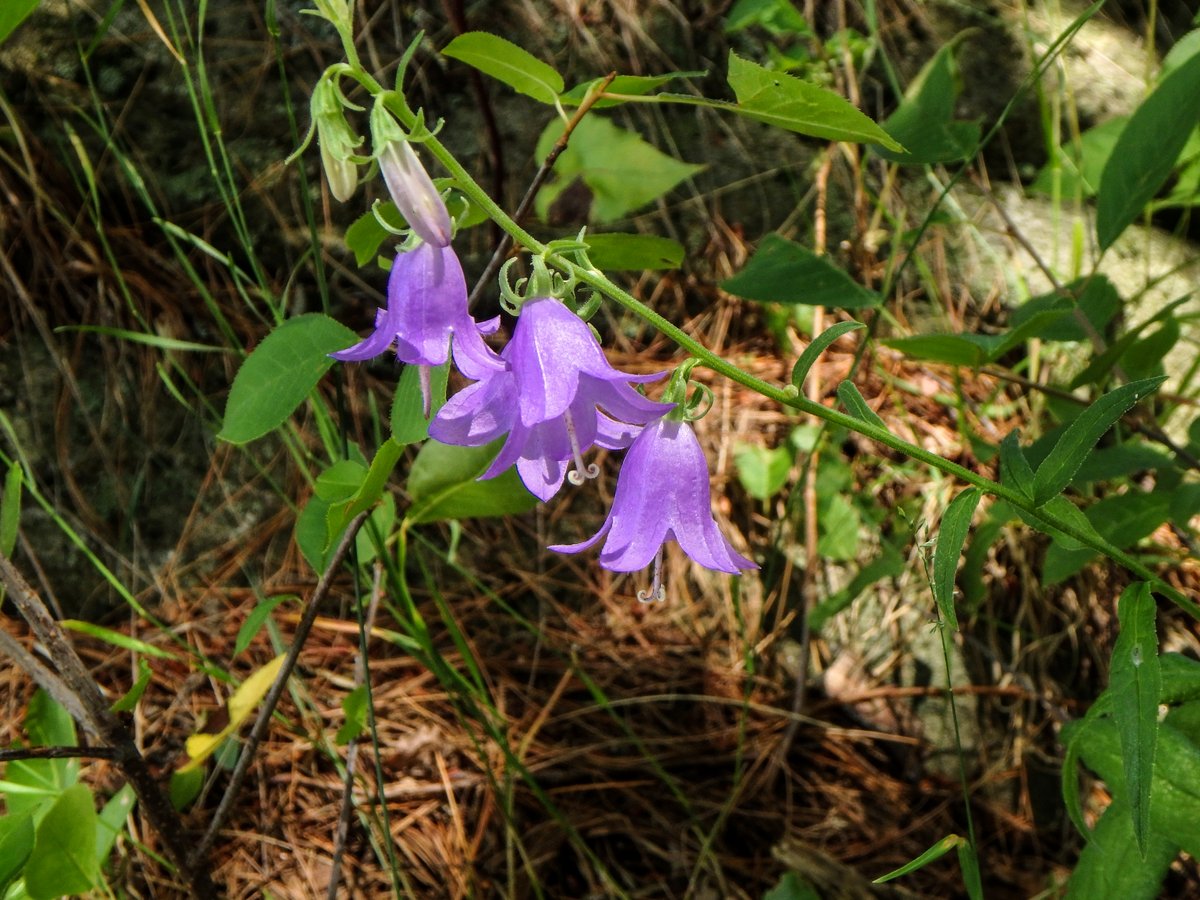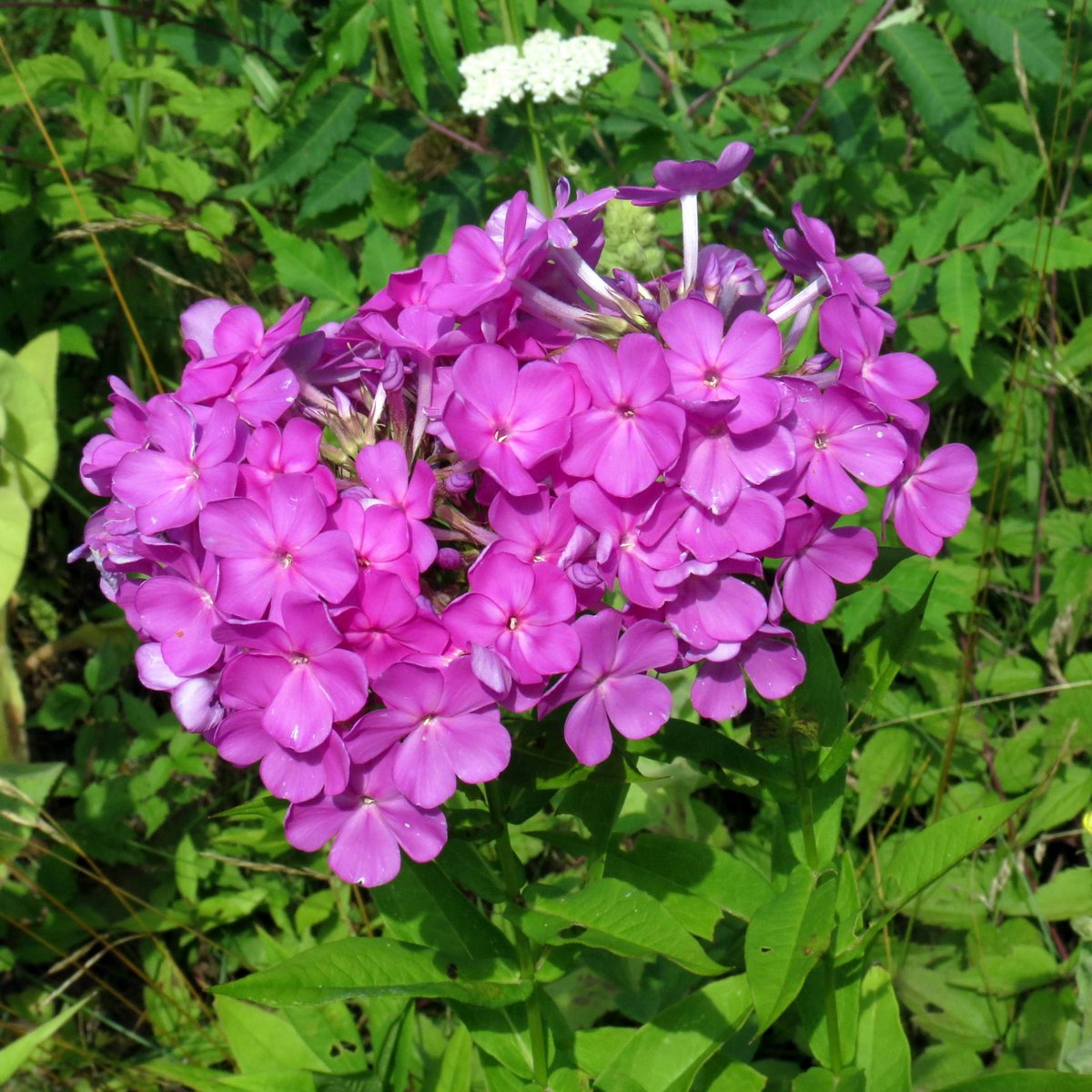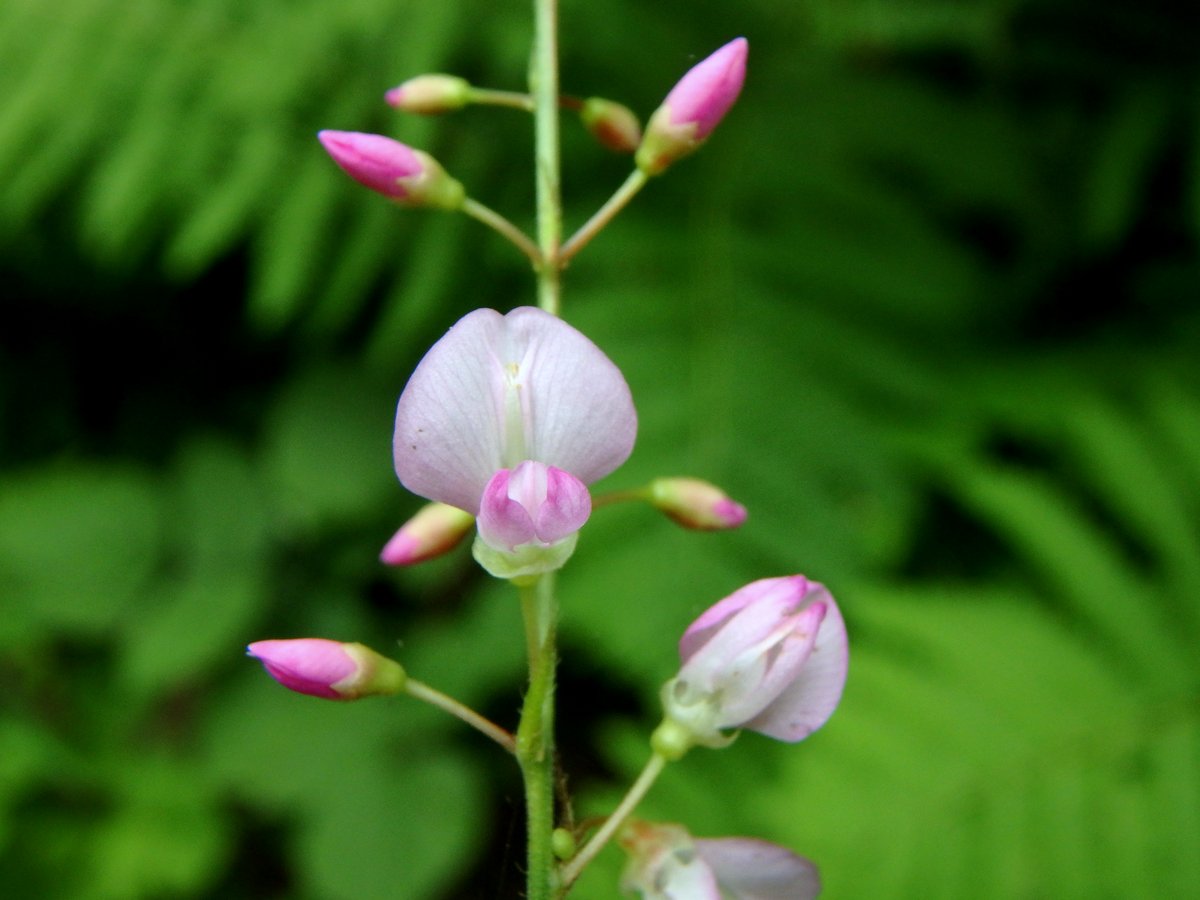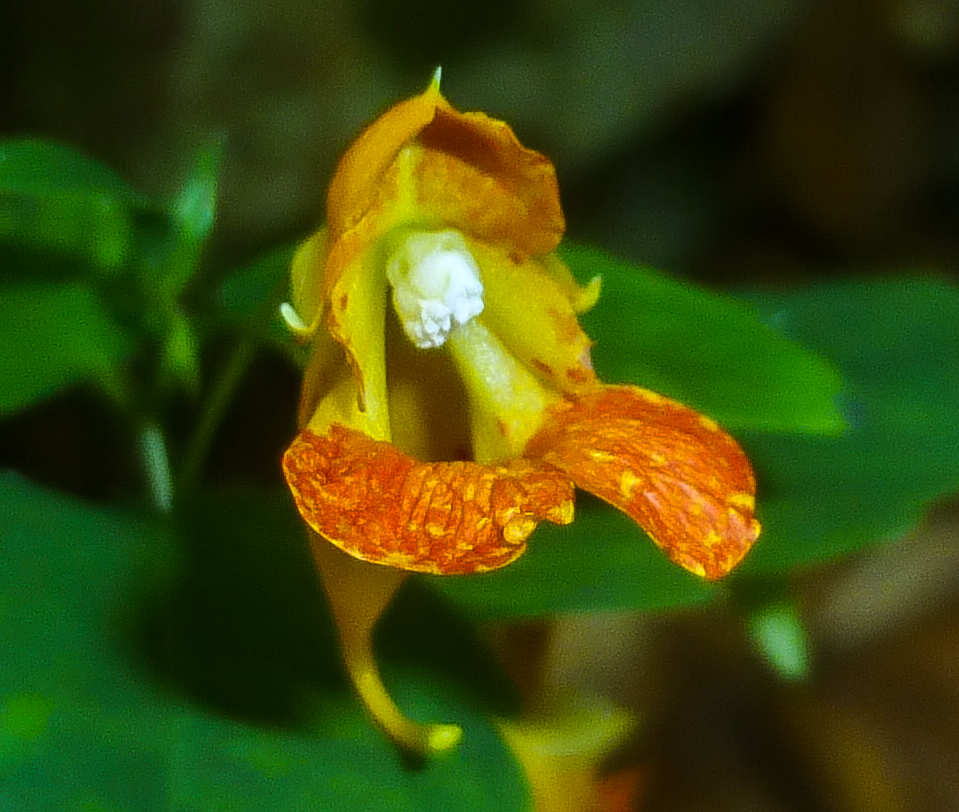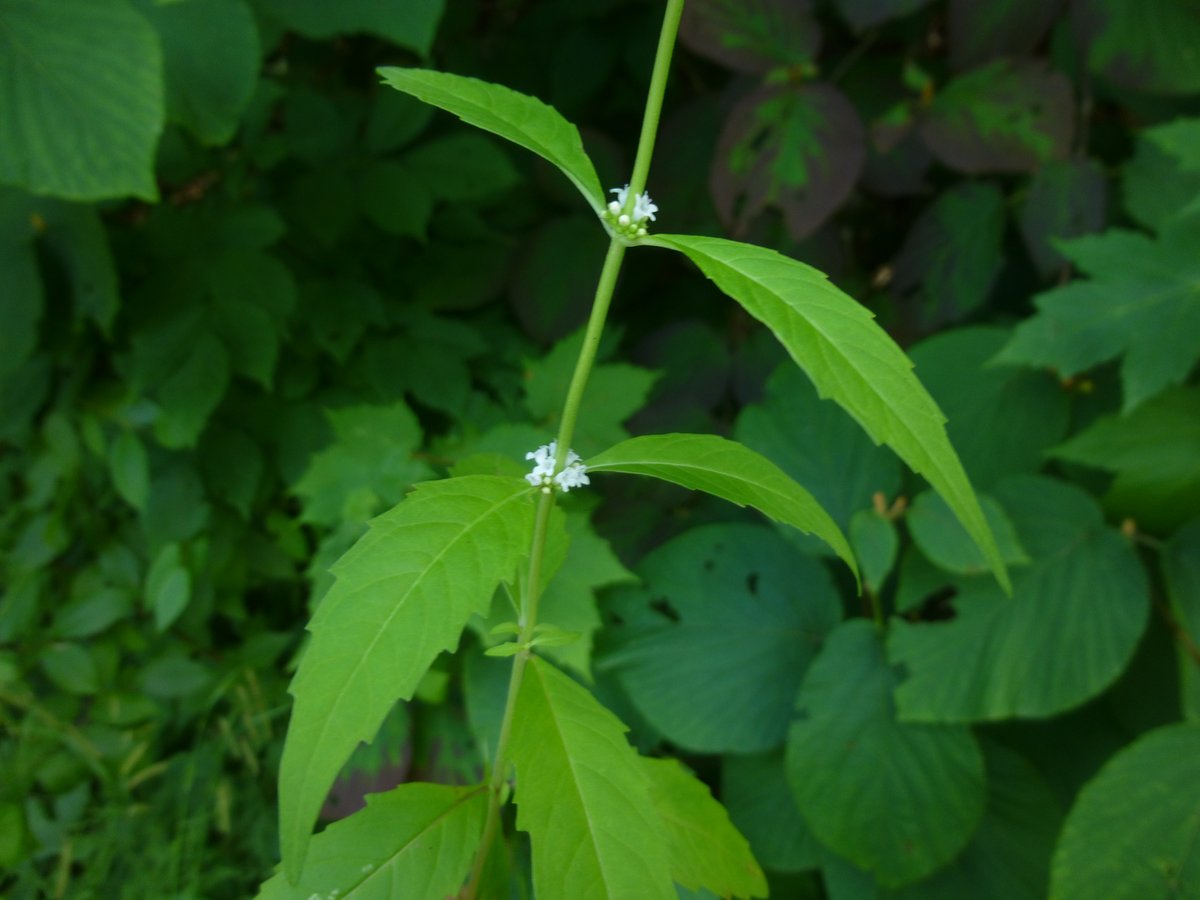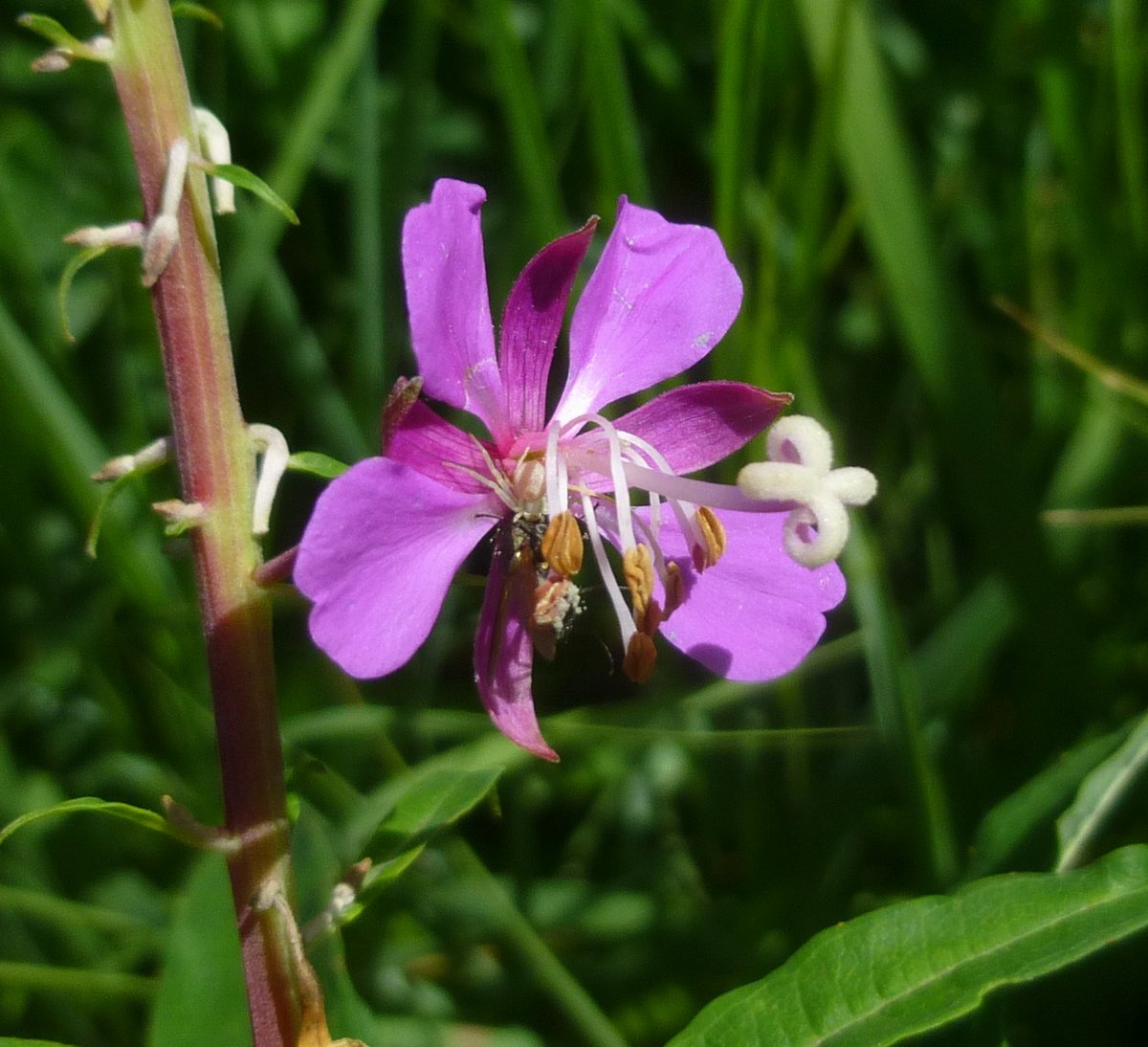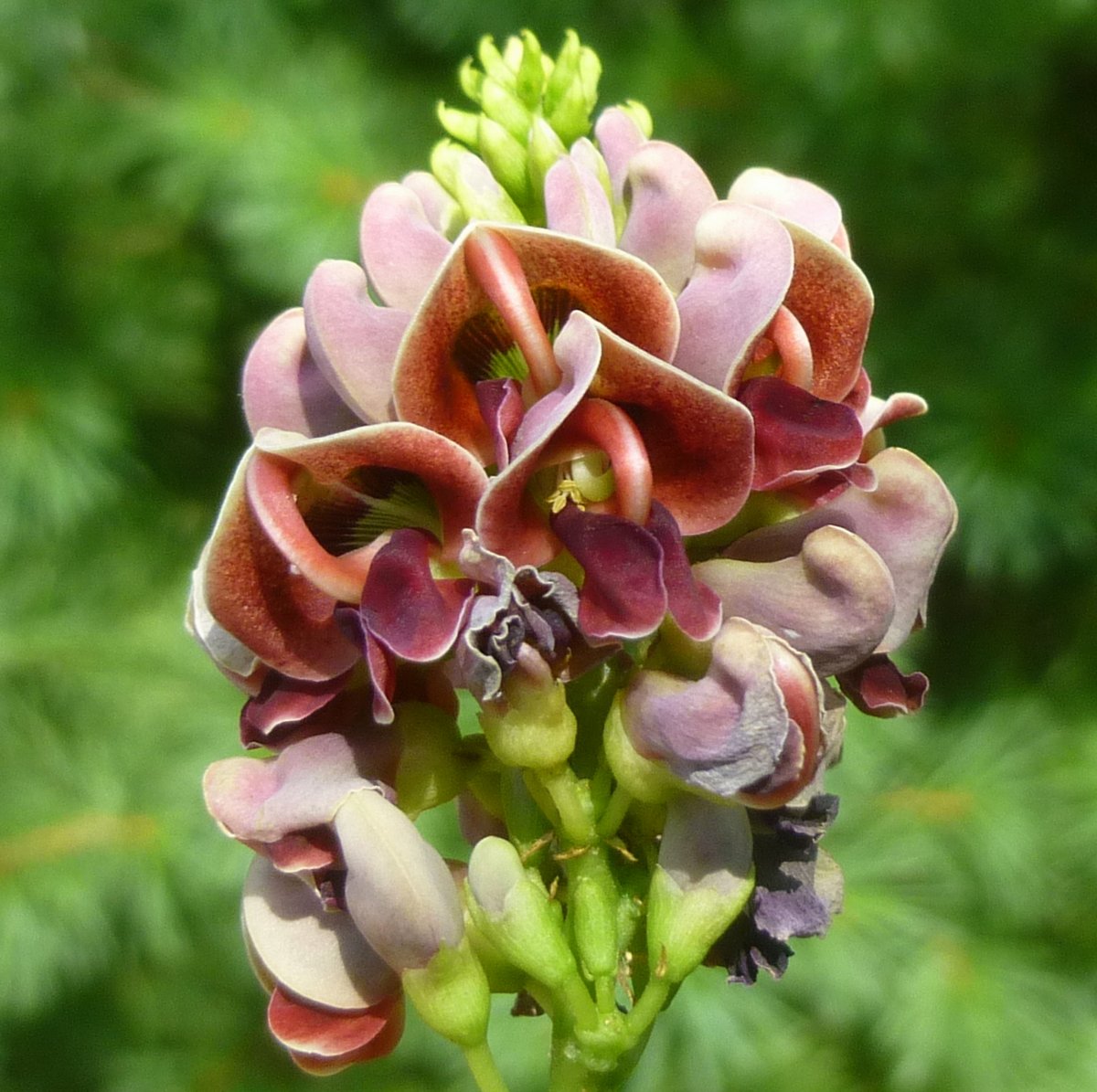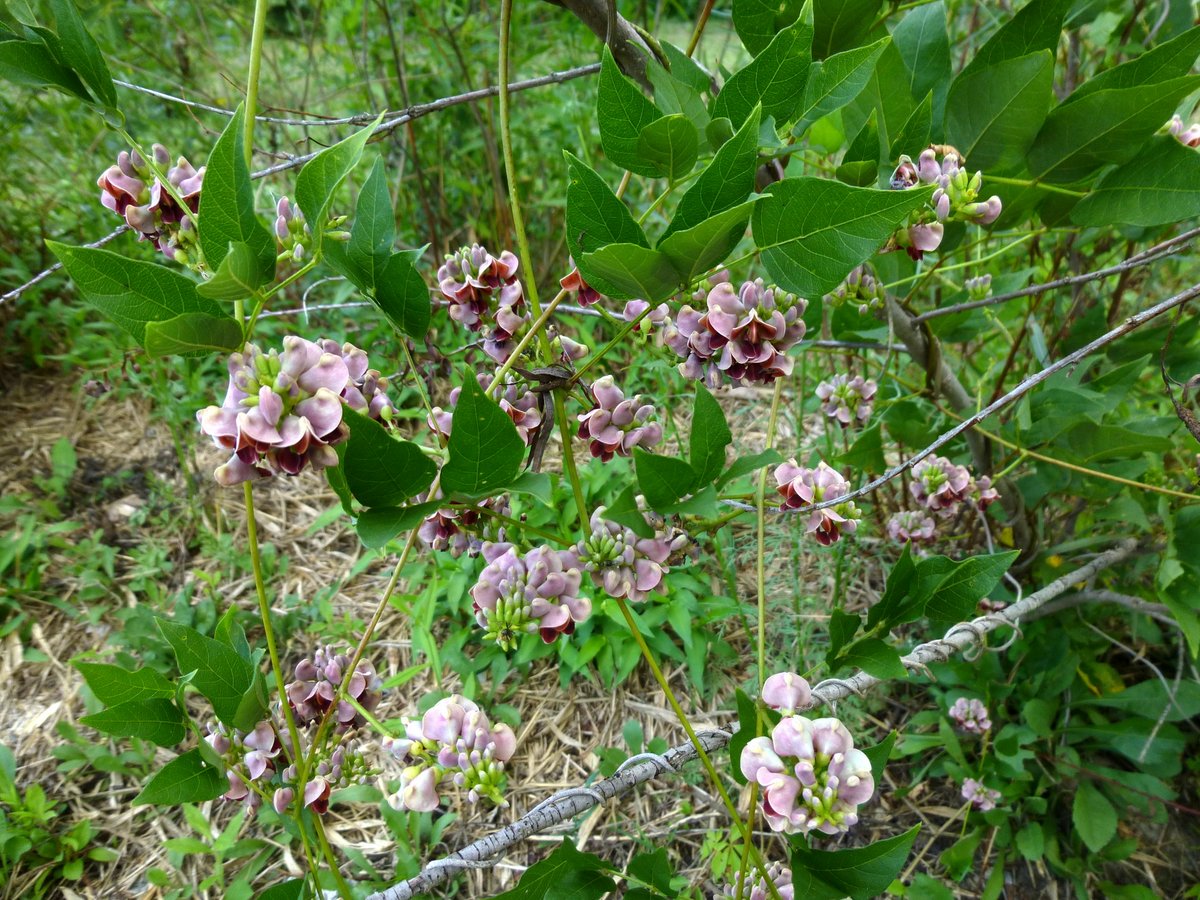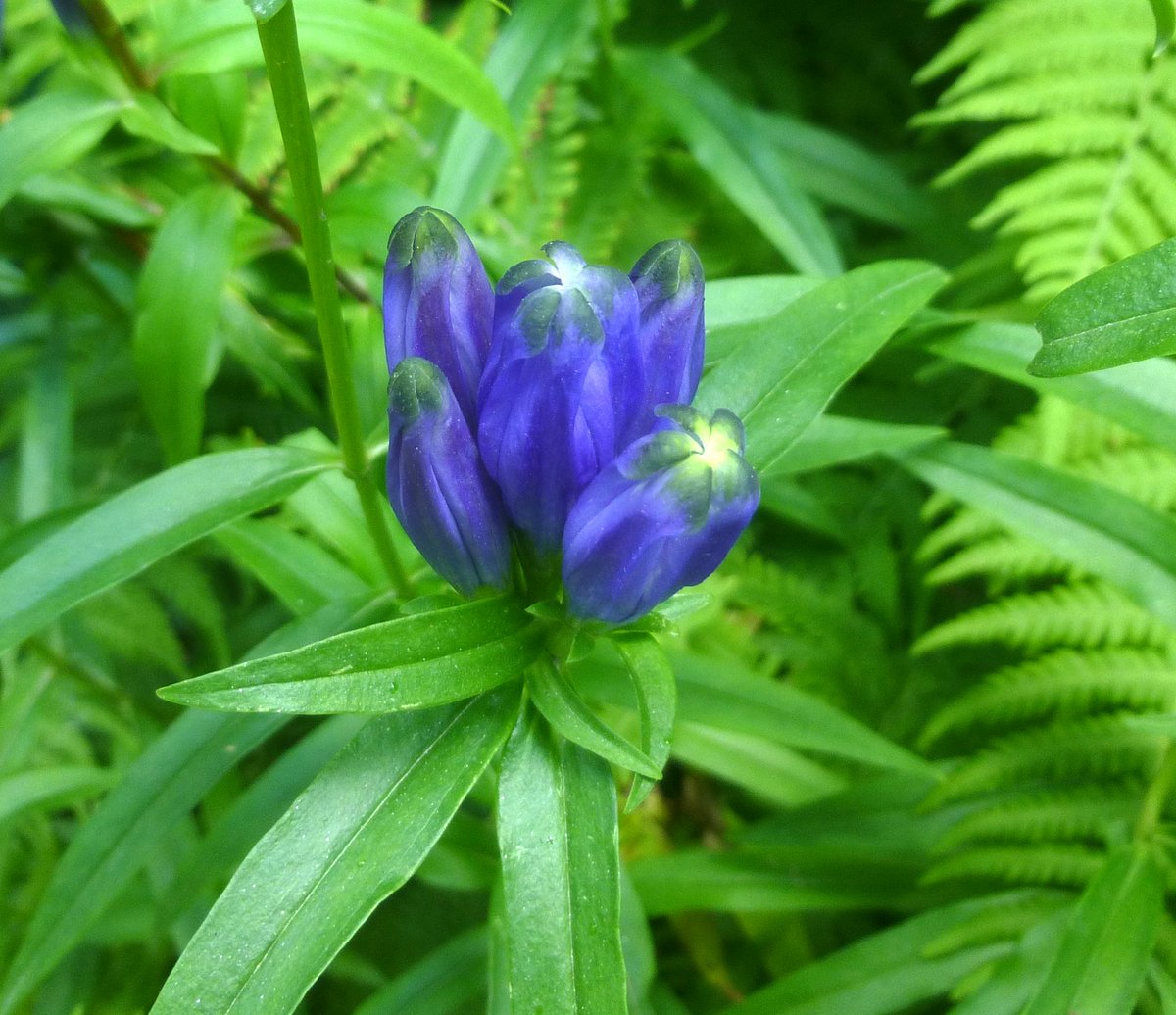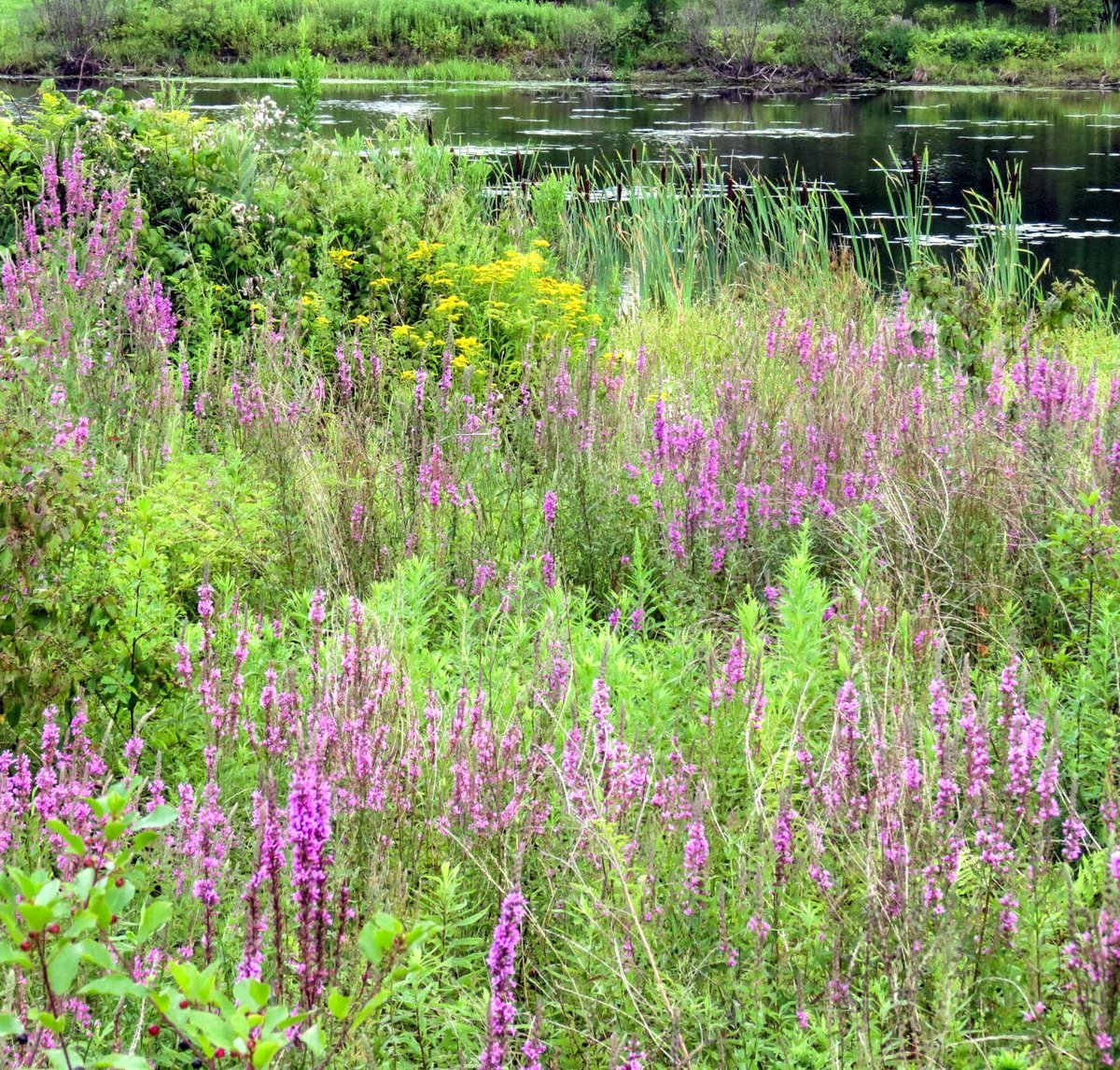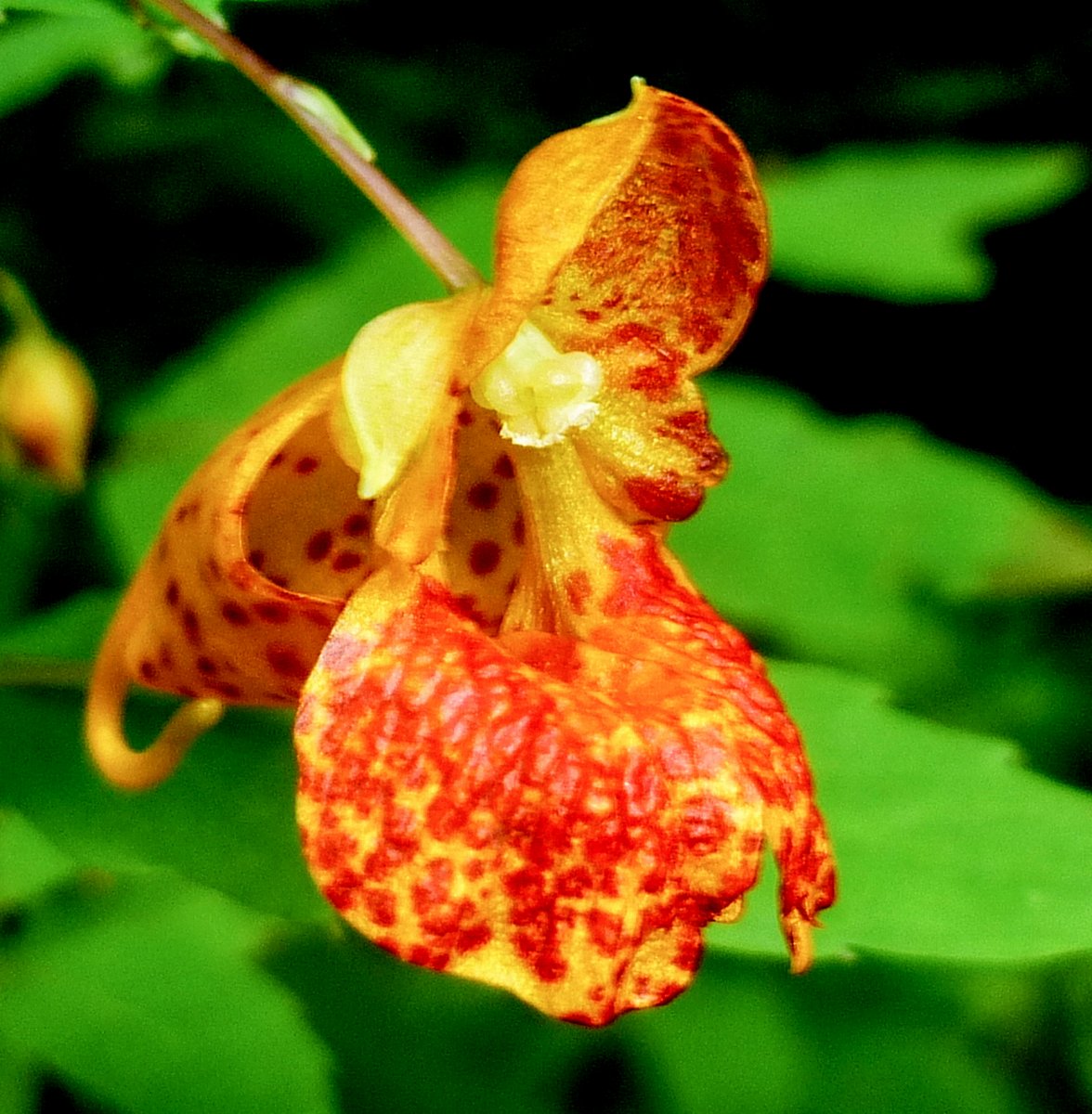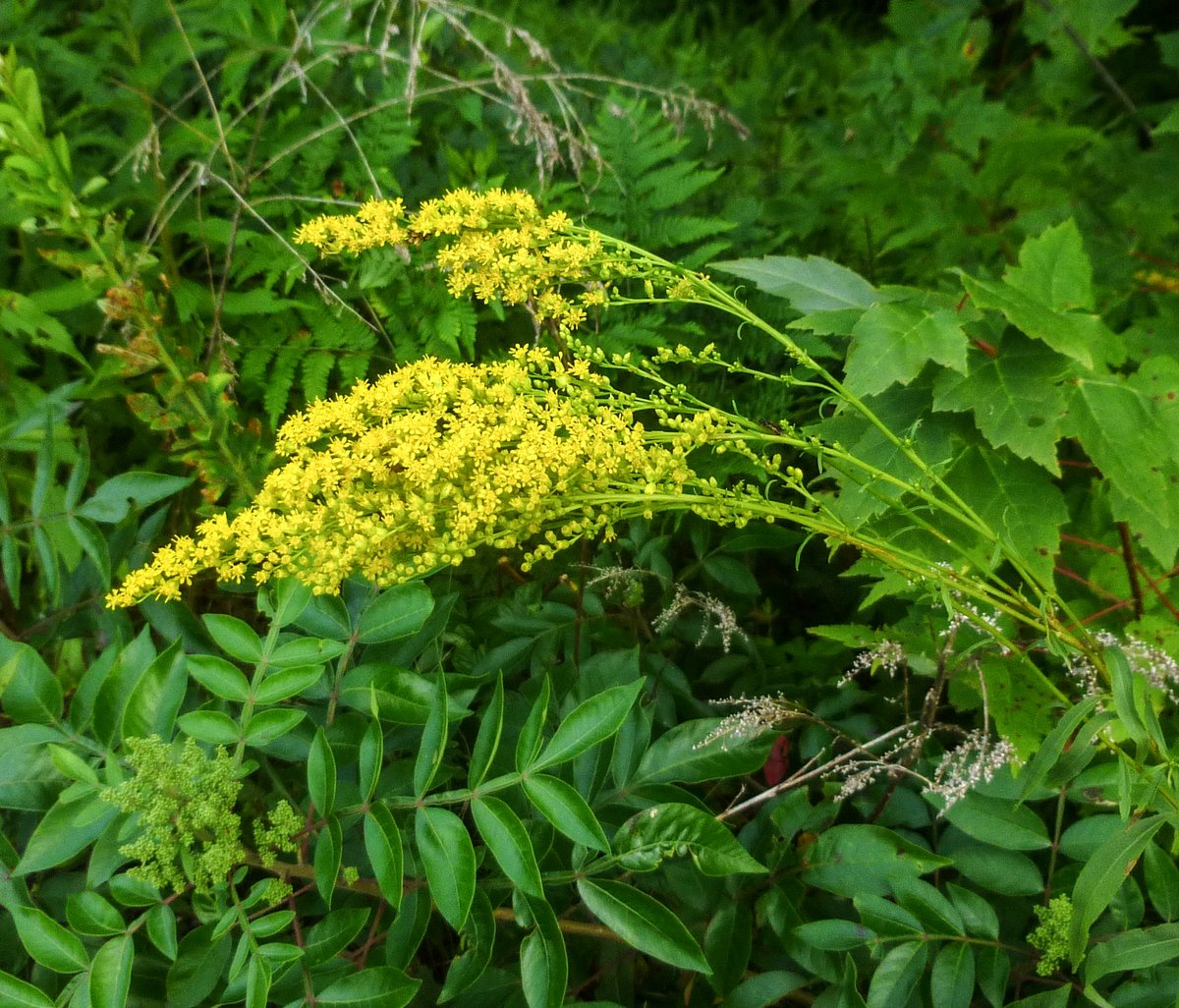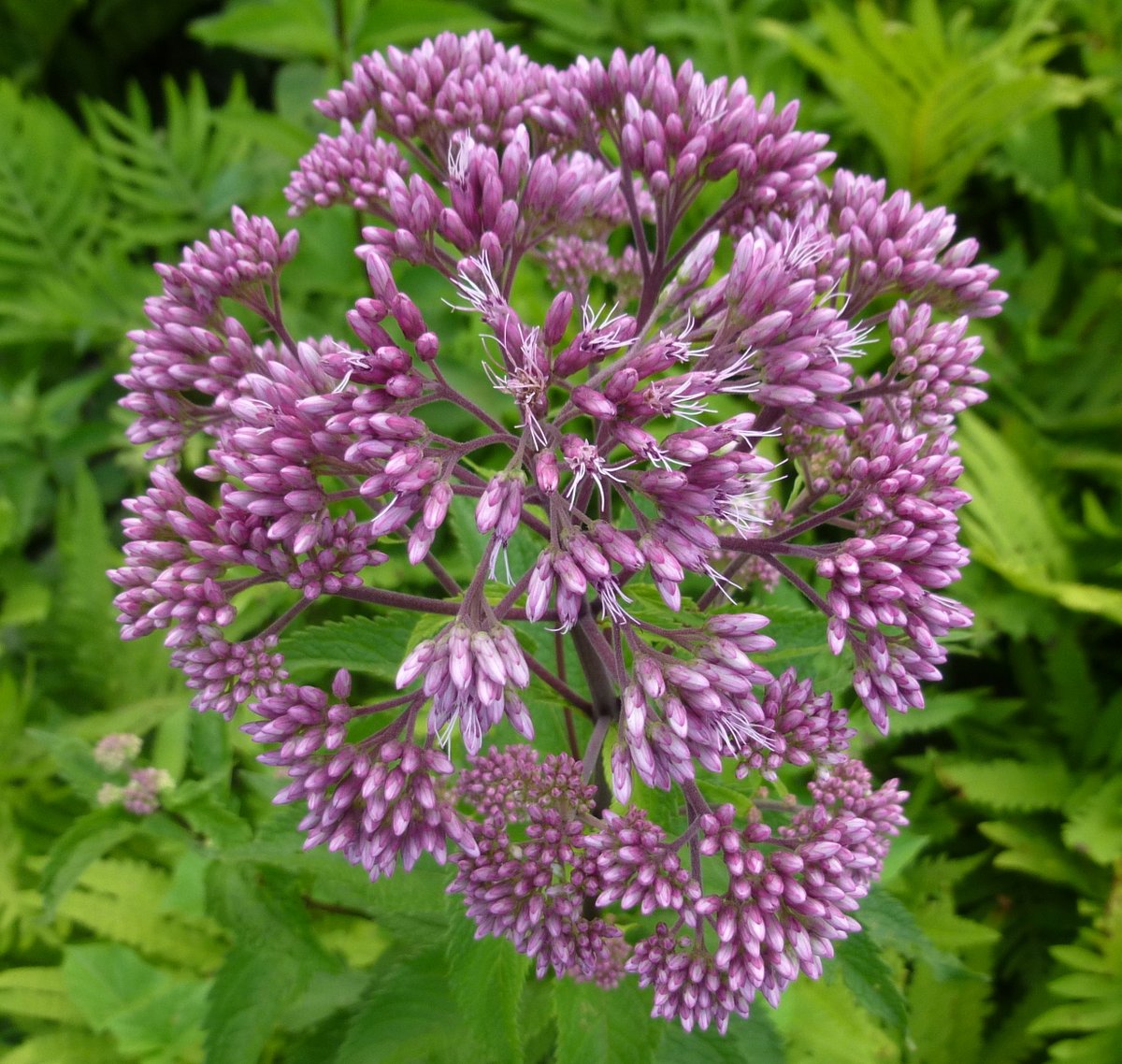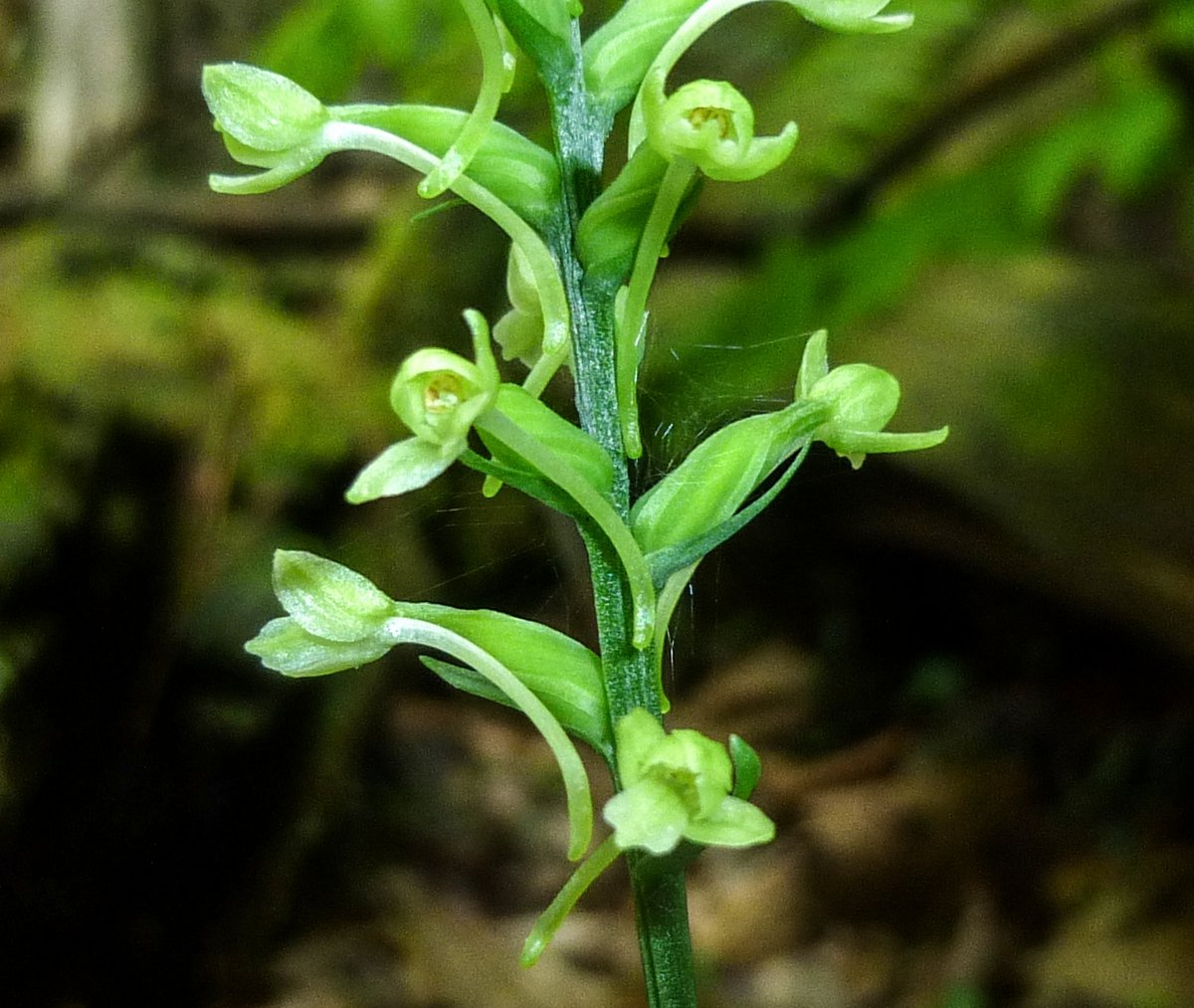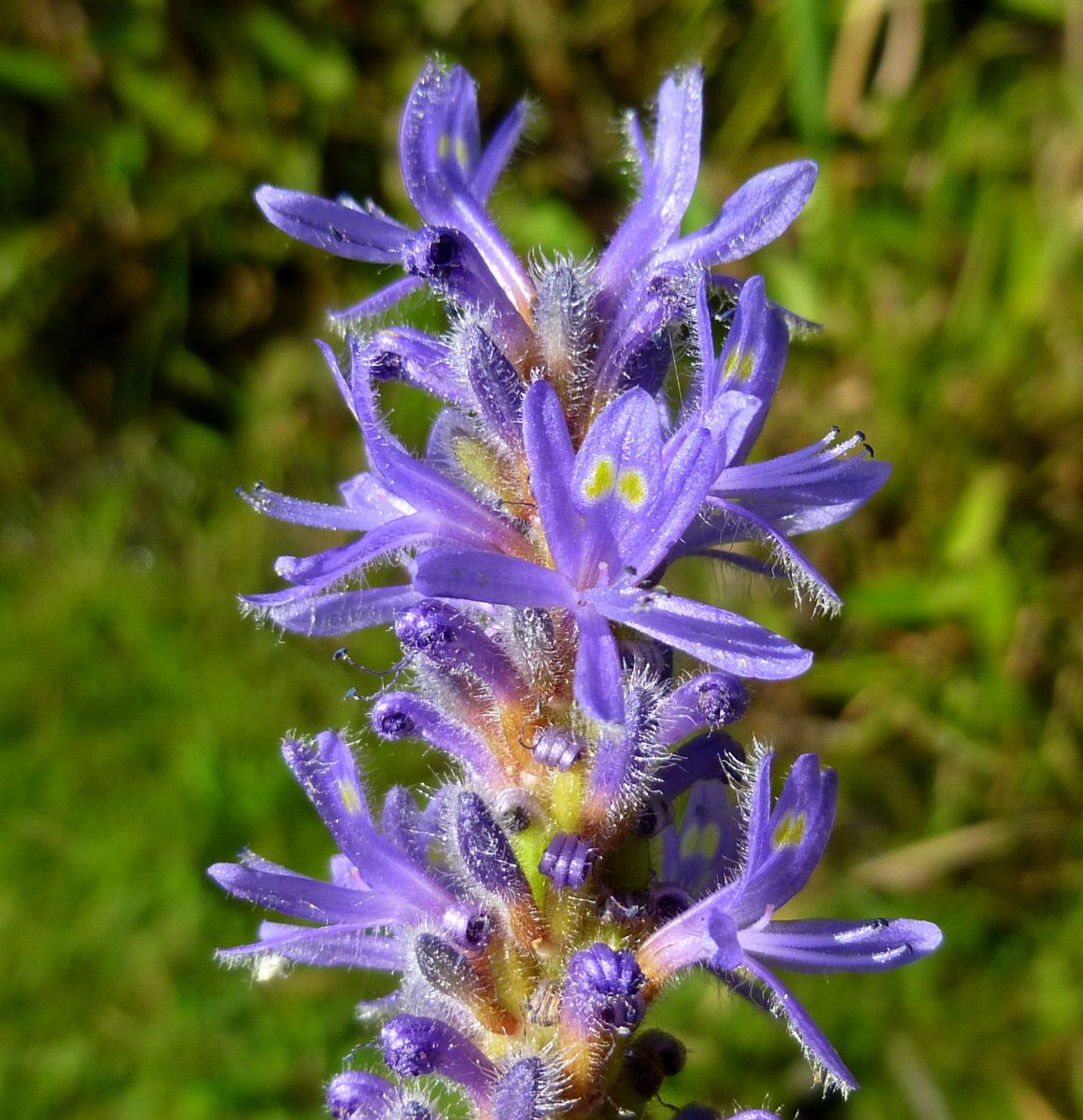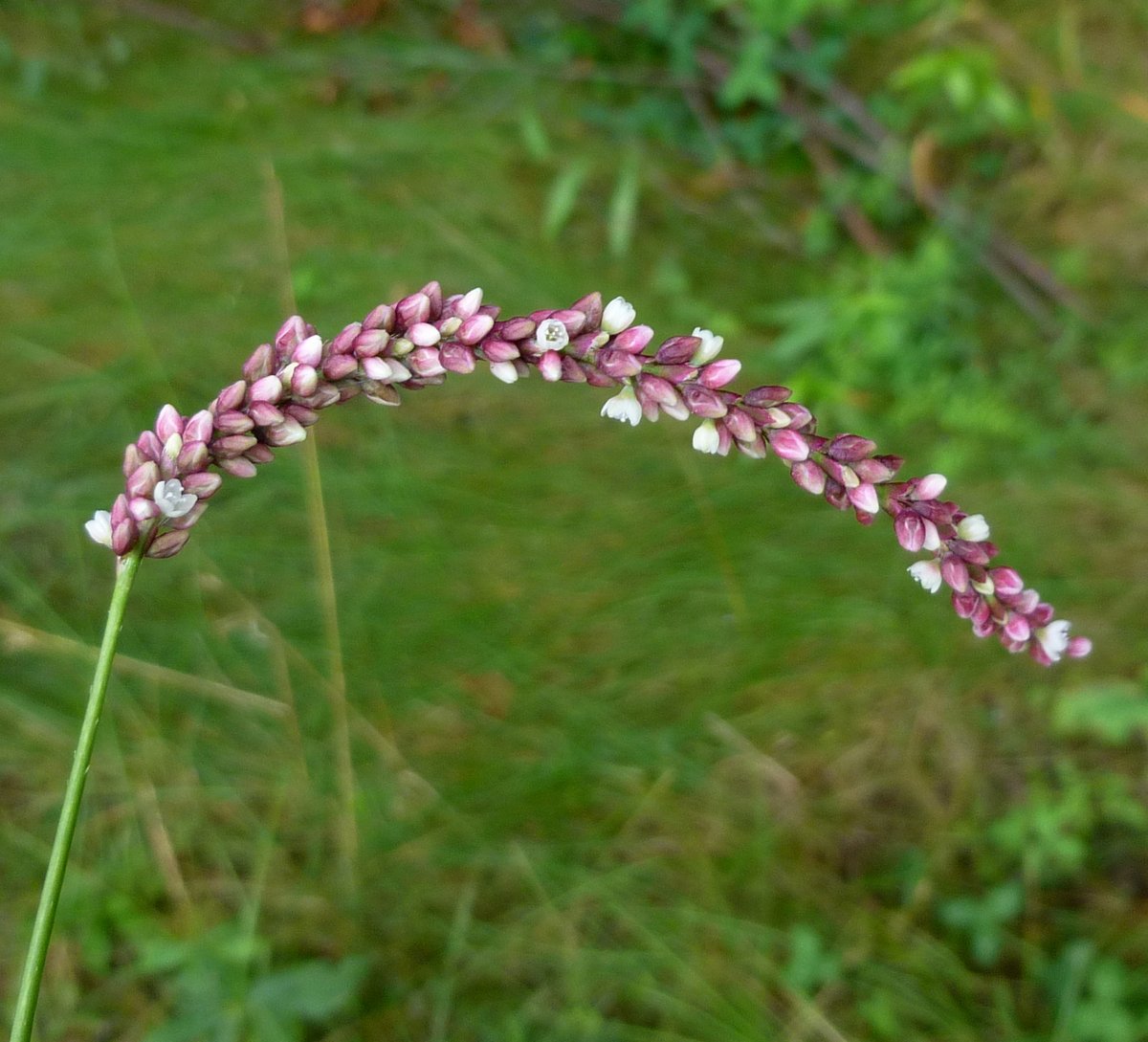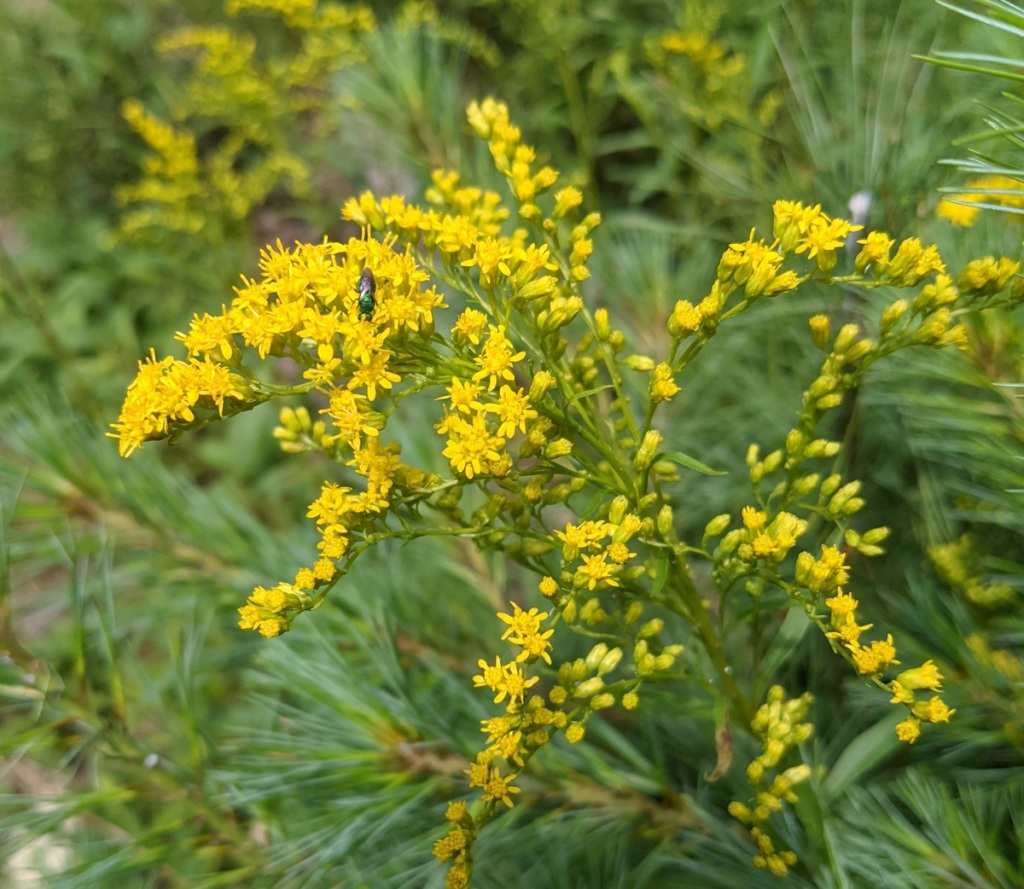
It’s goldenrod time here in this part of New Hampshire and though our first goldenrod to appear is usually gray goldenrod this year the first one I’ve seen is what I believe to be early goldenrod (Solidago juncea.) I love to see the fields full of beautiful yellow flowers but goldenrod to me means fall is knocking on the door, so my love of the color is tempered a bit with a wistful sense of summer’s passing.
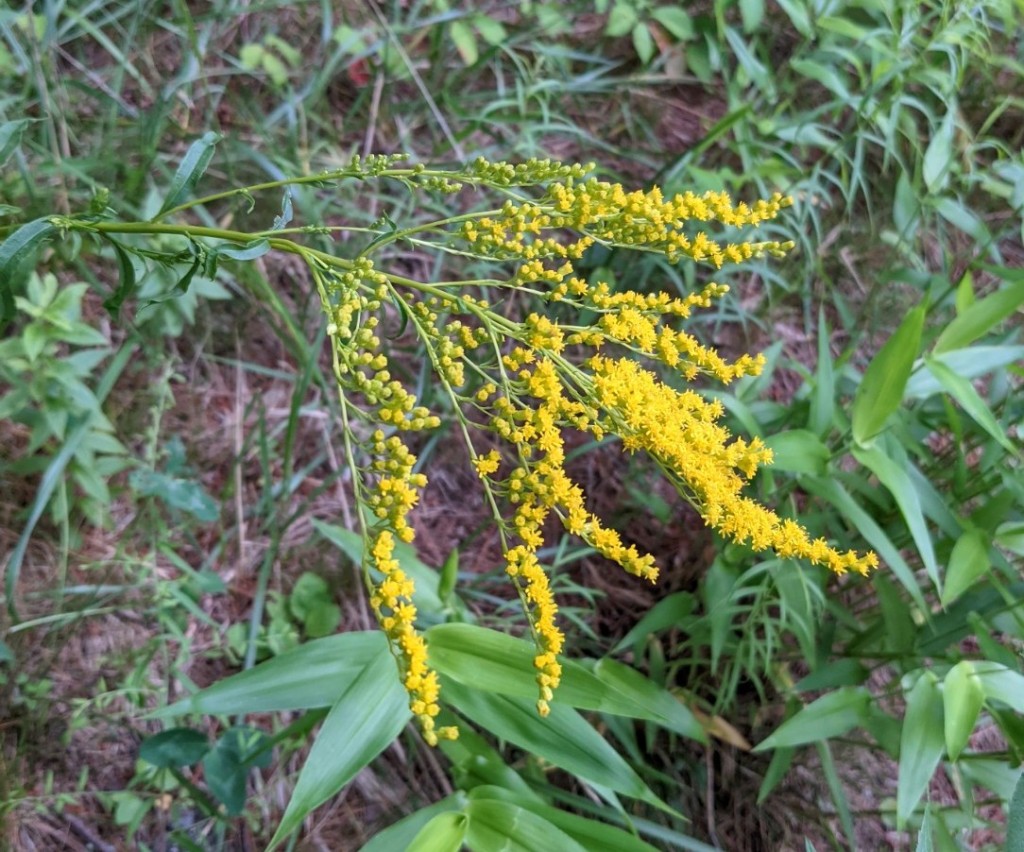
Gray goldenrod (Solidago nemoralis) always looks like the wind has blown all the flowers to one side of the stem, and it usually leans in the direction of the flowers. It has just started blooming while I was working on this post.
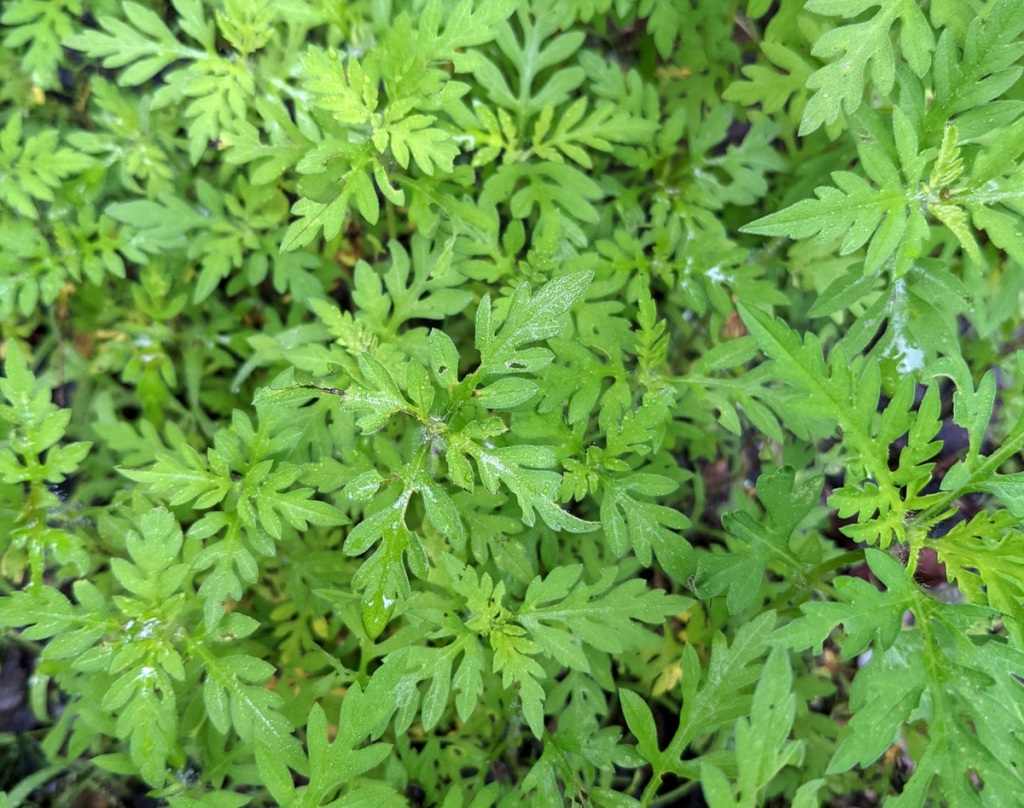
Though goldenrod gets blamed for all of the sneezing and watery eyes at this time of year ragweed, like the plants shown here, are what really cause many allergic reactions. Pollen grains that cause hay fever symptoms are very small and dust like and carried by the wind, and those are found on plants like ragweed. The pollen grains of goldenrod are large, sticky, and comparatively heavy and can only be carried by insects. Even if you put your nose directly into a goldenrod blossom, it is doubtful that you would inhale any pollen. But because people see goldenrod blooming everywhere and they don’t see the ragweed, goldenrod gets the blame. People seem to focus their anger on what they believe rather than on fact, and some refuse to accept the truth even when it’s right in front of them. I’ve had people actually tell me that I didn’t know what I was talking about when I told them that goldenrod wasn’t making them sneeze.
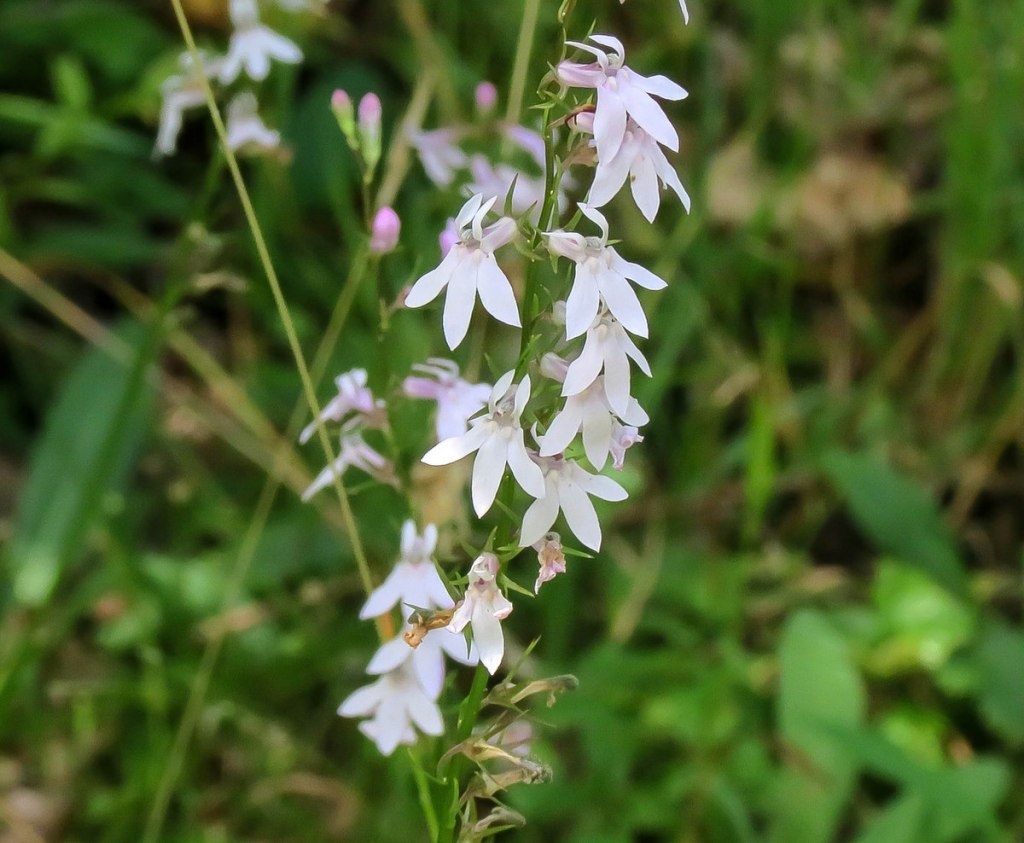
July is the month pale spike lobelia (Lobelia spicata) appears. The plant gets its common name from its foot tall stems full of small, pale blue to almost white flowers. The examples shown here certainly looked white to me but they grew side by side with dark blue ones. Native Americans had many medicinal uses for lobelia and one of them was as a treatment for asthma. The plant must have worked well because early explorers took it back across the Atlantic where it is still used medicinally today. It has to be used with great care by those who know how to use it though, because too much of it can kill.
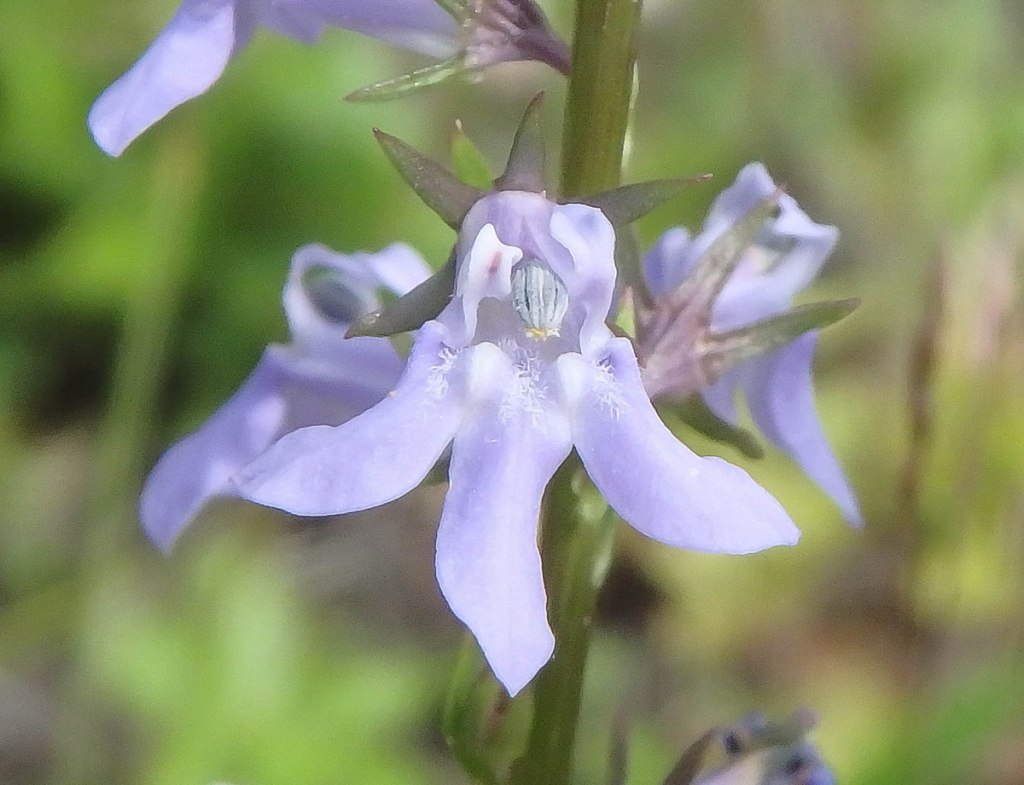
Pale spike lobelia flowers are small; hardly bigger than a standard aspirin. Each flower has an upper lip that is divided into 2 lobes and a larger lip that is divided into 3 lobes. A dark blueish stigma sits between the upper 2 lobes. The petals are fused and form a tube. It looks like the two lobes on the upper lip of this example were having trouble unfolding but that was alright; it’s obvious that an insect wouldn’t have any problem finding what it was looking for. I love all flowers but the tiny ones that make you crawl in the grass and do some work to see them are often quite exceptional, and always worth the effort.
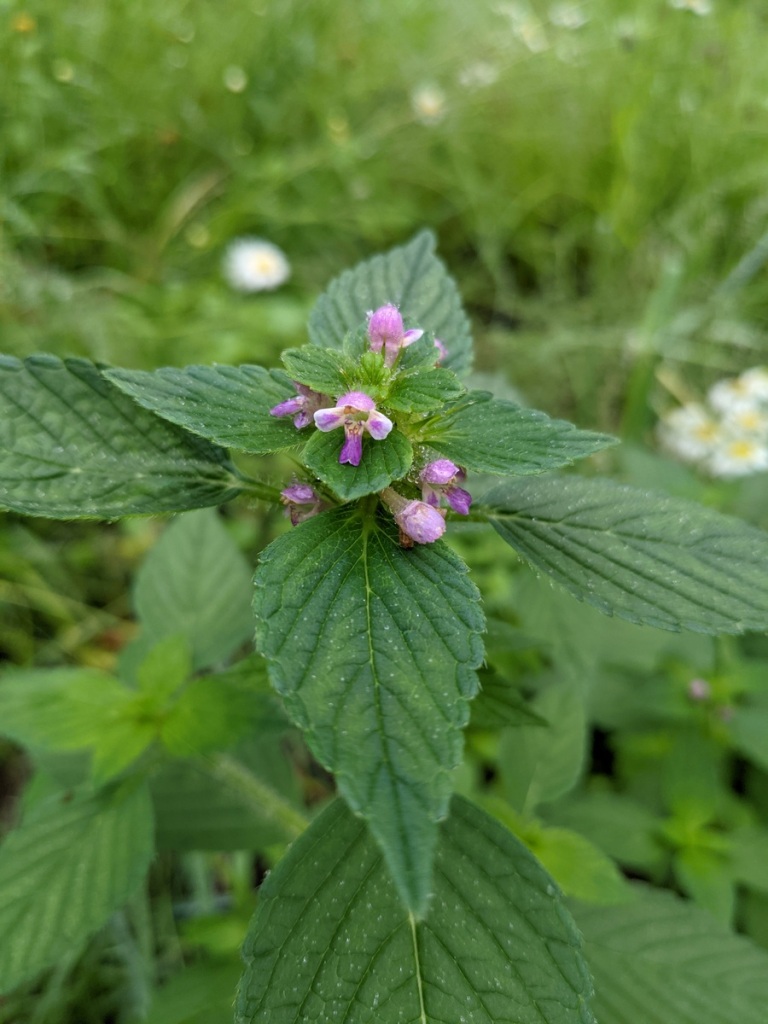
Brittle stem hemp nettle (Galeopsis tetrahit) has just started blooming, with tiny flowers appearing on rather large, foot and a half tall plants. It is originally from Europe and Asia and is considered highly invasive in some areas. It is an annual, growing new from seed each year. Its flowers grow in whorls near the top of the plant, which is often branched.
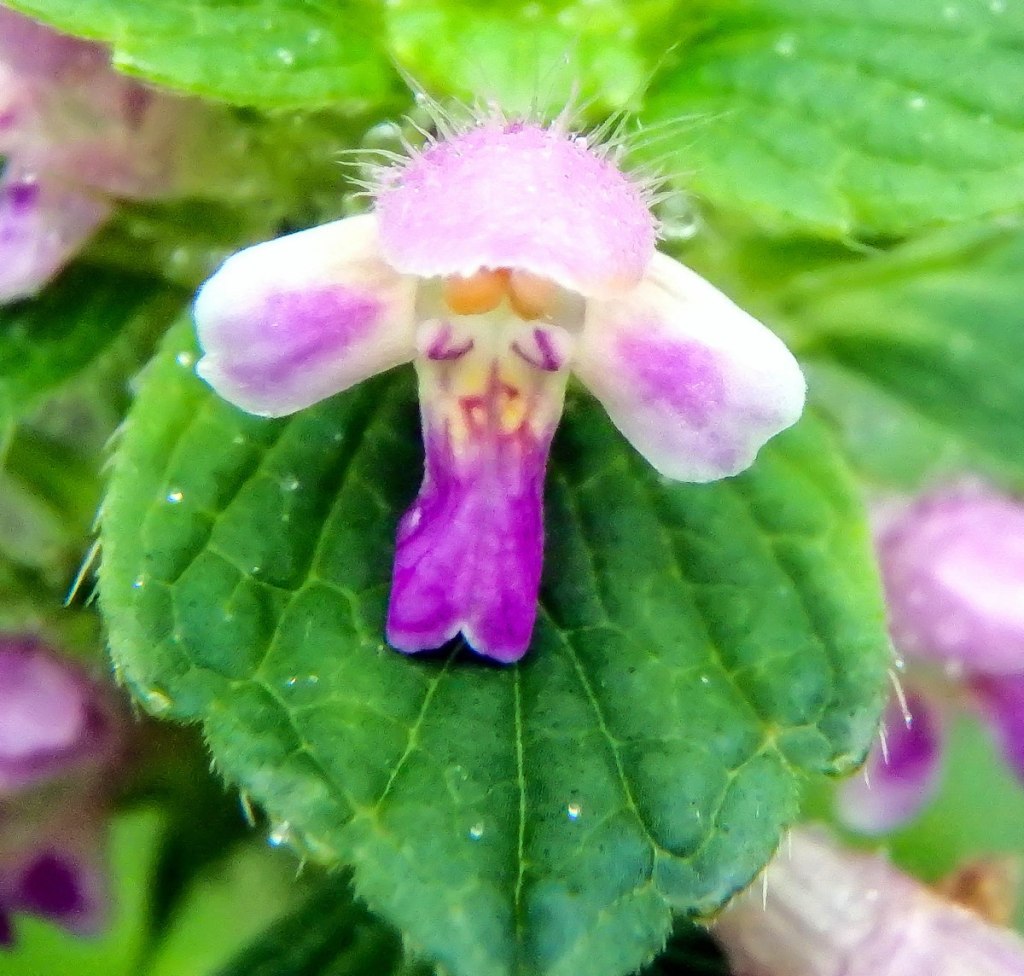
Brittle stem hemp nettle flowers have a large yellow and purple, 3 part lower lip where insects can land. From there insects can follow purple stripes into the blossom. Once inside they’ll pick up some pollen from the 4 stamens that arc along the inside of the upper lip and hopefully pass it on to another flower. The 3/4 inch long flowers have long white hairs on their upper lip and the square stems are also covered in hairs. When you run your fingers over any part of the plant you can feel its stiff, bristly hairs but they don’t embed themselves in you, thankfully.
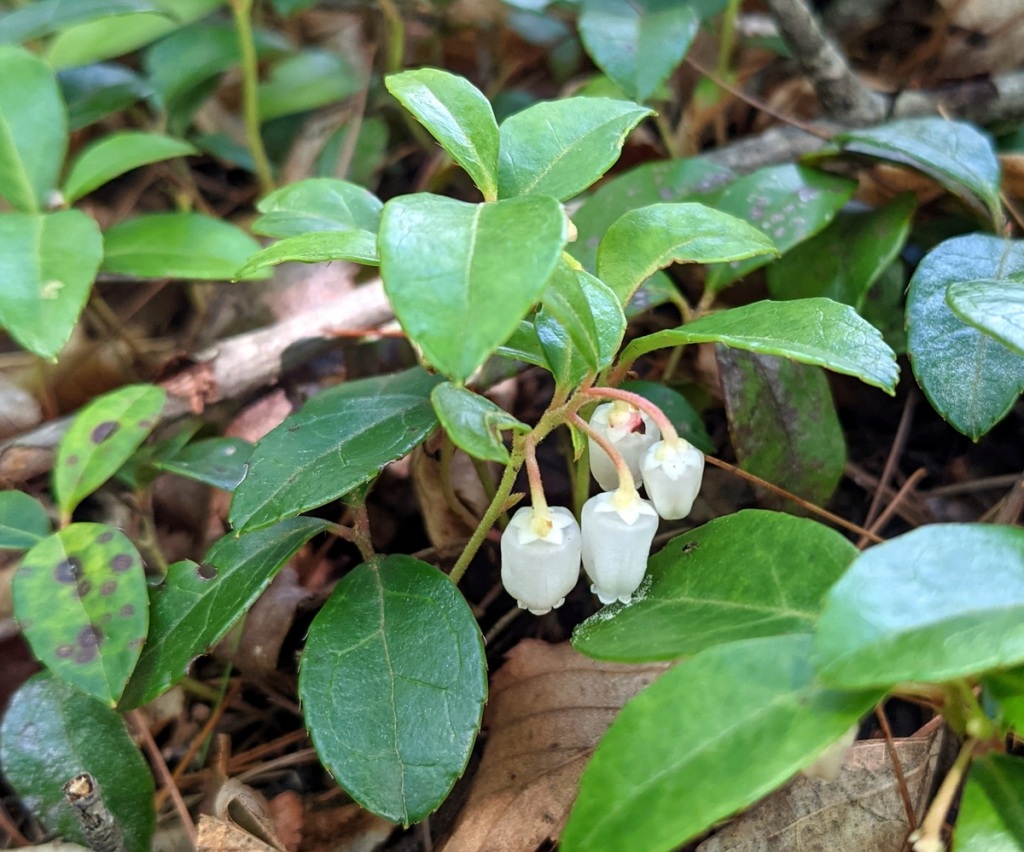
One of the first plants, if not the first, that my grandmother taught me was teaberry, also called American wintergreen (Gaultheria procumbens.) This low growing, 4 inch tall plant is actually considered a shrub, because its woody stems persist through winter. Its blueberry like flowers will turn into small red berries that taste minty, like Teaberry chewing gum. Wintergreen oil has been used medicinally for centuries and the leaves make an excellent, soothing tea. The plant’s fragrance is unmistakable and its oil is used in toothpaste, mouthwash, pain relievers, and many other products. Native Americans used the plant medicinally and chewed the leaves when they went on long hikes.
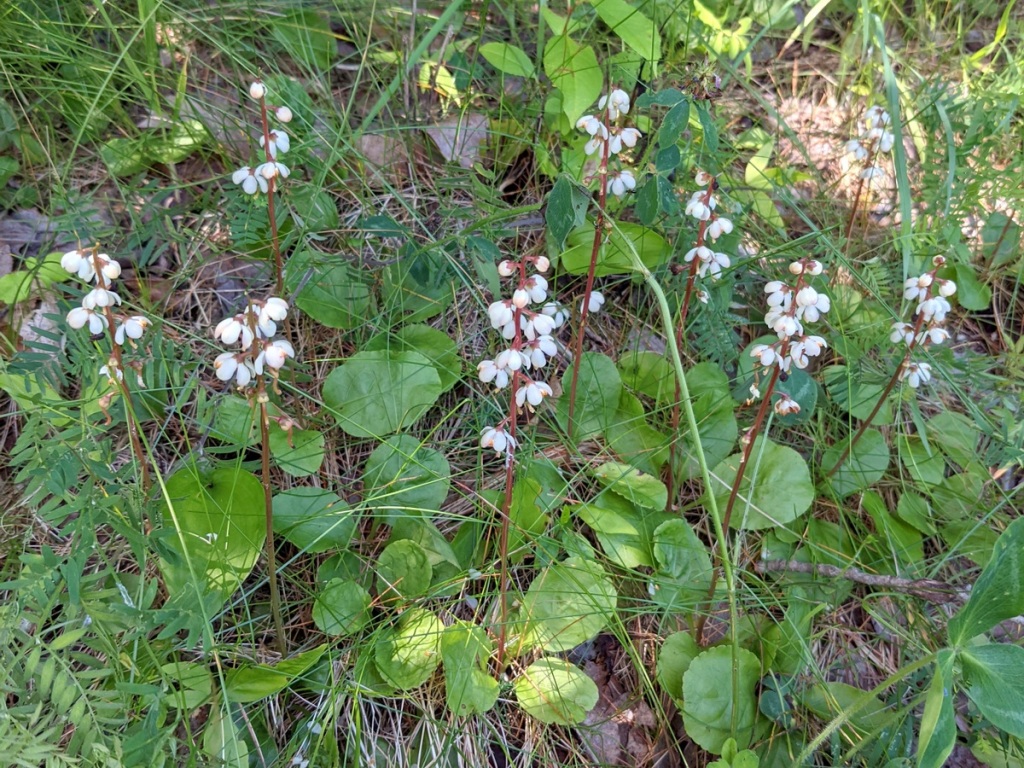
The nodding, waxy, cup shaped flowers of the shinleaf (Pyrola elliptica) have appeared, and the plants appear to be having a good year. This native plant is plentiful in pine woods and grows near trailing arbutus and pipsissewa. The greenish white petals look waxy and sometimes will have greenish veins running through them. These plants were always thought to be closely related to the wintergreens because their leaves stay green all winter, but DNA testing now puts them in the heath (Ericaceae) family. The plant’s crushed leaves were applied to bruises in the form of a paste or salve by Native Americans and the aspirin-like compounds in the leaves would ease pain. Such pastes were called “shin plasters,” and that’s how the plant got its strange common name.
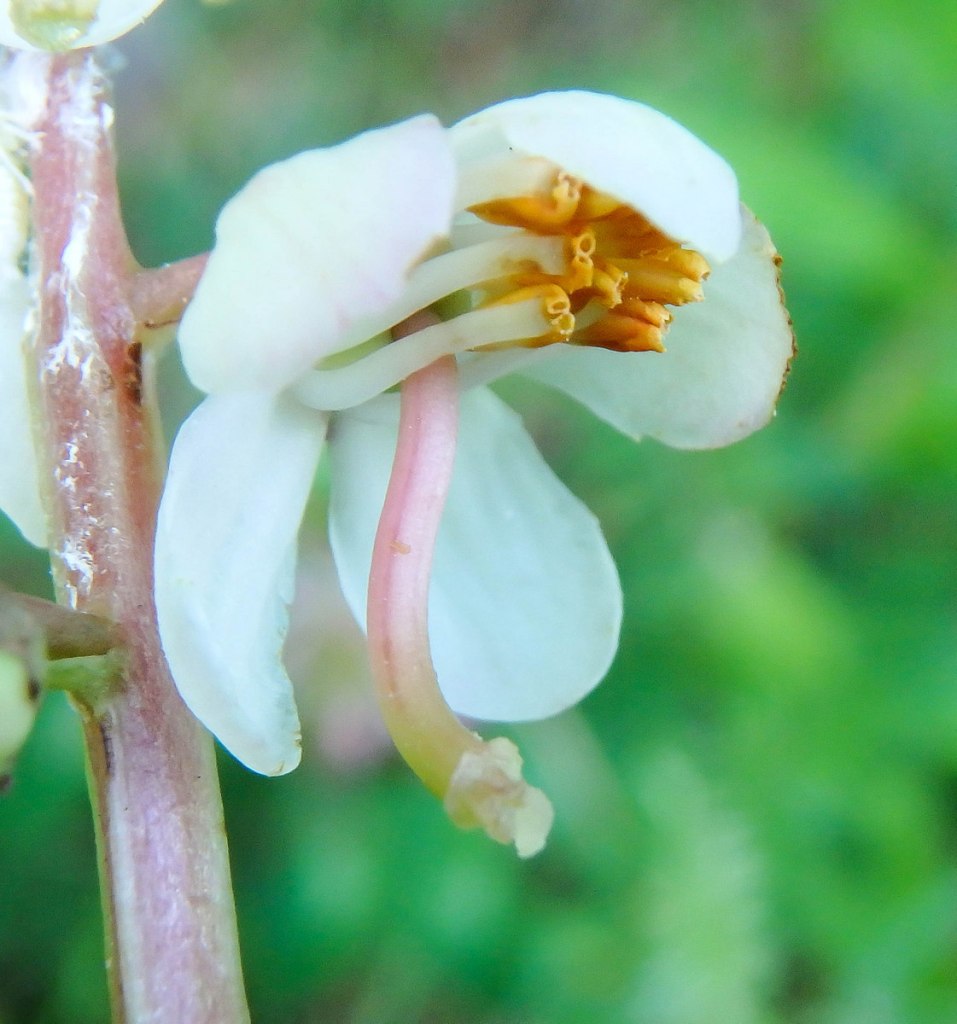
The big J shaped flower styles of shinleaf are unmistakable, even on its winter seedpods.
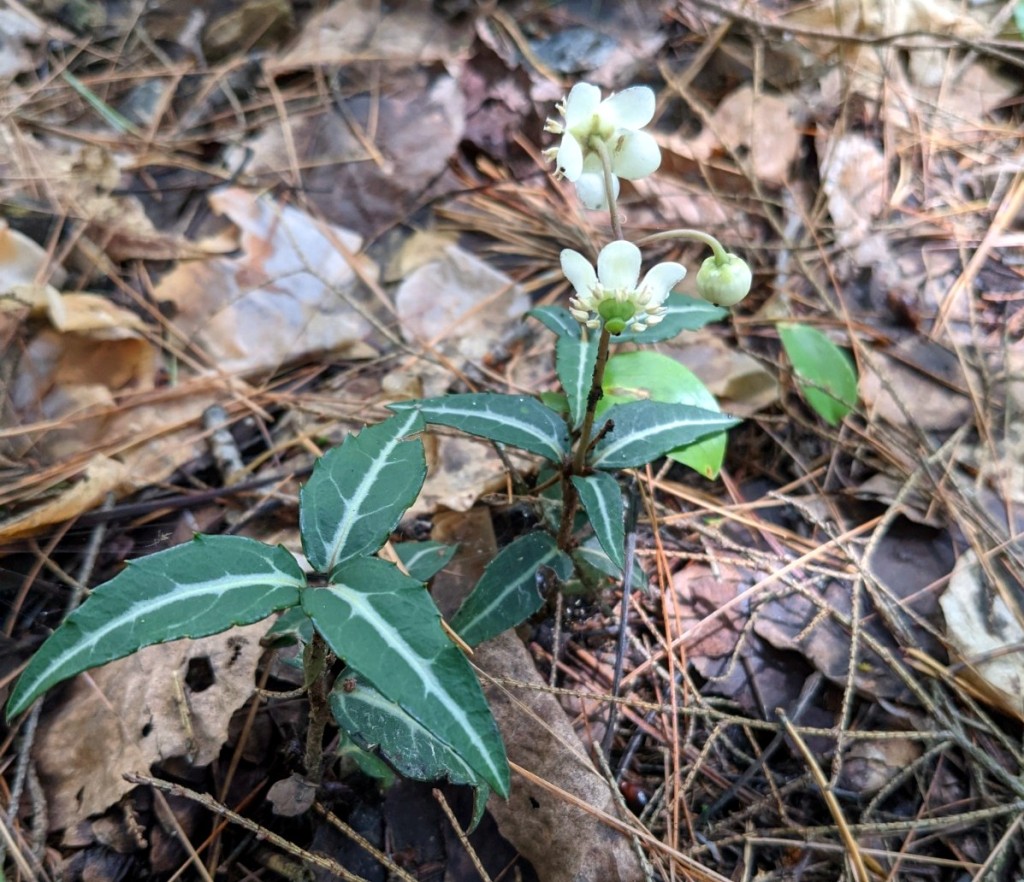
Striped wintergreen (Chimaphila maculata) has my favorite wintergreen foliage because in winter it often turns deep purple where the darker green is on the leaf. This plant is also rare here, though I’ve seen this particular colony grow from one or two plants to about 15 in the ten years I’ve been visiting it. It’s hard to tell from a photo but these plants are so well camouflaged that I have looked right at them many times and not seen them. The flowers stand out and help me locate them though, so I begin looking for them in mid-July. They are also called spotted wintergreen though I’ve never understood why. I’ve never seen a spot on them.
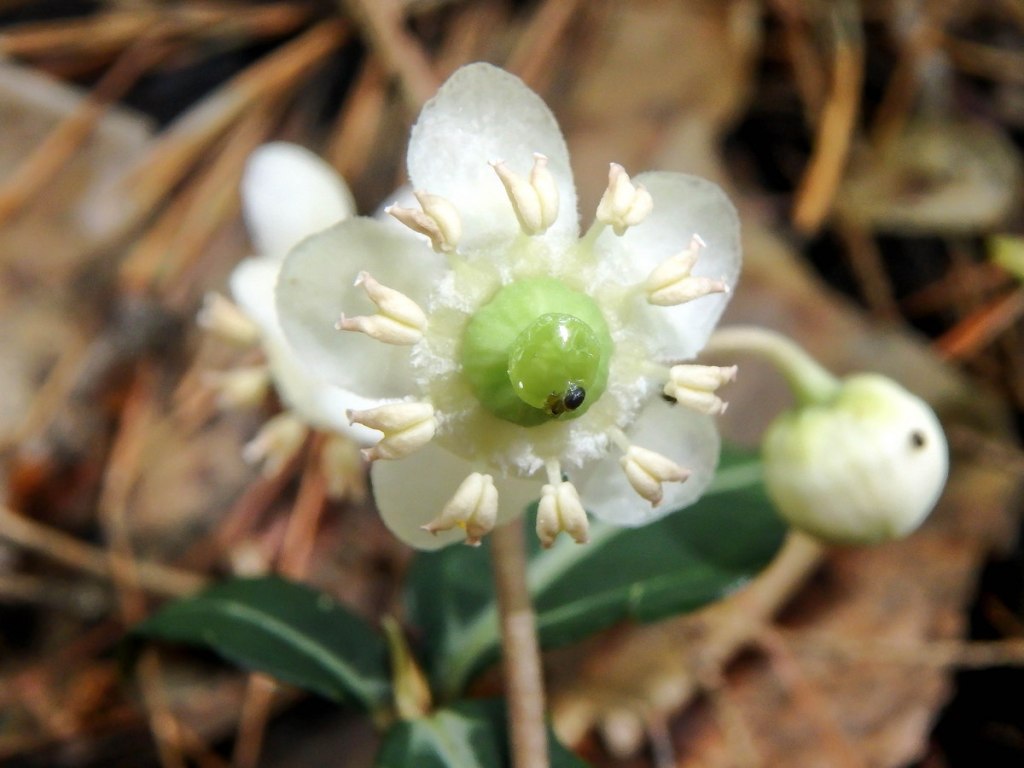
The flower of striped wintergreen has 5 petals that are swept back, as if it had seen a strong wind. It has 10 anthers and its big style is very blunt. I’m hoping that tiny insect on the blossom is pollinating this plant. The Chimaphila part of the scientific name is from the Greek cheima (winter) and philein (to love).
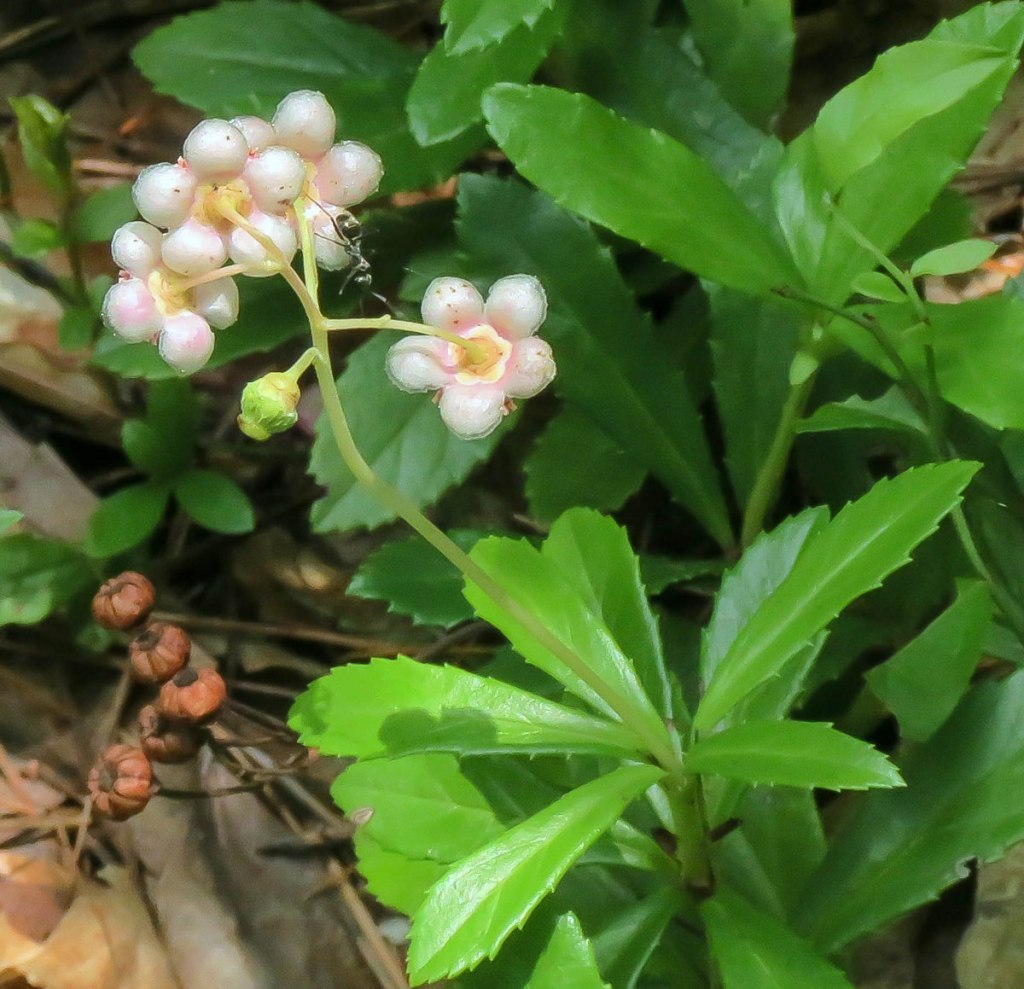
My favorite wintergreen flowers are found on pipsissewa (Chimaphila umbellata) because they seem to be the showiest and often have a blush of pink, and because it’s just a fun word to say. This plant grows in large colonies and is easy to find because of its shiny green leaves that shine winter and summer and last up to 4 years. Like other wintergreens it likes dry, sandy, undisturbed soil in pine forests. Pipsissewa was once used as a flavoring in candy and soft drinks, including root beer. The word pipsissewa is said to mean “it breaks stones in the body into small pieces” in the Native Cree tribe language and refers to its ability to dissolve kidney stones. This photo shows the backs of the flowers which are just as pretty as the front. An ant was visiting at the same time I was.
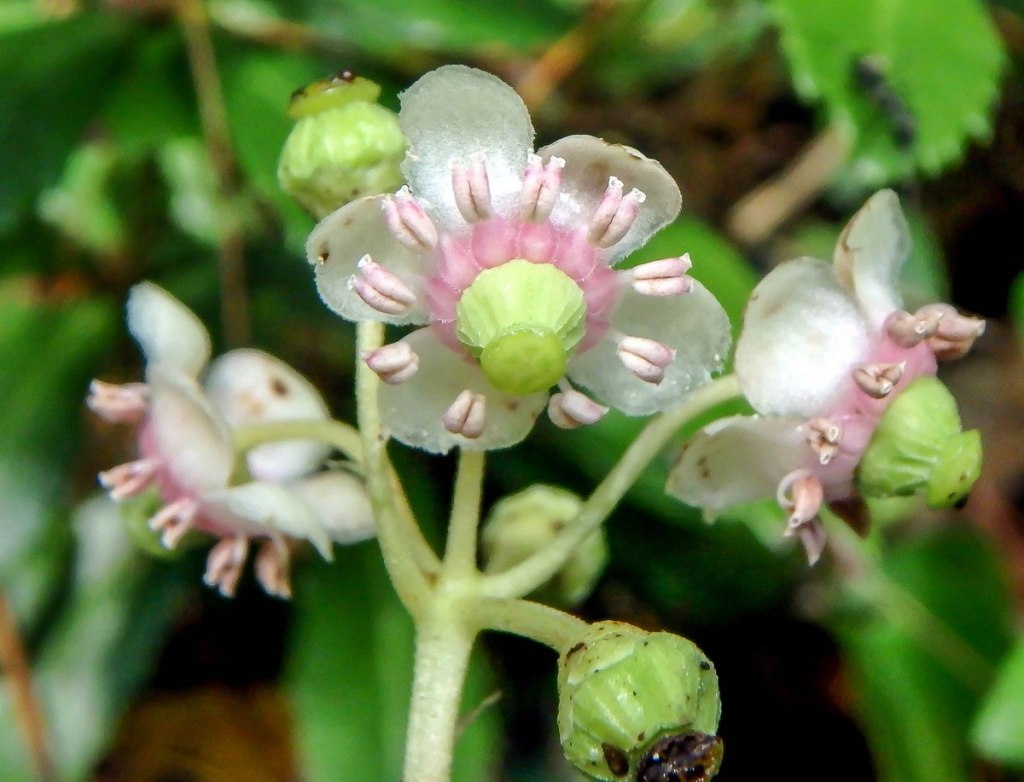
Pipsissewa flowers have the 5 petals, 10 anthers and large style that are so common among many wintergreens. They also wear a little pink skirt at the base of the big style, which makes them even prettier. They stand about 4-6 inches tall.
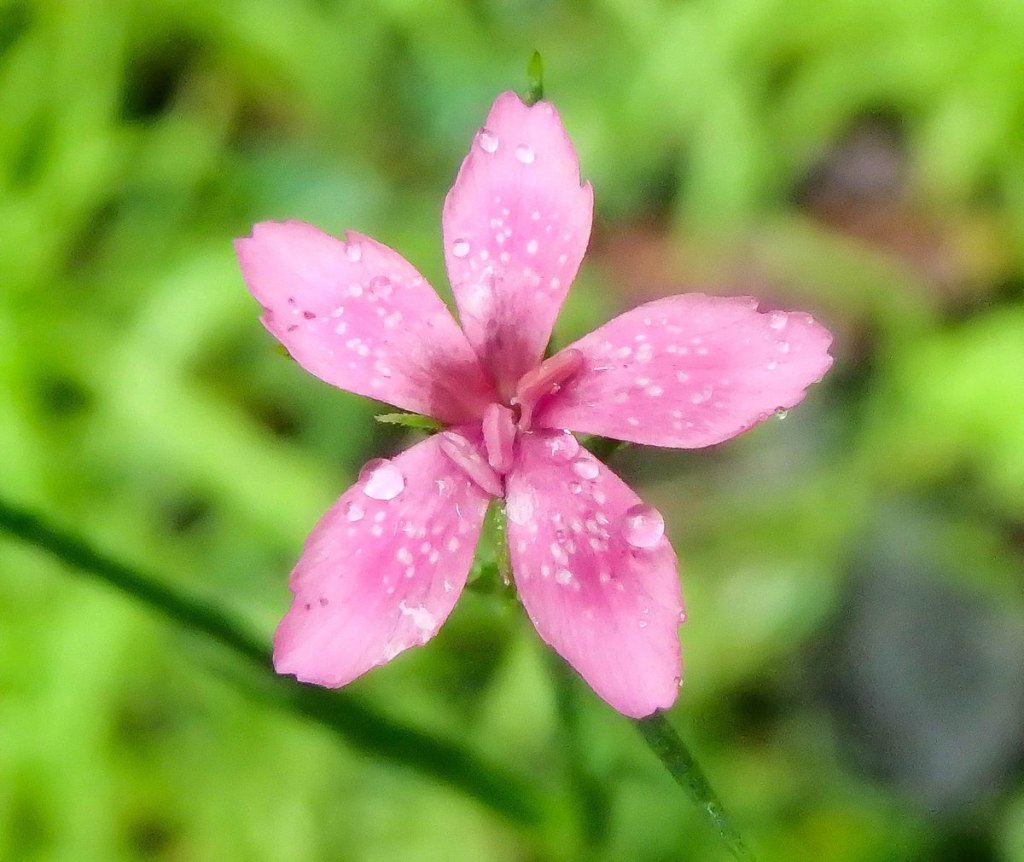
Deptford pinks (Dianthus armeria) always look purple to me but this one looked very pink, and even had a splash of red. I’ve never seen another one like it.
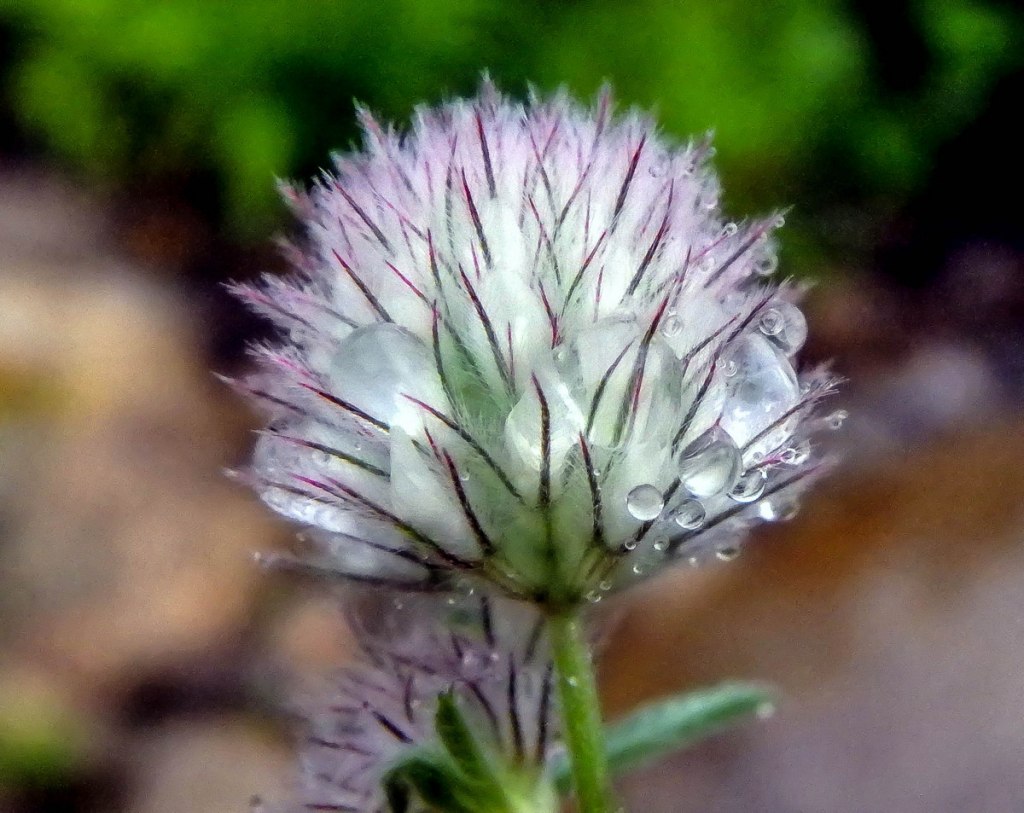
Rabbit’s foot clover (Trifolium arvense) always catches a lot of dew but on this morning it had caught raindrops. These plants are annuals which, judging by how many plants grow and blossom each year, must produce a fair amount of seed. This plant was introduced from Europe and Asia but nobody seems to know when, how or why. I like the way it forms pink ribbons along our roadsides.
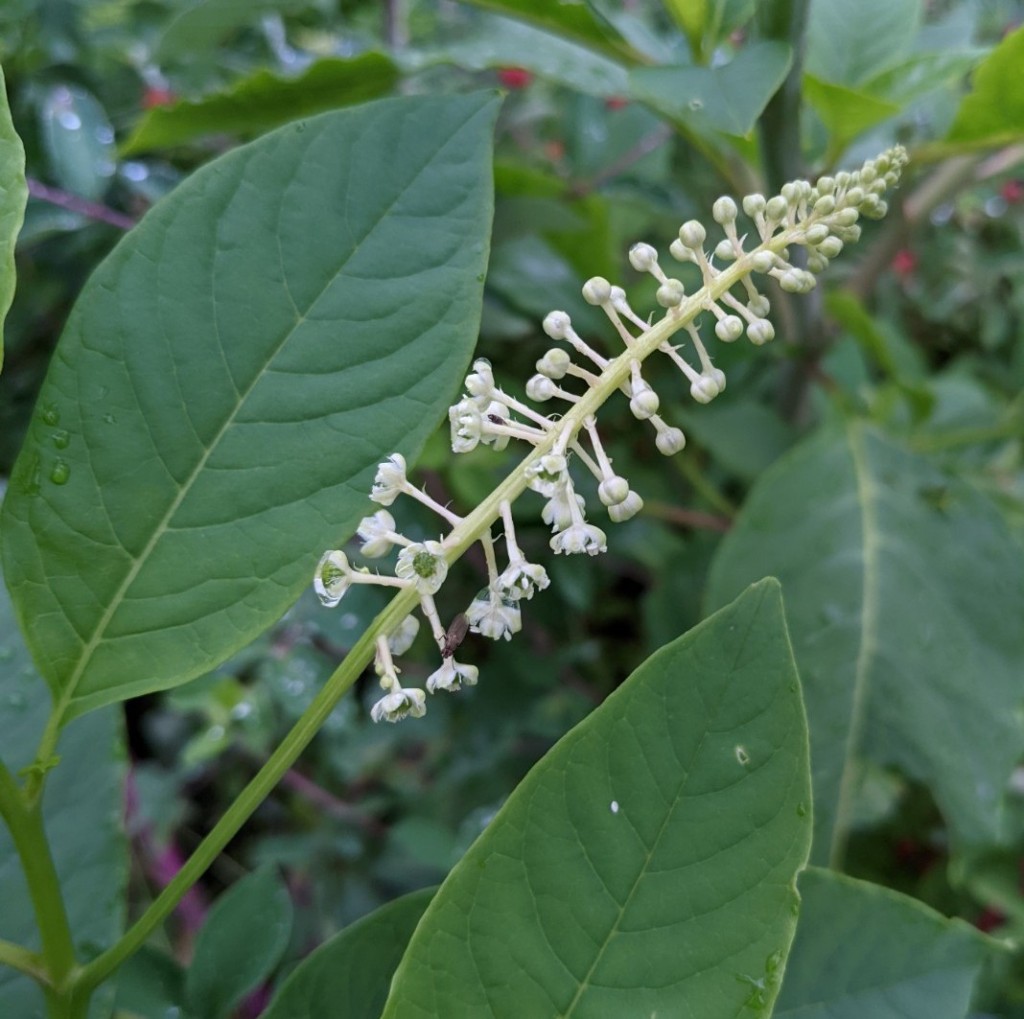
Pokeweed (Phytolacca americana) flowers seem to turn into fruit so fast that you can almost see it happen as you stand there watching. Those in the photo, now green, will eventually become black, shiny, poisonous berries. Pokeberries have long been used as a source of ink-the United States Constitution was written in ink made from them. Native Americans used to make a red dye from the berries that they used to decorate their horses. Many pokeweed plants have vivid purple stems but these were green and white.
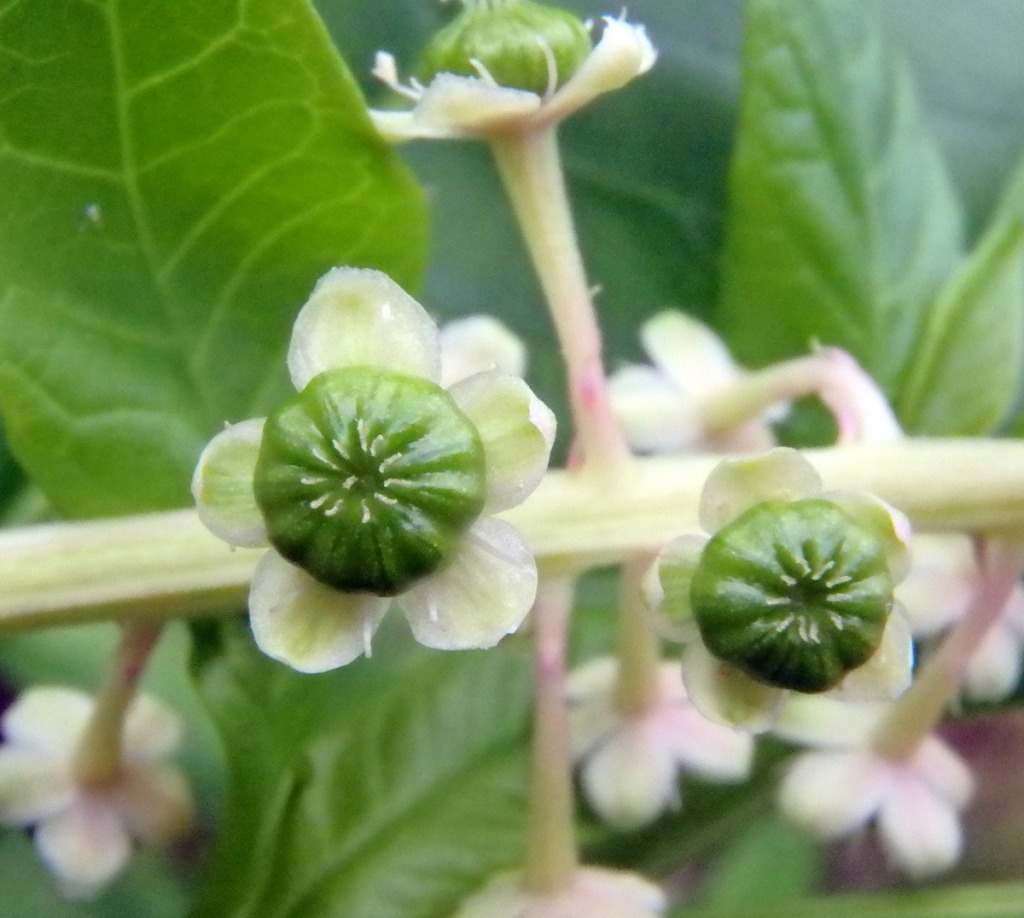
Pokeweed flowers are about 1/4 inch wide and have 5 petal-like, rounded sepals. In the center of the flower are green carpels that come together and will form the purple black berry. It happens quickly and you can find both flowers and fruit in all stages of growth on a single flower head (Raceme.) Pokeweed was called pocon by Native Americans. The Delaware tribe used the plant as a heart stimulant and other tribes made a salve from it and used it as a cure for rheumatism. If it isn’t used correctly pokeweed can be toxic.
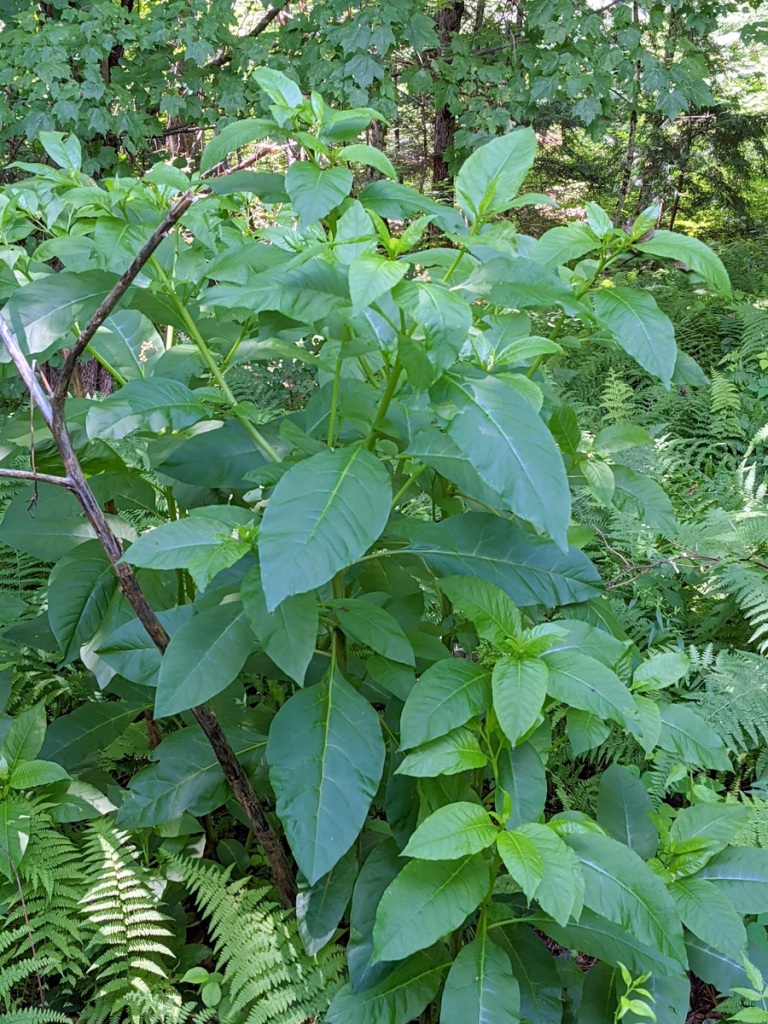
Here is a pokeweed plant I found growing in a forest recently. It was about 5 feet tall with many large, light gathering leaves. Those big leaves are why it can grow in such low light. This plant might have gotten only an hour of direct sunlight each day.
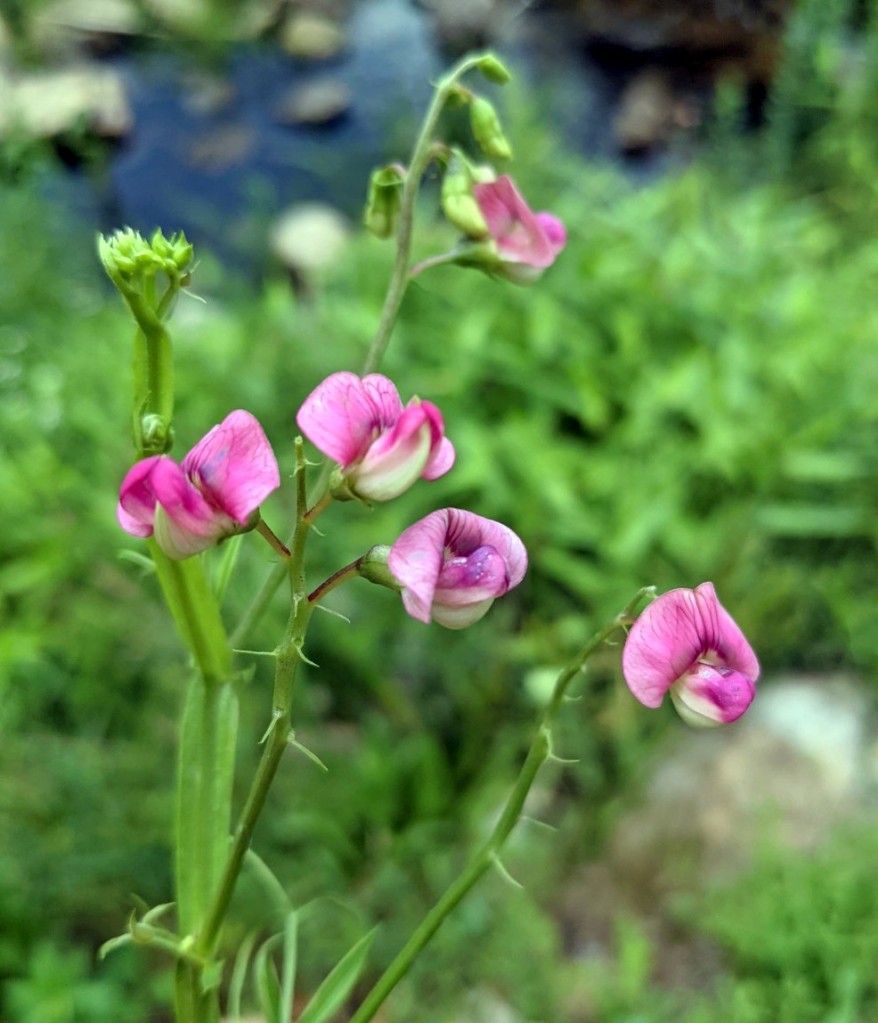
Native to Europe, perennial or everlasting peas (Lathyrus latifolius) have found a home by the outflow stream of a local pond. They are a garden escapee that have been grown in this country since the 1700s, and are now considered invasive in some areas. I find them in exactly one spot here so I wouldn’t call them wide spread. It is a vining plant that I’ve read can reach 9 feet, but these weren’t more than a foot tall. The small pink, pea like flowers are very pretty, though this year they seem to have been stunted or slightly deformed somehow.
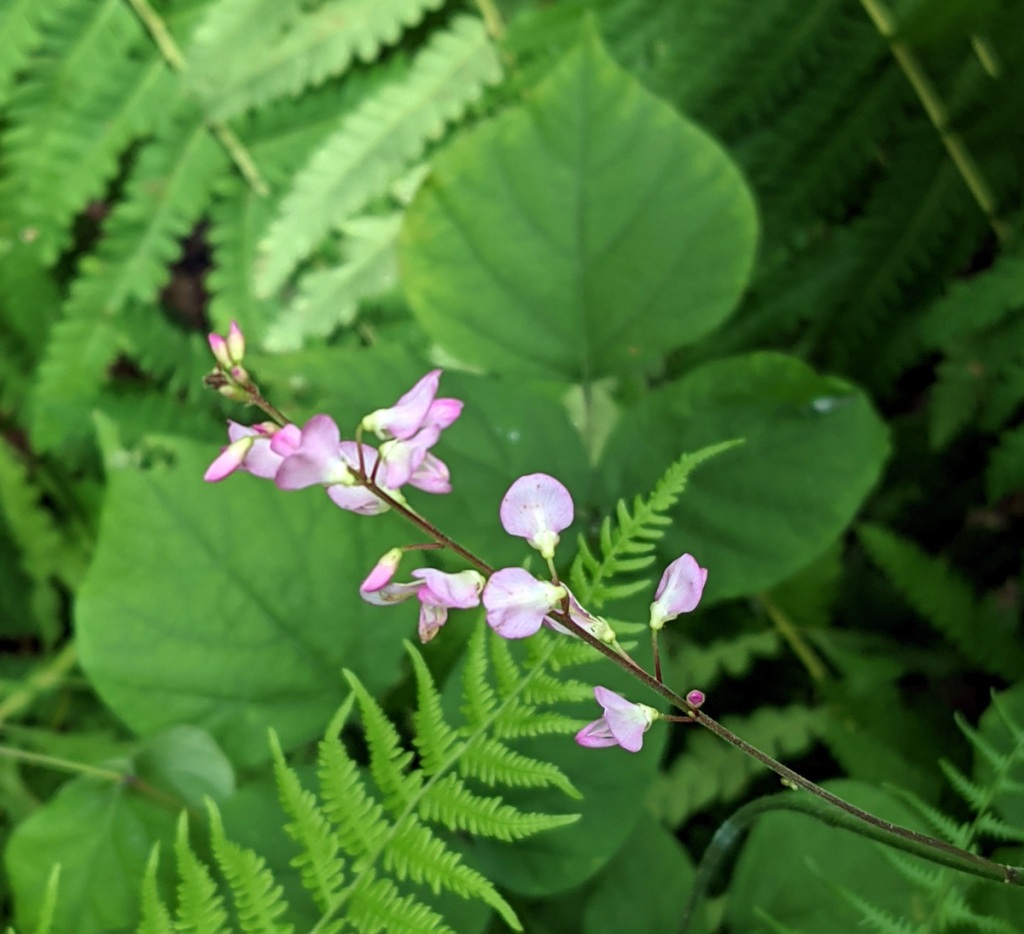
Another native plant in the pea (legume) family has just started blossoming. Pointed leaved tick trefoil (Hylodesmum glutinosum) is a plant that doesn’t mind shade and I find them blooming at the edge of a local forest; the only spot I’ve ever seen them. The flower spike can reach over three feet tall but often lays over onto surrounding ferns and other plants. It rises about two feet out of the leaves and carried about six or seven flowering branches on this particular plant.
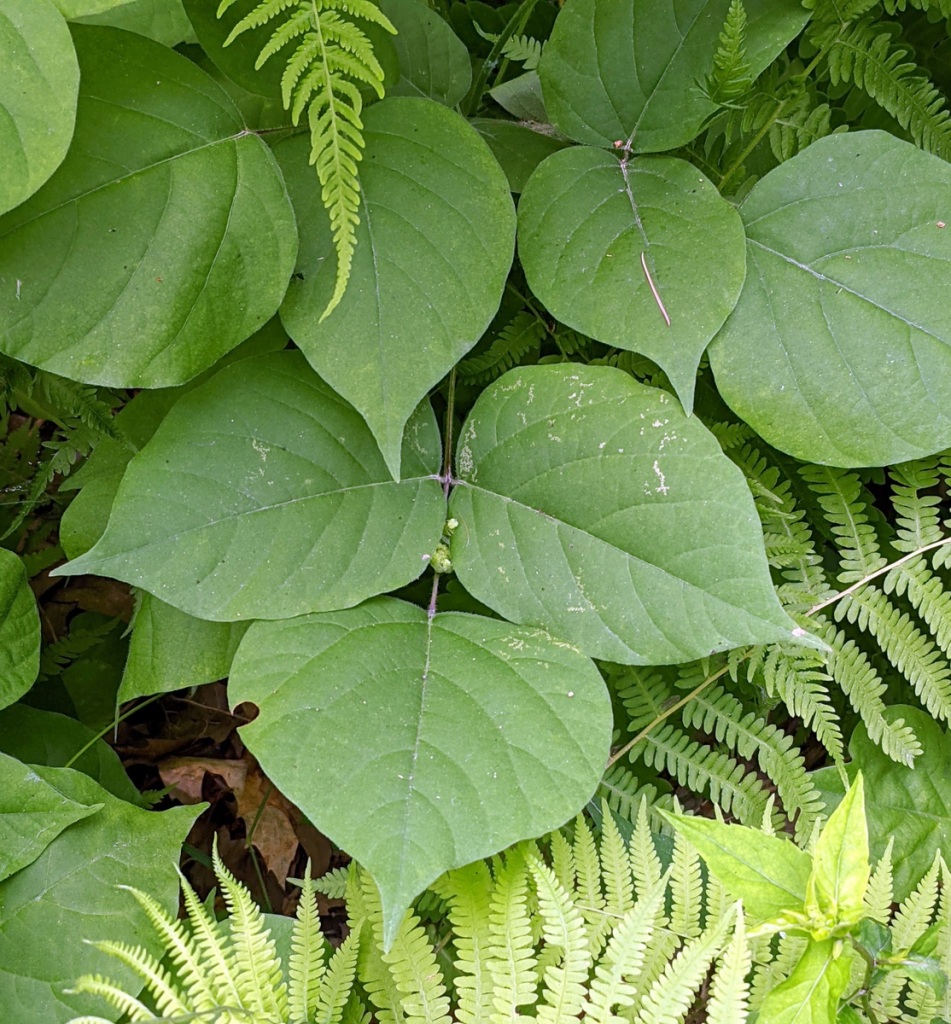
Here is a shot of the very pointed leaves.
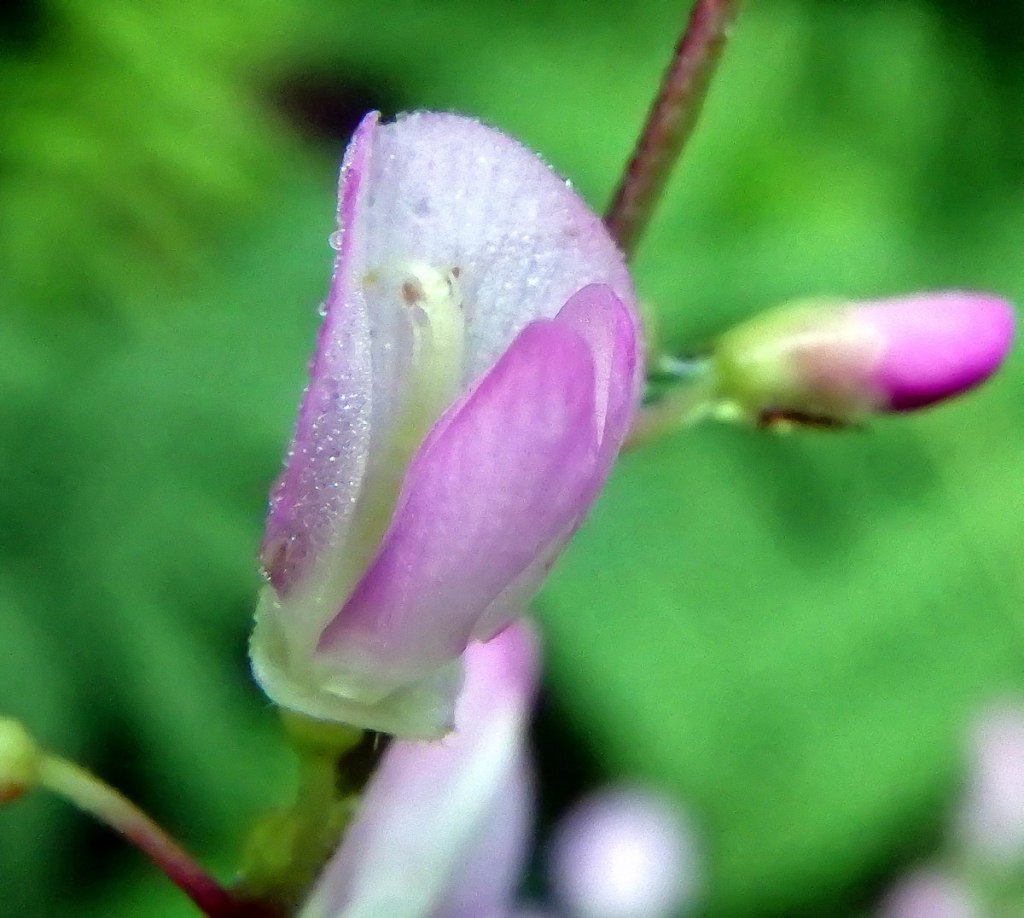
You have to look closely to see the slightly curved white pistil rising from the keel of the pointed leaved tick trefoil flower. I can’t think of another flower in the pea family exactly like it. They are bright purplish pink, stalked flowers clustered in long straight spikes (racemes.) It’s easy to see that they’re in the pea family but unlike some pea flowers, the reproductive parts are not completely hidden. The white pistil rises up and out of the keel. If pollinated each flower will grow into a green, flat seed pod with 2 or 3 jointed triangular segments that are very sticky. The seed pods will even stick to bare skin and they are where the “tick” in tick trefoil comes from.
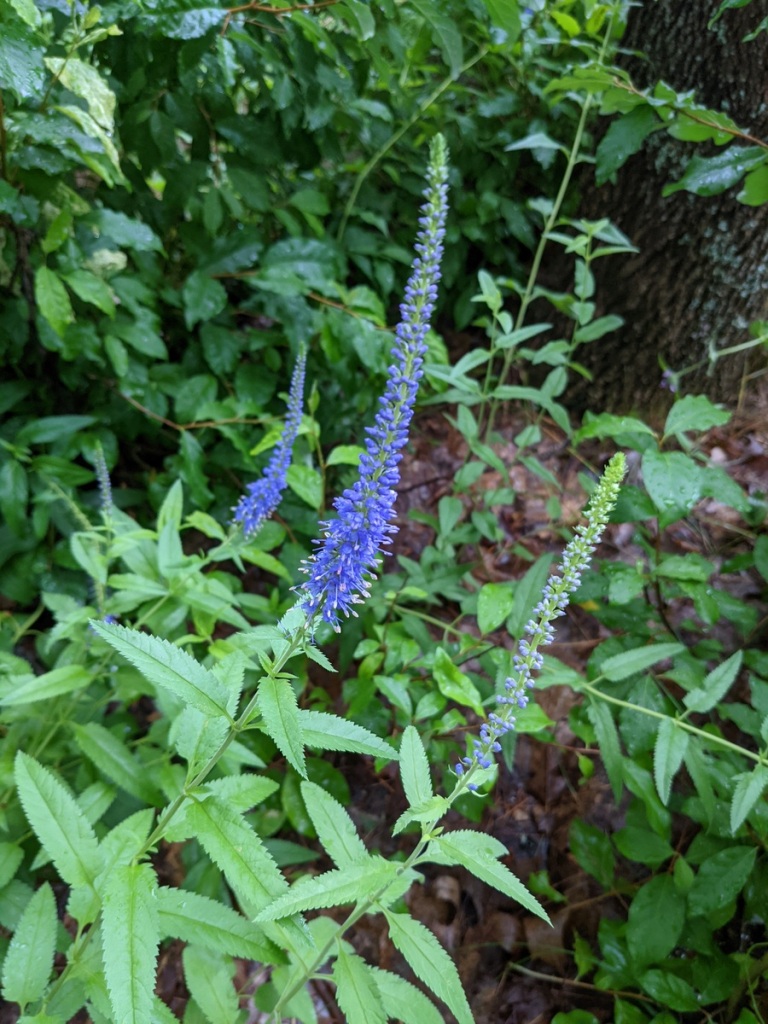
I found a colony of long leaf speedwell (Veronica longifolia) a few years ago and each year there were more flower spikes until last year when they started declining. This year there were even fewer plants, so I’m not sure how much longer it will appear on this blog. I’d never seen it growing in the wild until I found it here. It’s a pretty plant that is native to Europe and China and grows on steppes, grassy mountain slopes, meadows at forest edges and birch forests. Here in the U.S. it is commonly found in gardens but it has obviously escaped. It certainly doesn’t seem to be aggressive or invasive. I love its showy blue flower spikes. Another very similar plant is Culver’s root (Veronicastrum virginicum) but culver’s root doesn’t grow naturally in New Hampshire.
You cannot perceive beauty but with a serene mind ~ Henry David Thoreau
Thanks for coming by.


